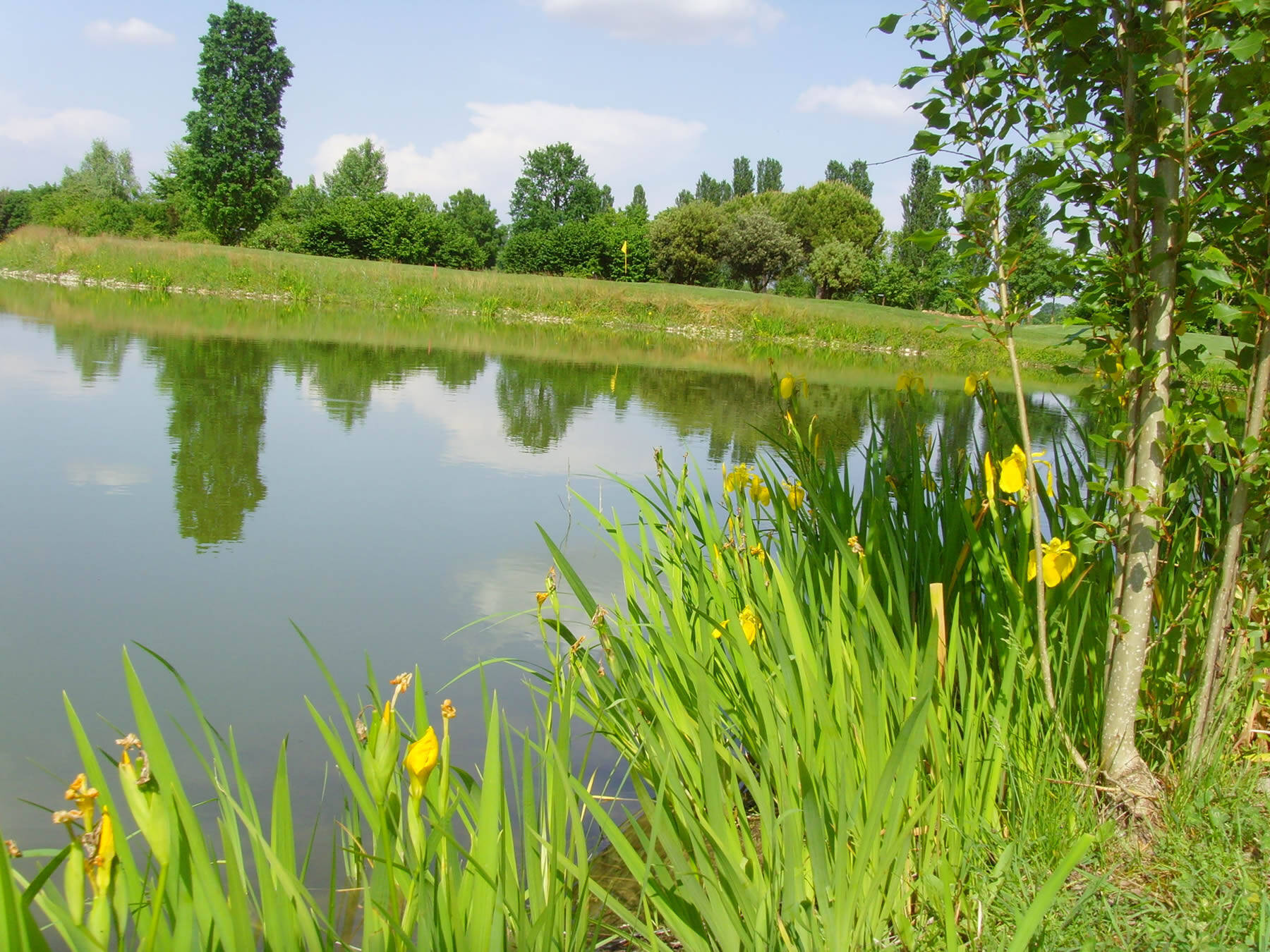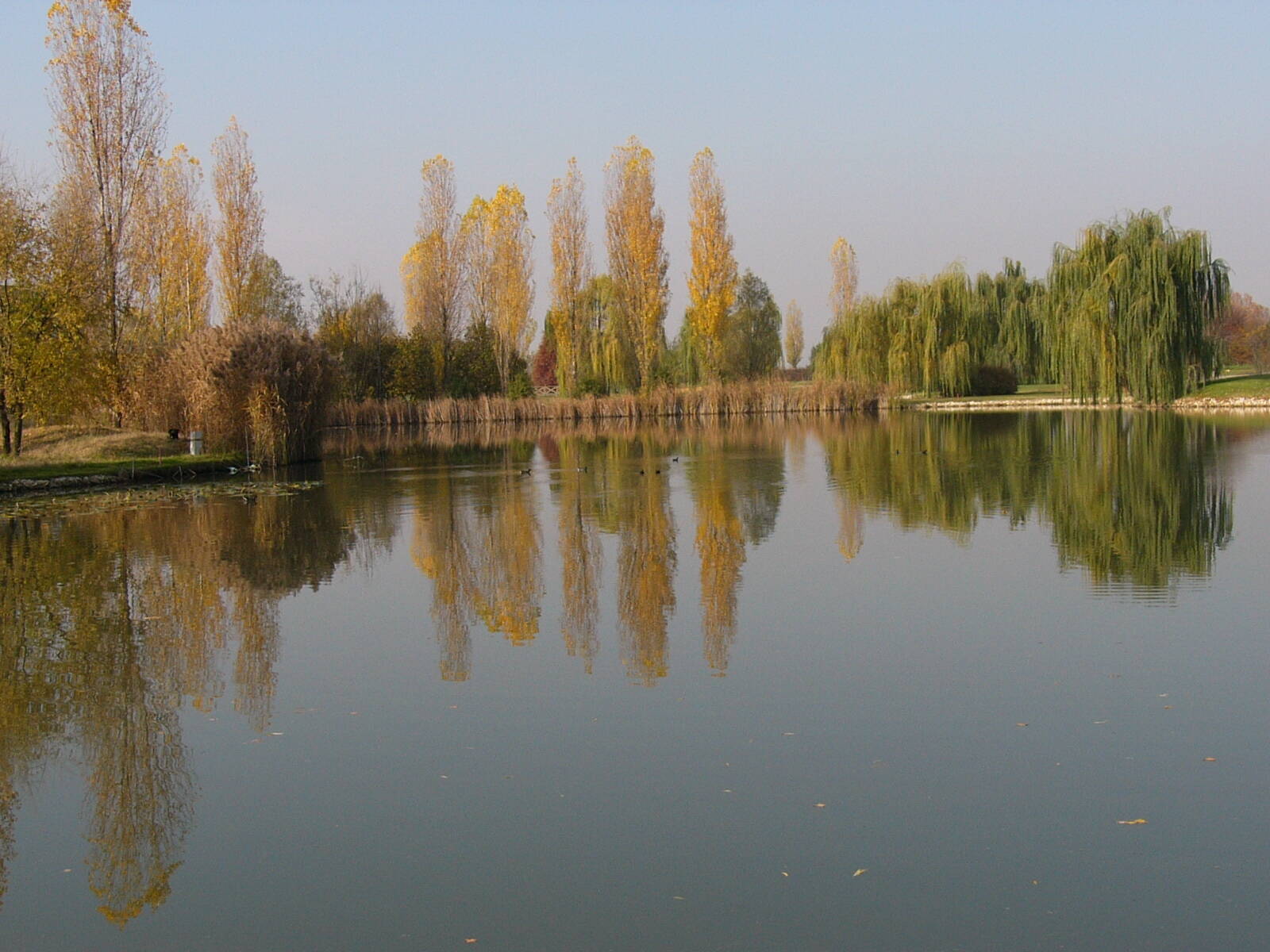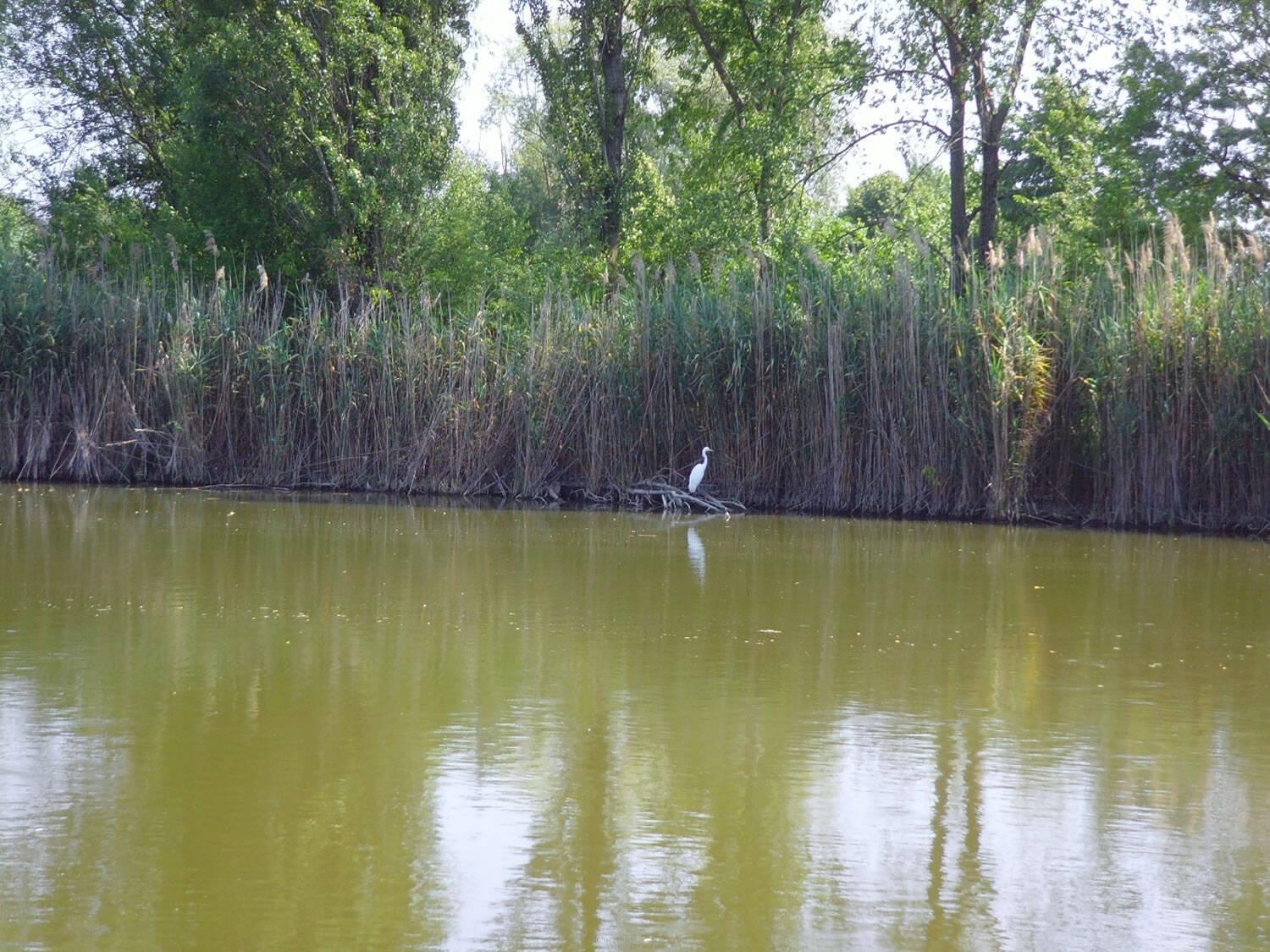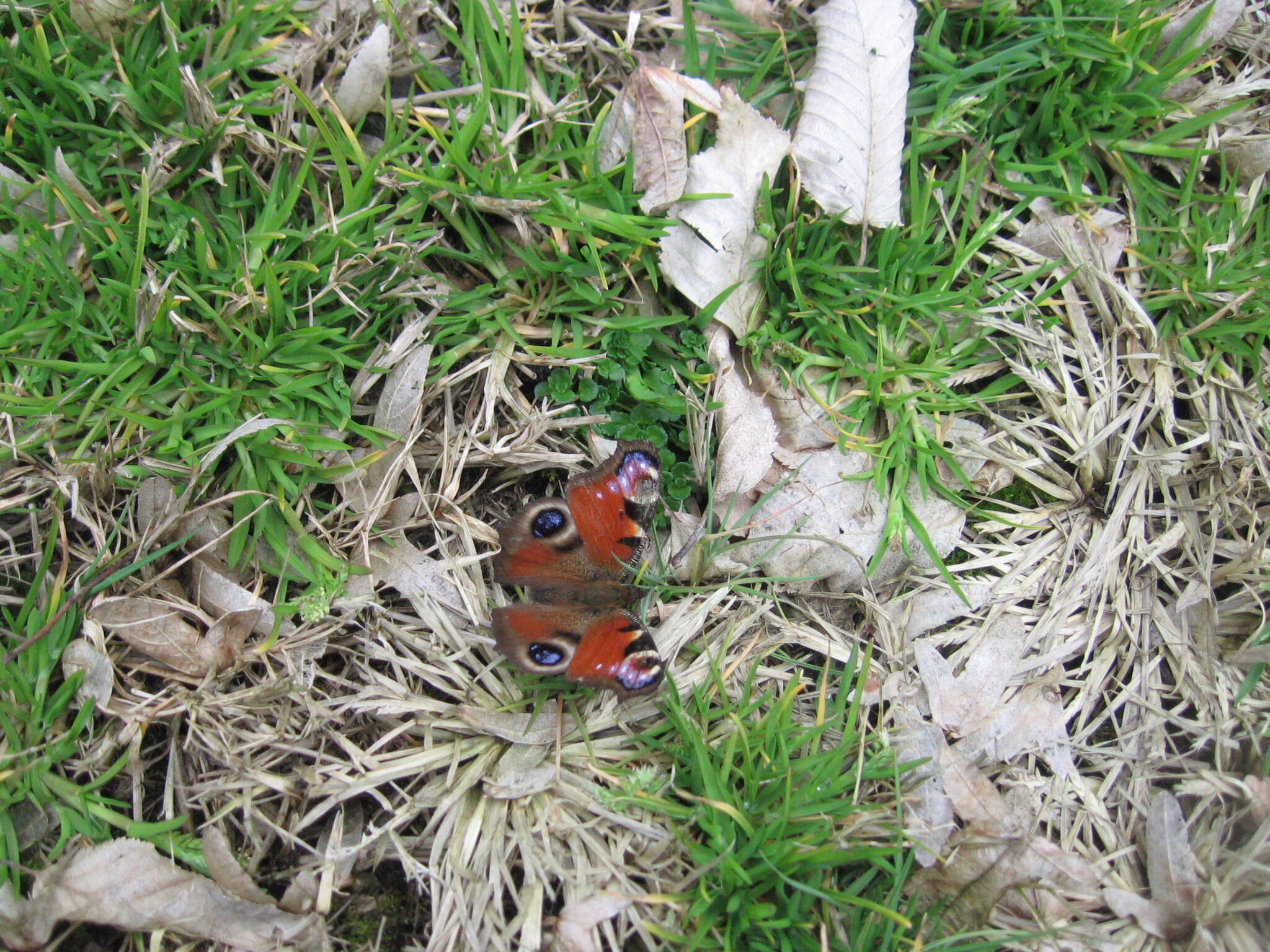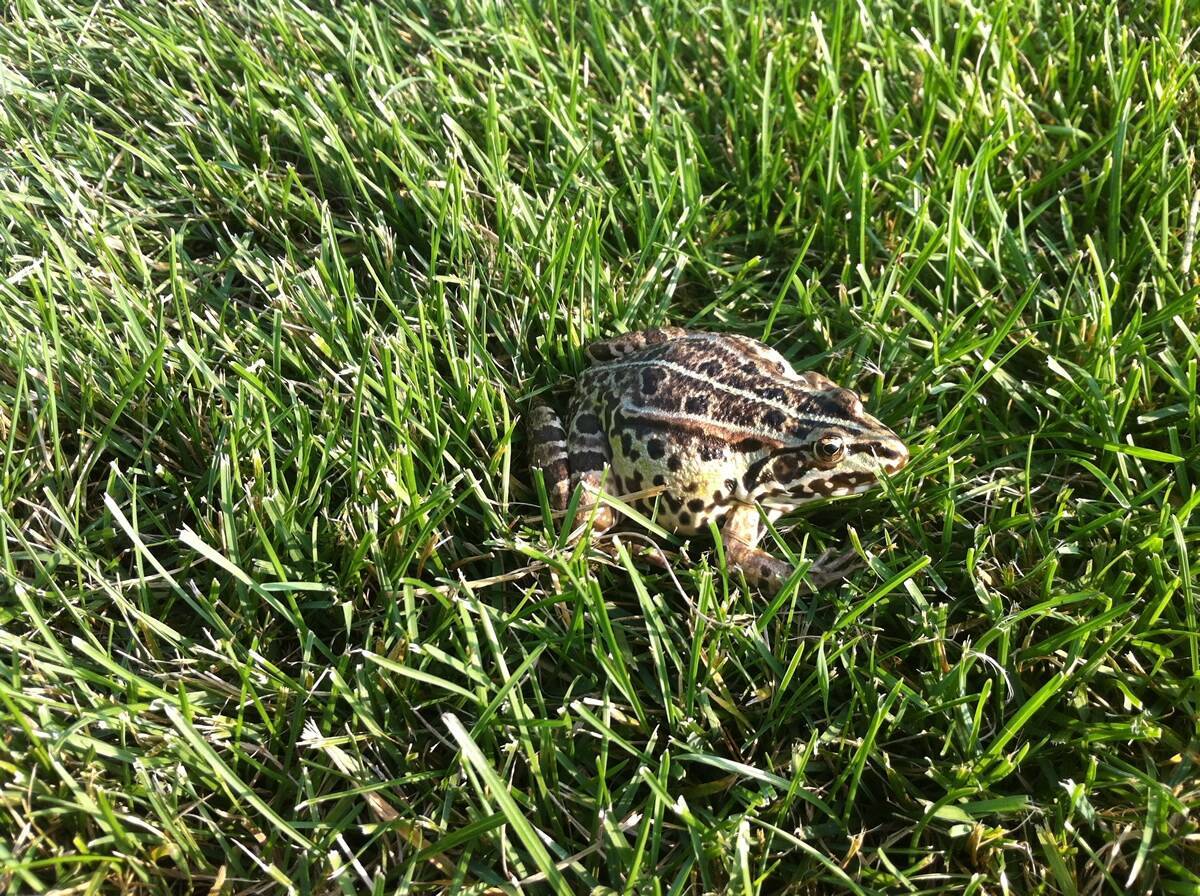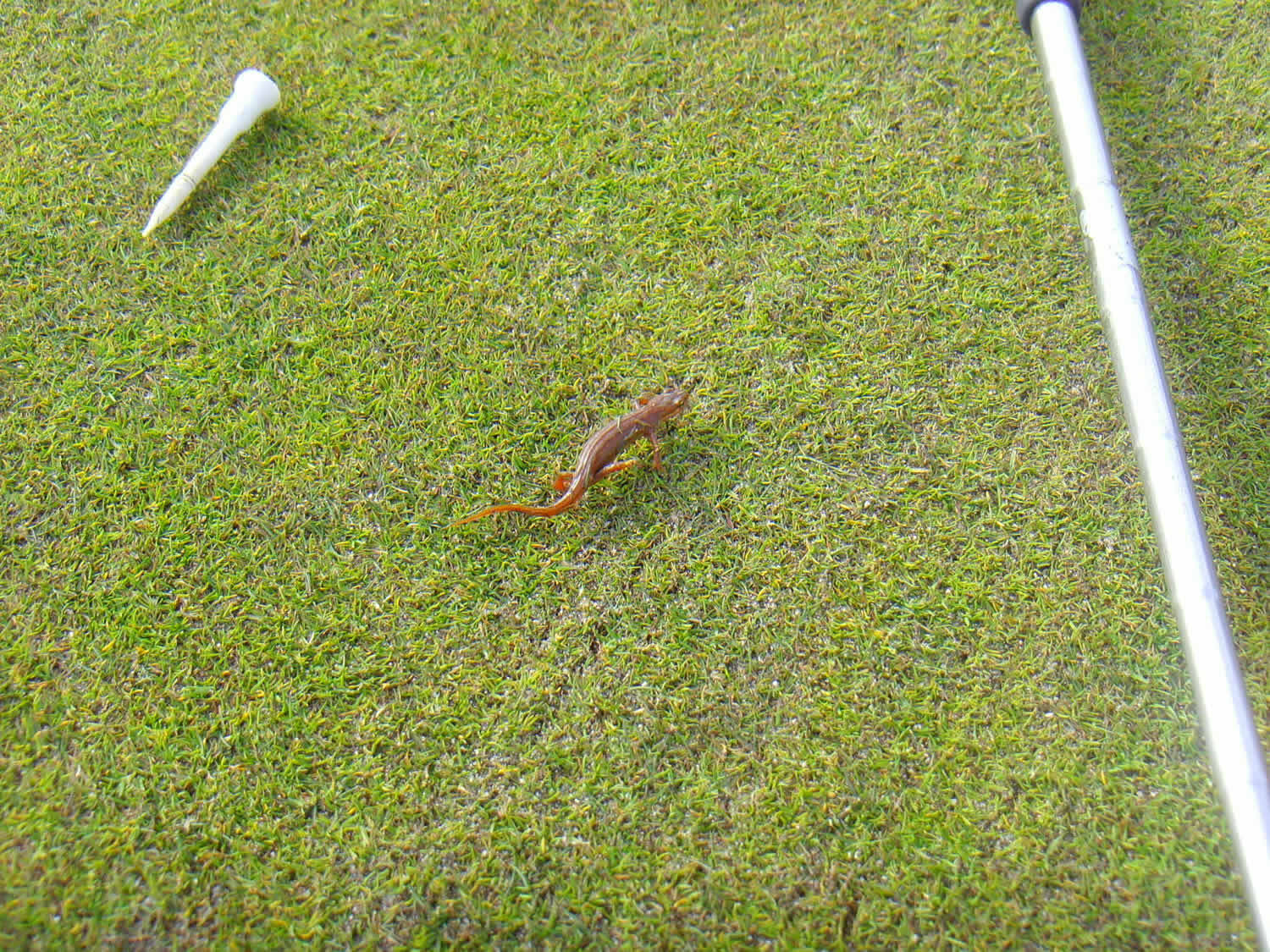LE NINFEE SUI LAGHI DEL GOLF DELLA MONTECCHIA - A cura della Dott.ssa Elena Ballabio
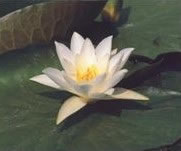
Una delle fioriture più spettacolari che si possono ammirare nei nostri laghi da maggio a settembre è quella delle ninfee. Specie protetta…(clicca qui per continuare a leggere)
GESTIONE DEL PATRIMONIO ARBOREO DEL GOLF DELLA MONTECCHIA - A curca del Prof. Alberto Minelli
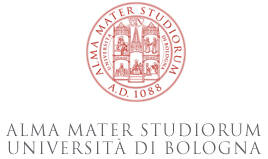

Avviato un piano di gestione del patrimonio arboreo in collaborazione con il Dipartimento di Arboricoltura – Parchi e Giardini dell’Università di Bologna. In considerazione dello stato del patrimonio arboreo presente al Golf della Montecchia...(clicca qui per continuare a leggere)
STUDIO SUI ROUGH NATURALI - A cura del Prof. Stefano Macolino
Da alcuni anni il Golf della Montecchia è impegnato nell'individuazione e nella creazione di aree, all'interno del percorso, dalle quali omettere ogni intervento manutentivo. Questo allo scopo di incentivare la flora spontanea e la fauna selvatica, rinaturalizzando così il percorso. Su proposta del Dipartimento di Agronomia dell'Università di Padova è stato appena avviato uno studio su tali aree (clicca qui per continuare a leggere)
IL PICCHIO ED IL SALICE DELLA BUCA 10
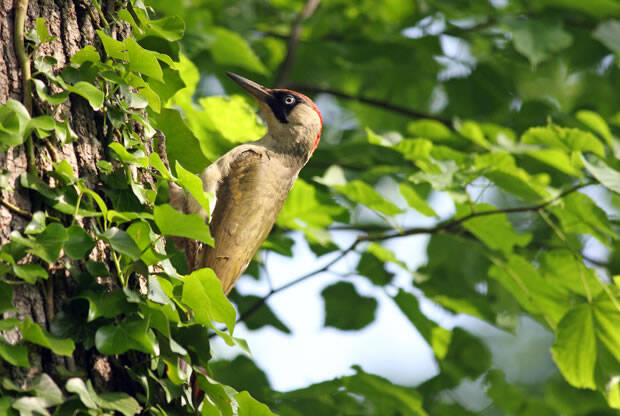
Il vecchio albero, secco da tempo, era destinato all’abbattimento. Grazie ad un’accurata operazione di potatura si è invece riusciti ad eliminare solo la parte pericolante del tronco e lasciare così indisturbata la casa del picchio (clicca qui per continuare a leggere) .
IRIS GIALLO SULLE SPONDE DEI NOSTRI LAGHI
L'Iris pseudacorus o Iris d'acqua visibile in primavera sulle sponde dei nostri laghi, è una pianta tipica nei terreni umidi o in acque poco profonde. Benchè molto diffusa, soprattutto in passato, è tuttavia minacciata dalla sparizione progressiva del suo ambiente. Per questo motivo in molte regioni è considerata specie protetta.... (cliccare qui per continuare a leggere)
Numerose ricerche scientifiche hanno evidenziato come i percorsi di golf, soprattutto quando costruiti e mantenuti in modo appropriato, costituiscano un ottimo rifugio per la fauna stanziale e migratoria.
L’eliminazione della manutenzione dalle aree fuori gioco ed il conseguente incremento delle "wild areas" (aree incolte) all’interno di un campo da golf favoriscono ancora di più la salvaguardia e la sopravvivenza degli animali.
|
Vegetazione sul lago della buca 10 |
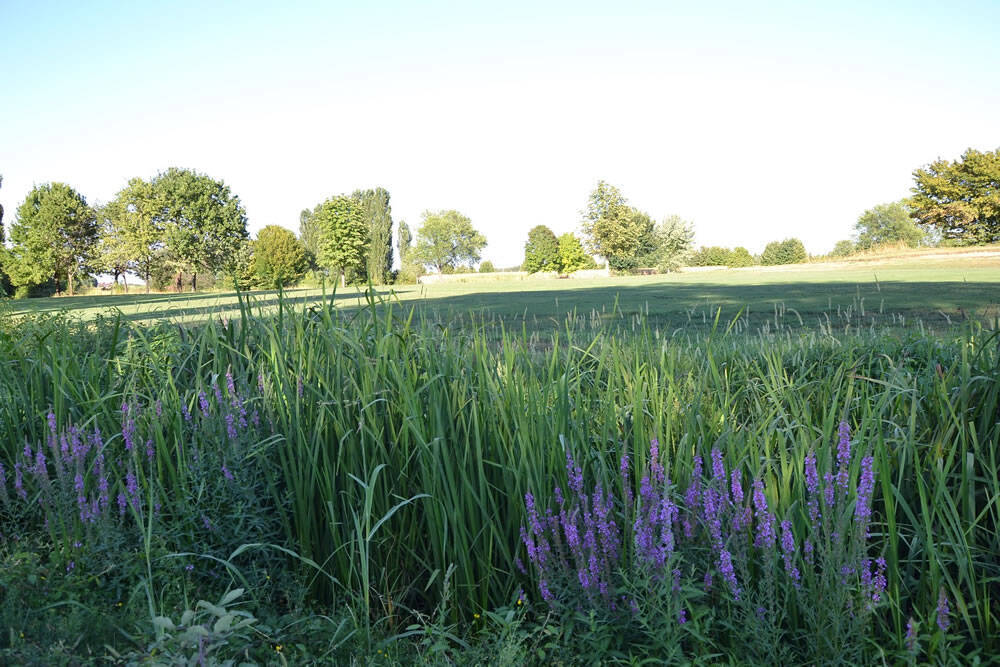 Wild area sul percorso giallo |
Non è un caso quindi che il Golf della Montecchia, soprattutto da quando sono state incrementate le wild areas (dai 4 ha del 2007 ai 10 ha del 2014), sia sempre più frequentato da lepri, volpi, scoiattoli, fagiani, germani reali, aironi, picchi e tante altre specie ancora.
Un'indagine scientifica condotta sull'argomento dall'Università di Roma La Sapienza ha preso in esame, tra i vari percorsi, anche quello del Golf della Montecchia (Individuazione di habitat e specie di importanza comunitaria, con particolare riferimento alla Classe degli Uccelli, presenti nei circoli di golf italiani)
Ad oggi, grazie ai rilievi compiuti dai biologi per procedere in questa indagine, sono state rilevate 6 specie animali protette.
Di seguito, una galleria fotografica degli incontri fatti in campo.
Ovviamente, si accettano molto volentieri altri contributi !!!
{slider AVVISTAMENTI 2011|closed}
26 luglio: avvistata coppia di aironi cinerini sul lago della buca 13 (by Ale)
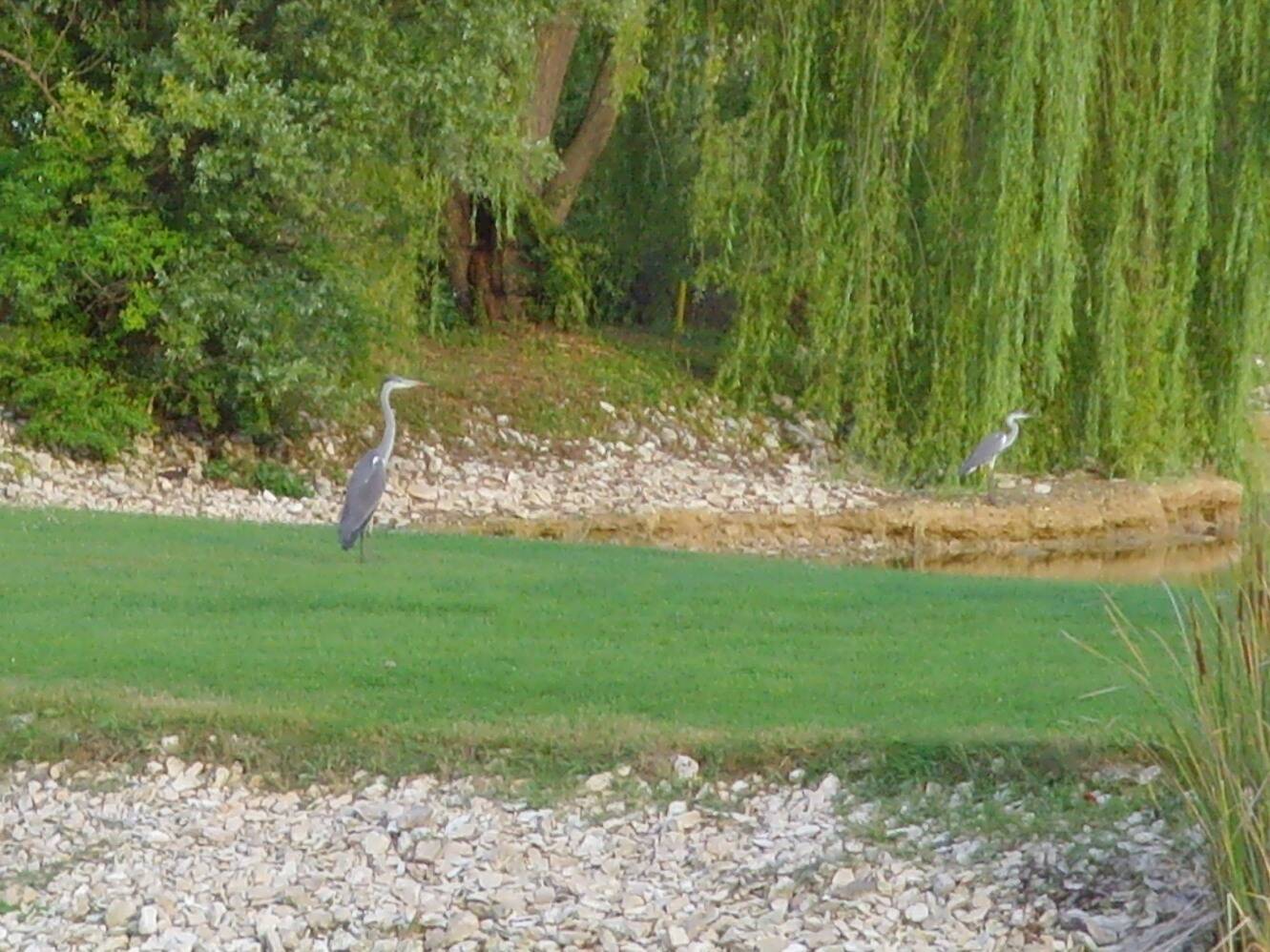
5 agosto: lepre sul rough della buca 16 (by Daniele)

23 agosto: airone rosso sul lago della buca 17 (by Carlo)
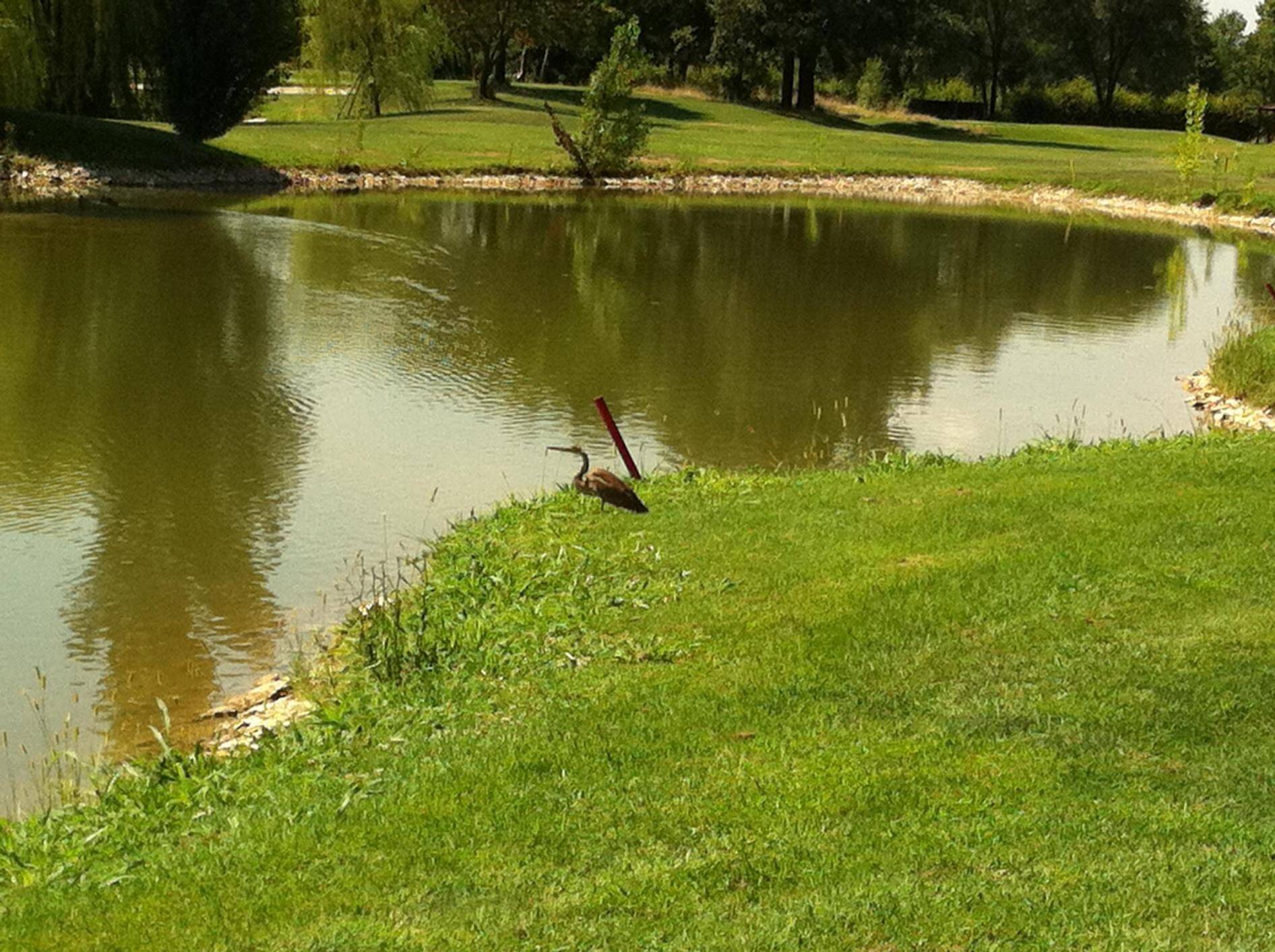
5 settembre: tartaruga d'acqua sul fairway della buca 12 (by Max)
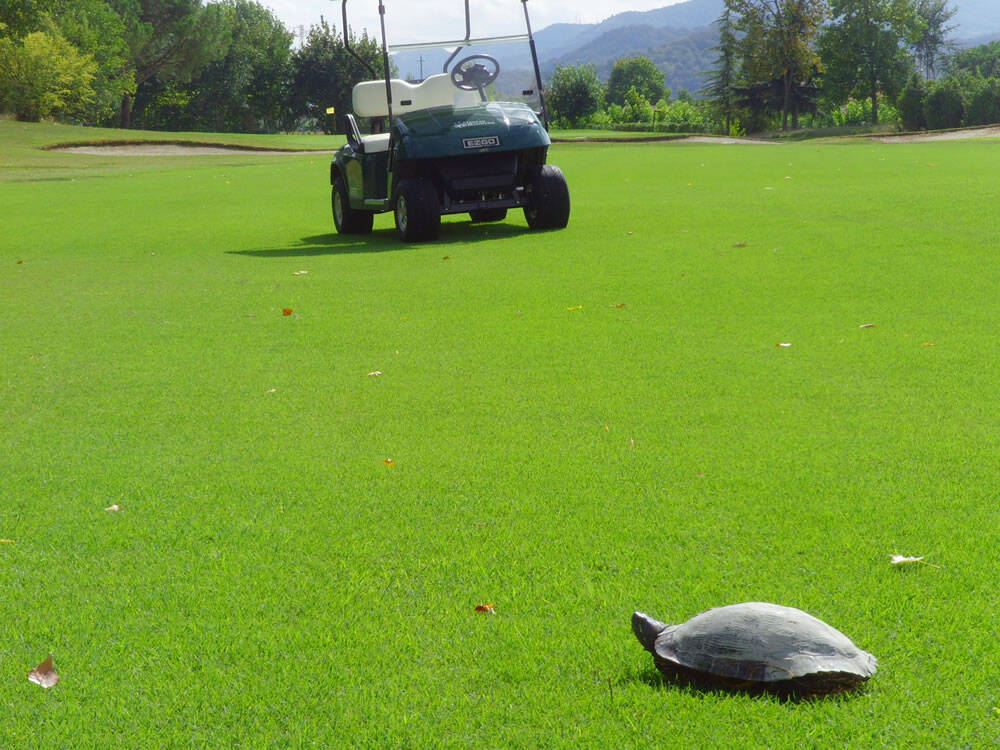 |
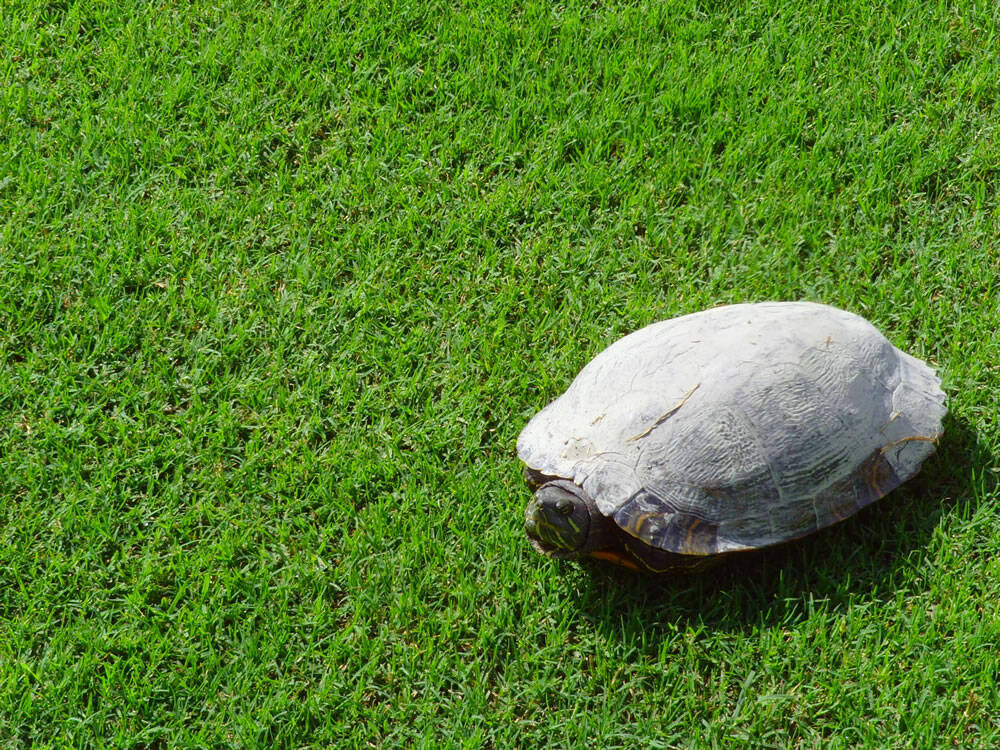 |
16 giugno: picchio rosso alla buca 4 percorso bianco e nido su pioppo del tee 11 donne percorso rosso (by Alberto Sorace)
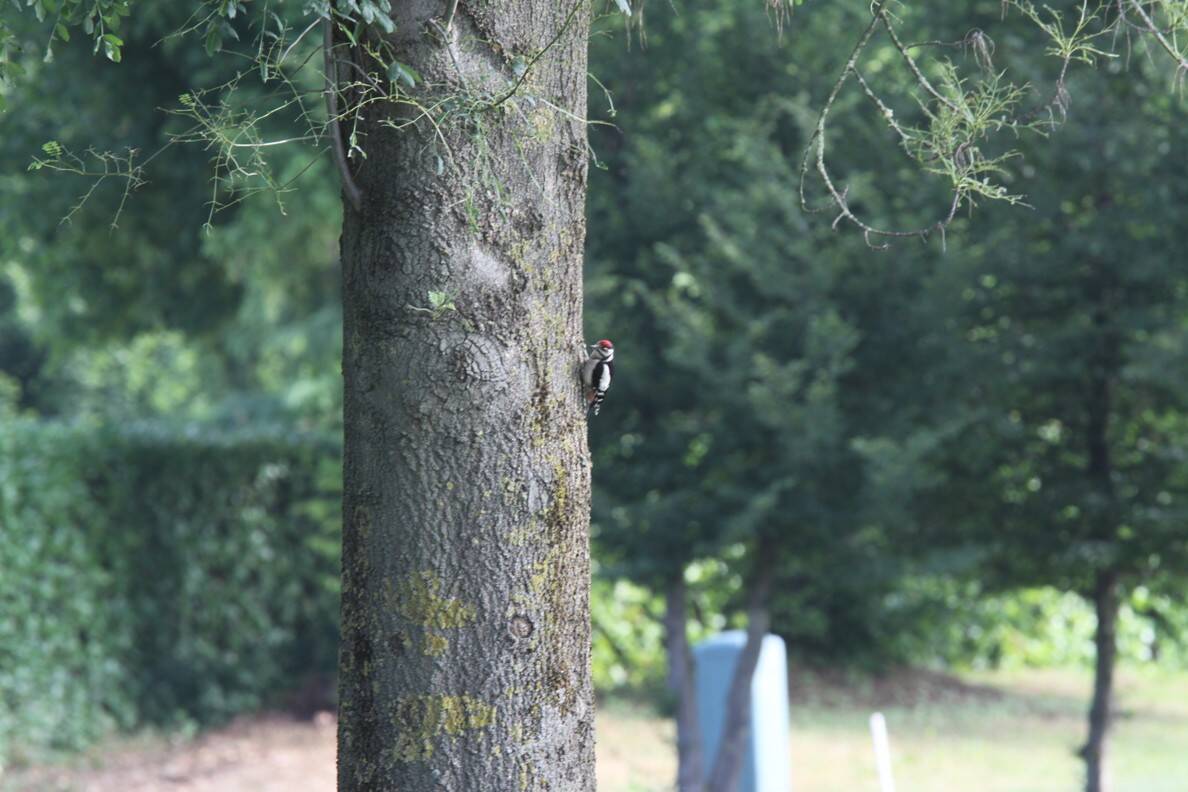 |
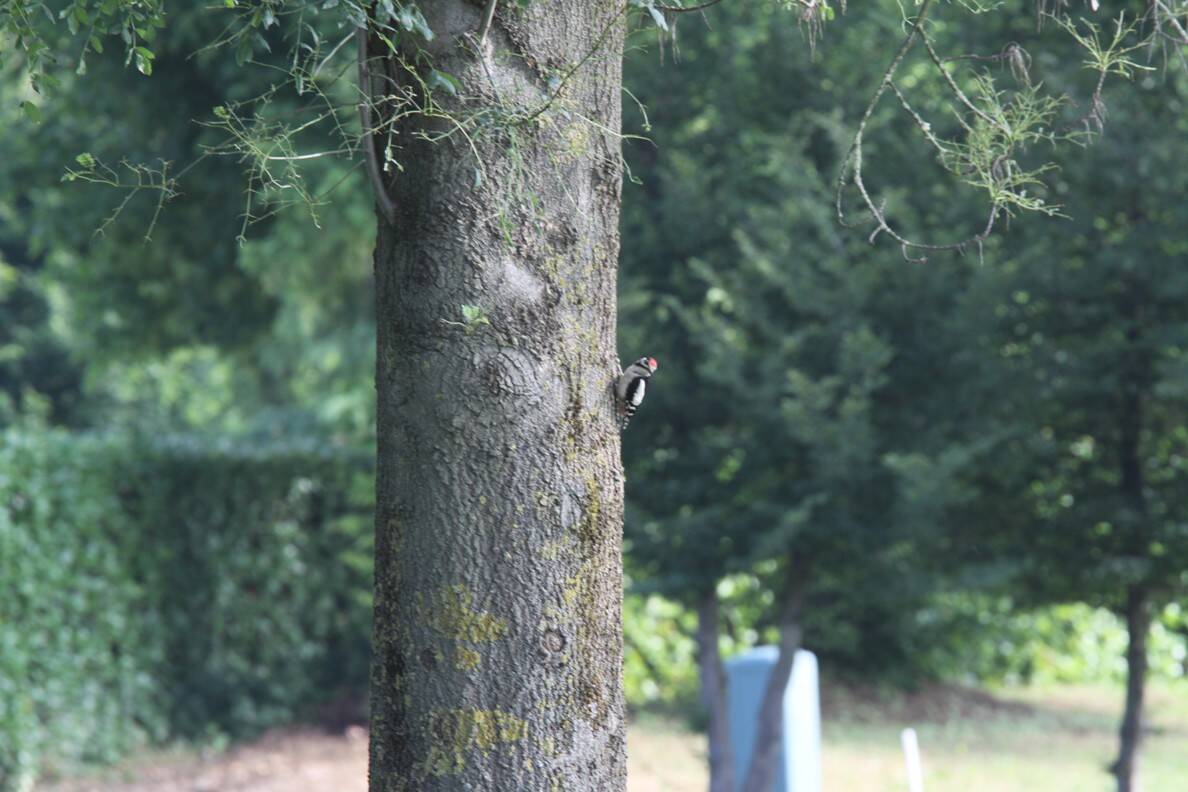 |
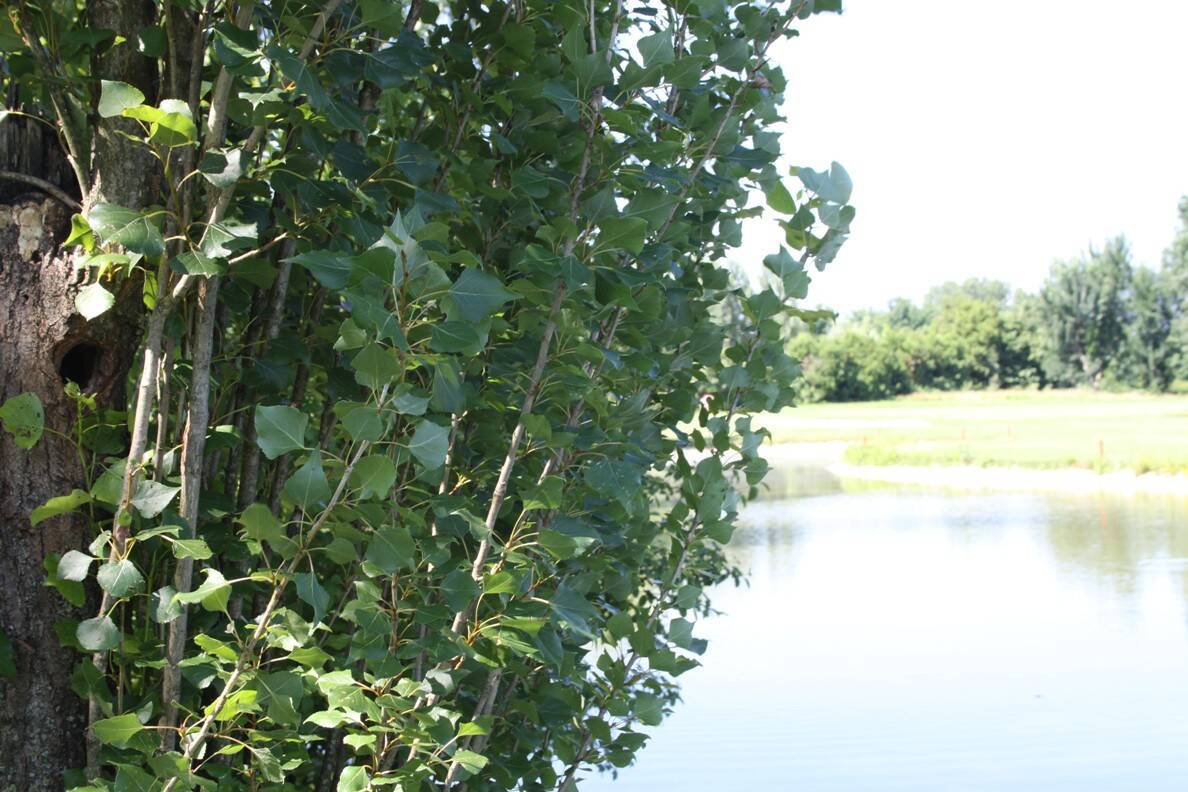 |
3 novembre: nido di calabroni su pioppo buca 12 percorso rosso (by Ale)
 |
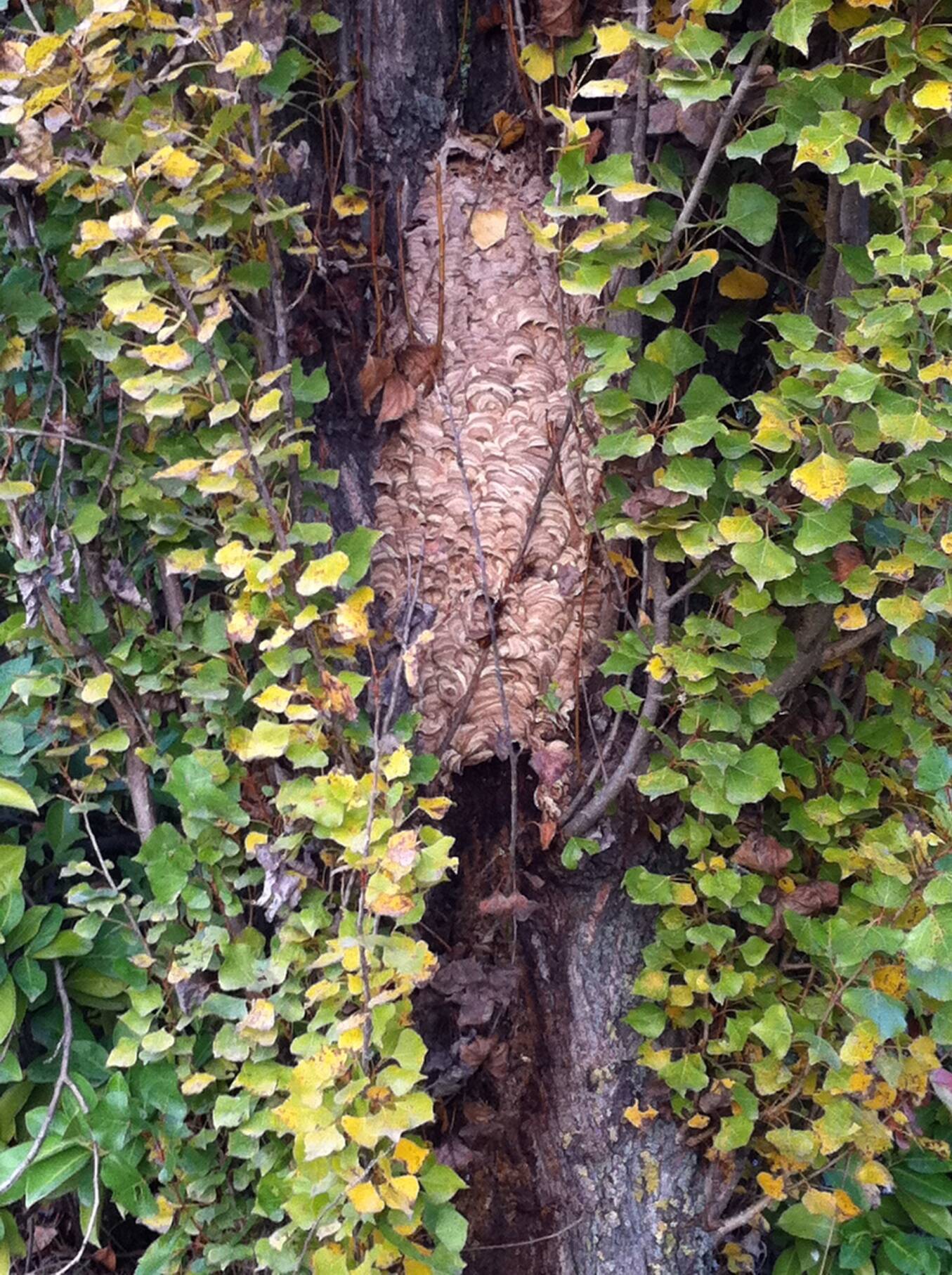 |
{slider AVVISTAMENTI 2012|closed}
7 gennaio: lepre sulla buca 4 del percorso giallo (by Carlo)
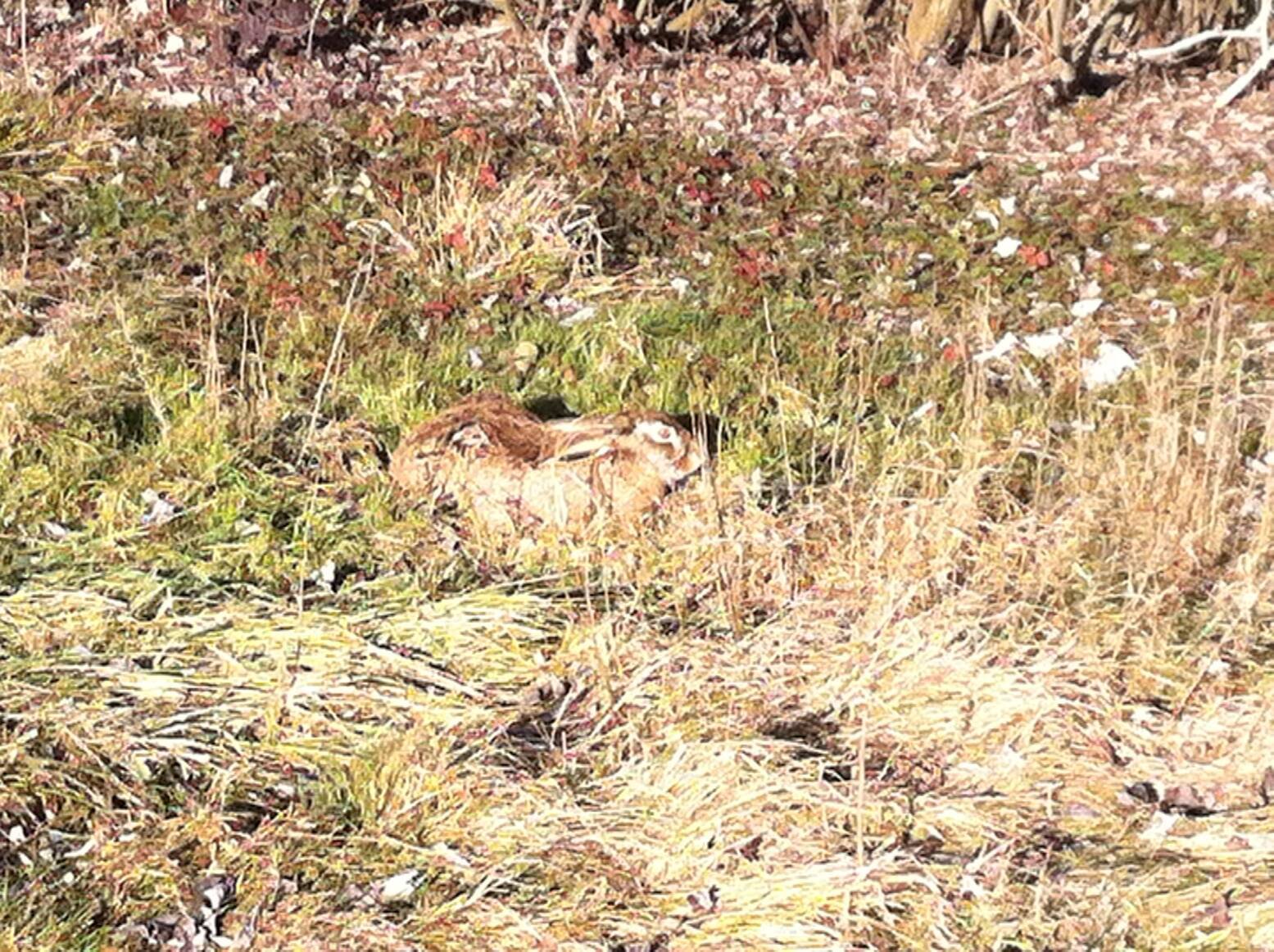
4 marzo: cinghiali sui tees della buca 8 (by Freccia)

31 marzo: famigliola di tartarughe sul lago della 17 (by Beppe and Giulia)
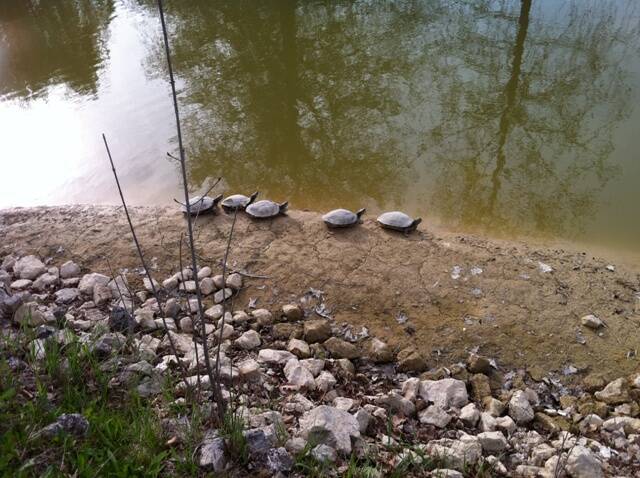 |
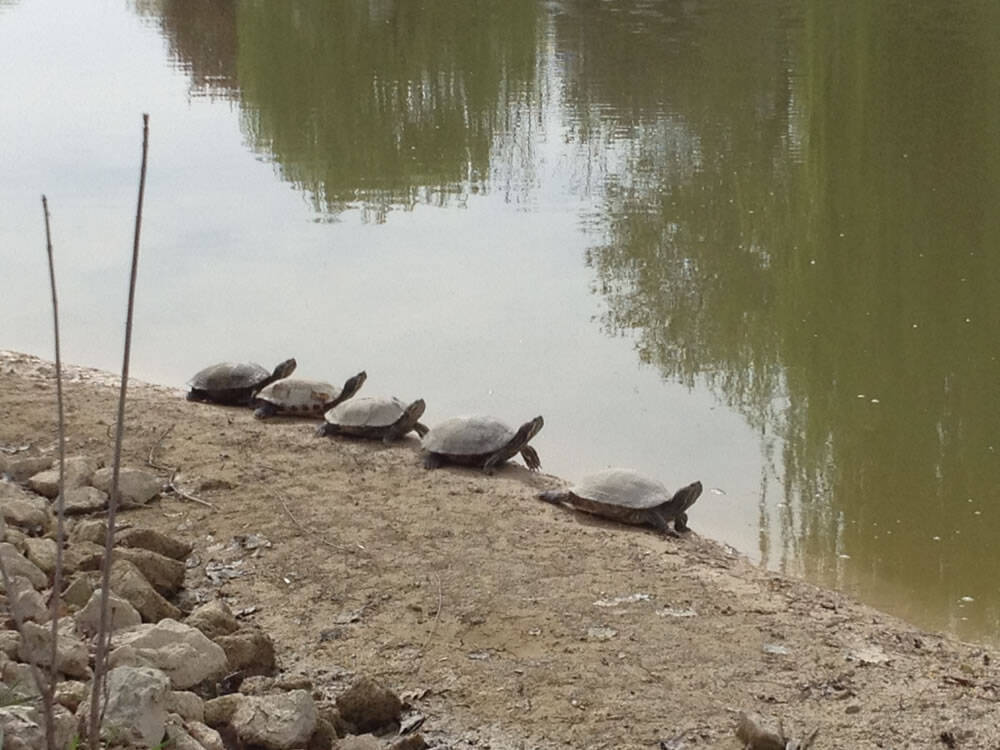 |
30 aprile: riccio in passeggiata sul rough della buca 9 (by Giulia)
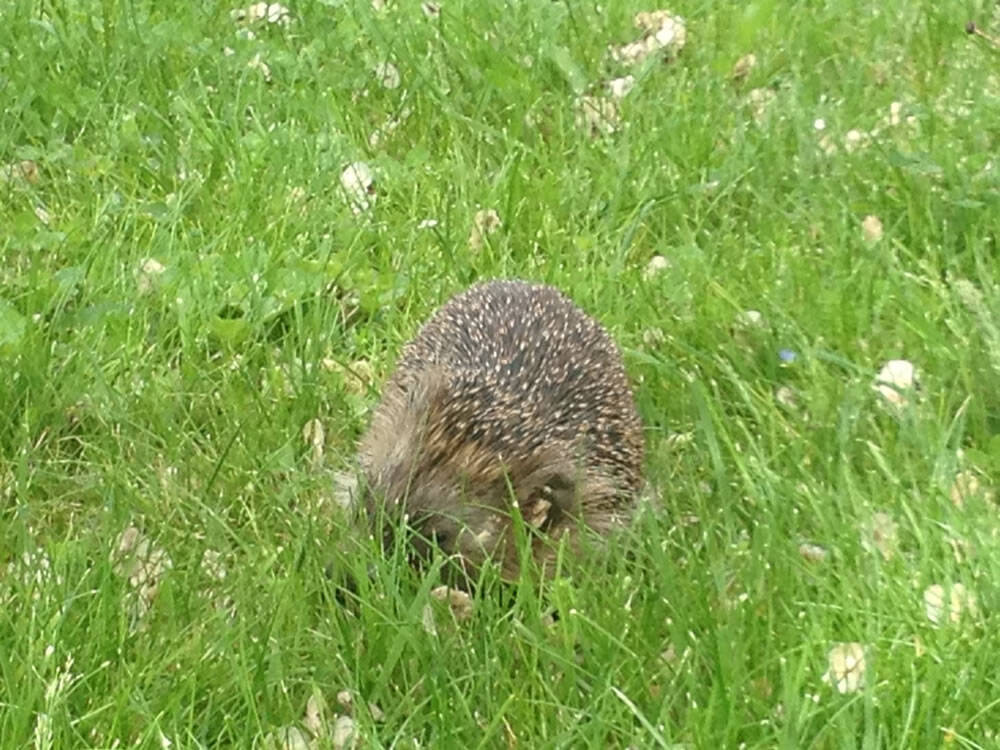 |
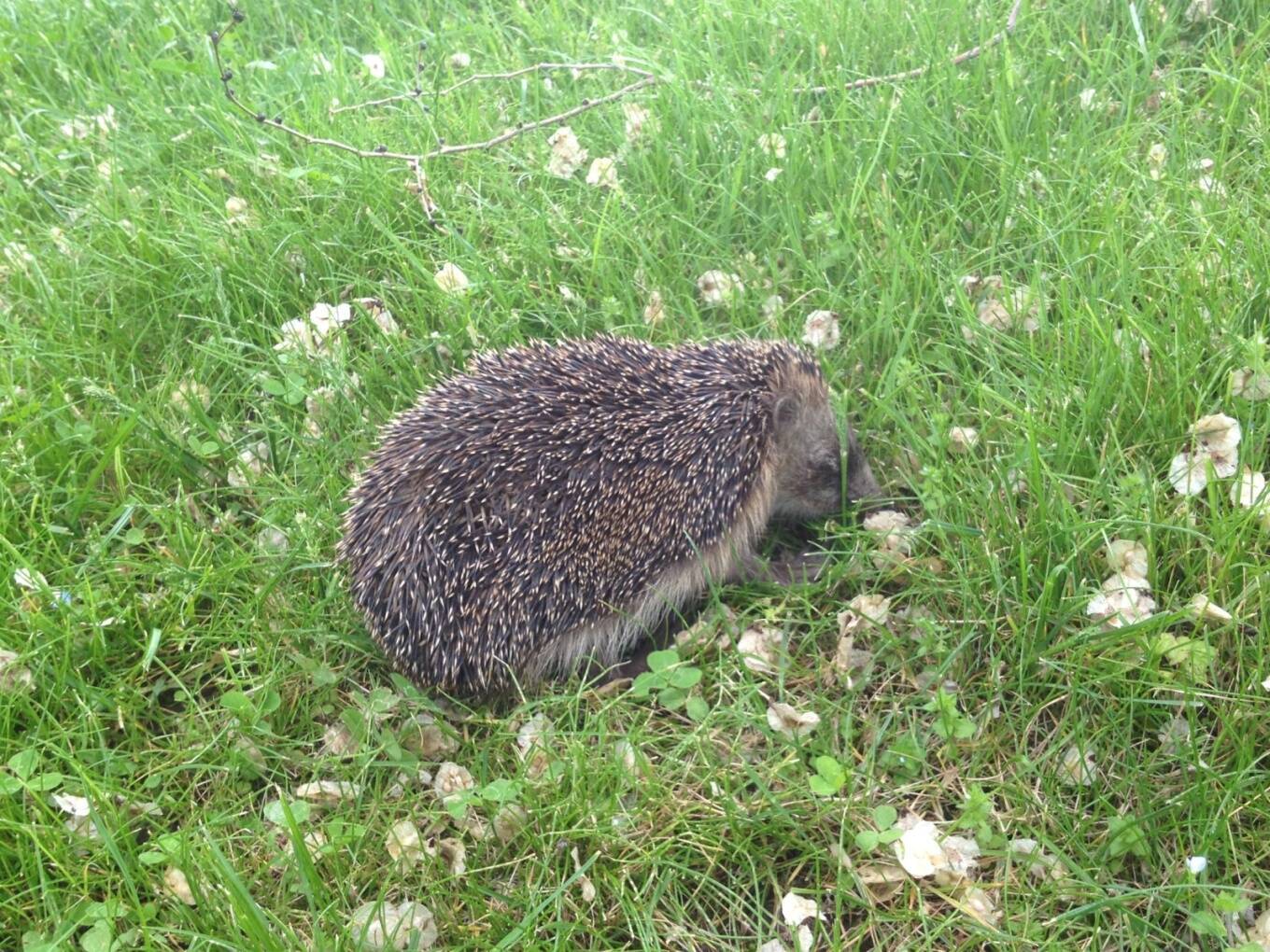 |
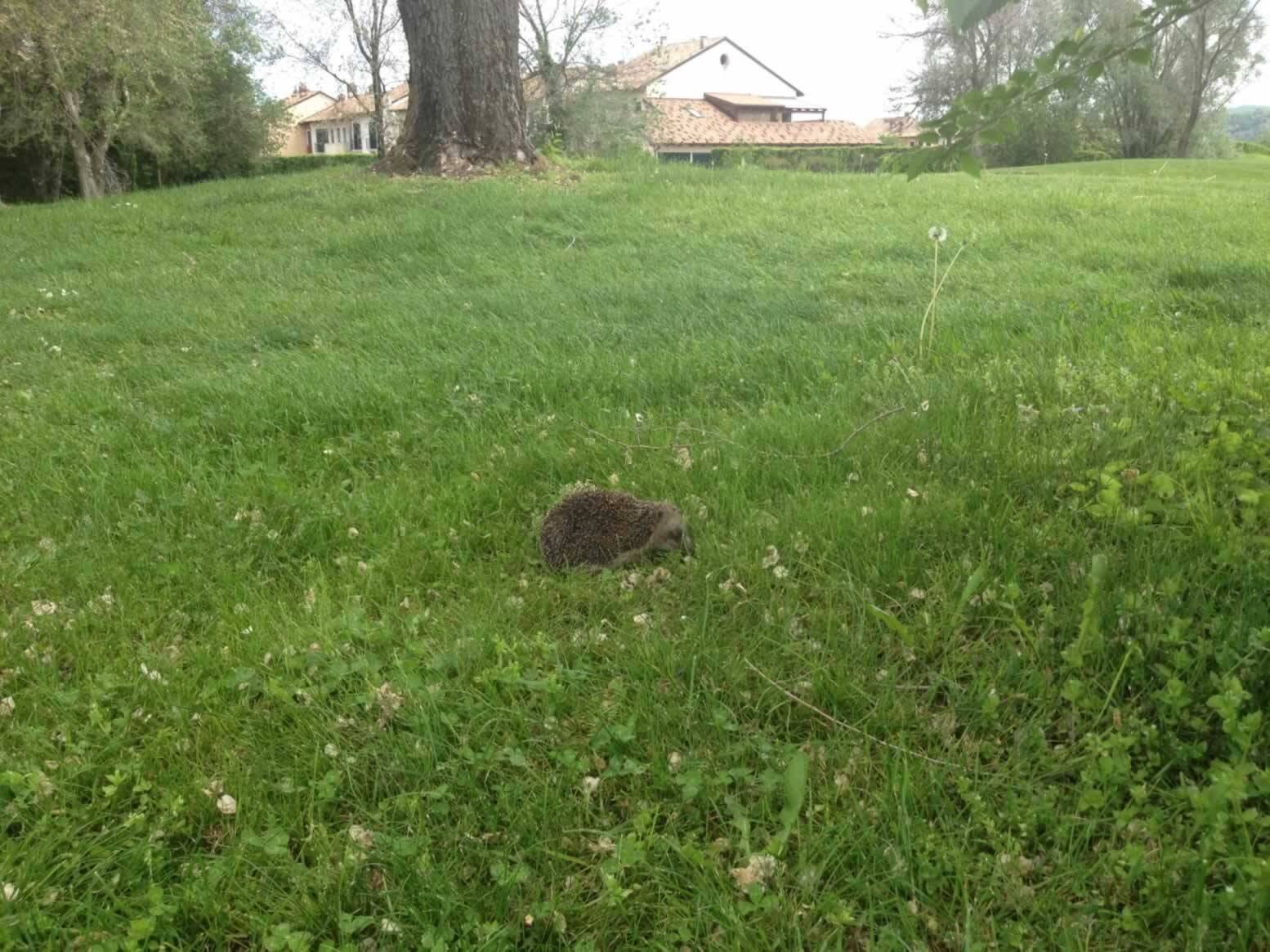 |
25 giugno: lepre sulla buca 7 percorso giallo (by Massimiliano & Stefano)
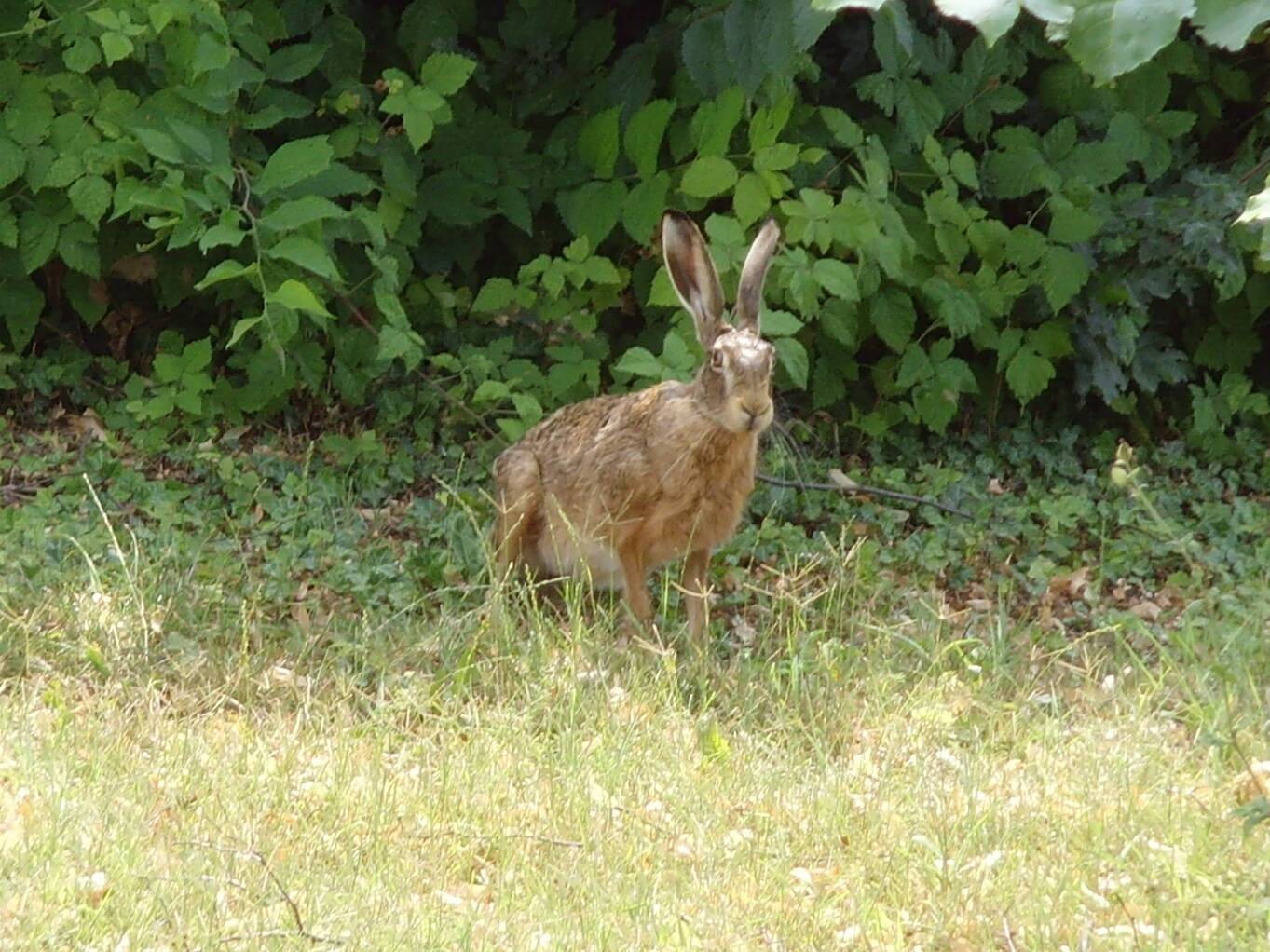 |
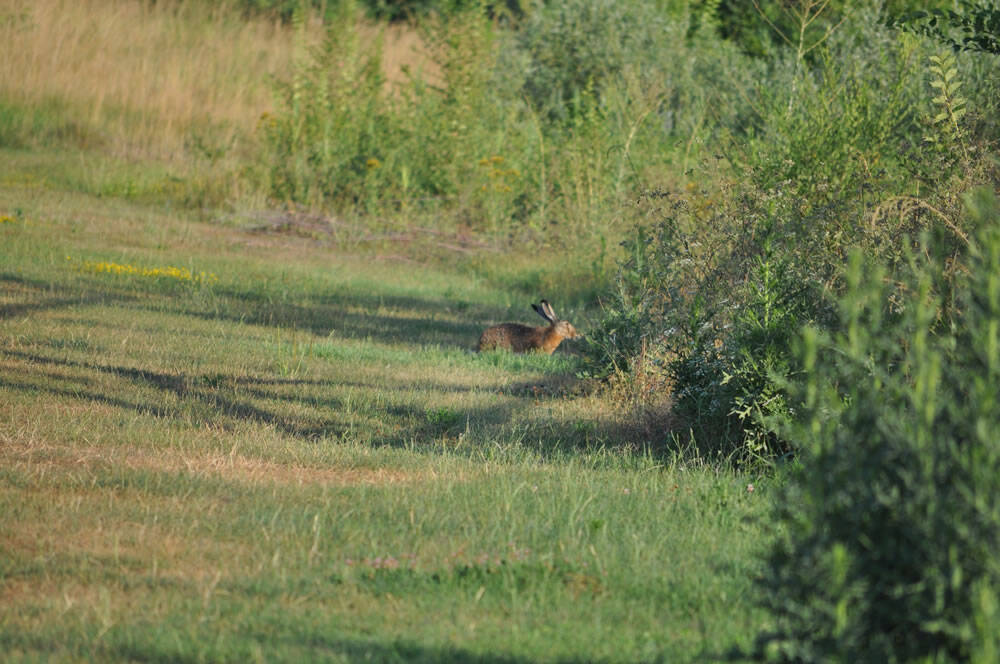 |
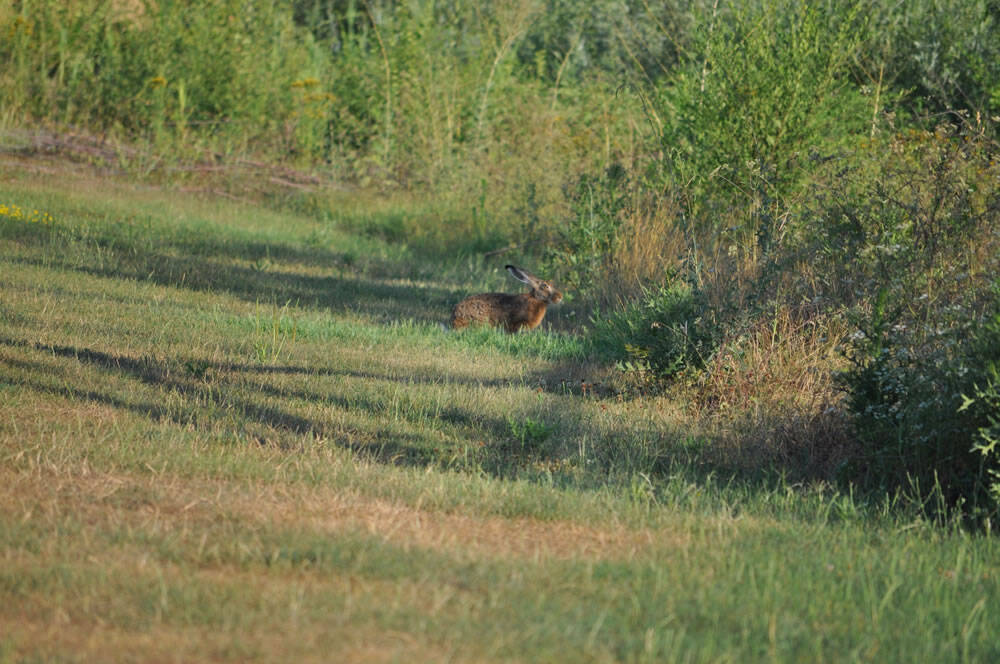 |
10 luglio: airone sul lago della buca 10 (by Stefano)
{slider AVVISTAMENTI 2013|closed}
23 febbraio: cigno sul lago della buca 17 (by Antonio)
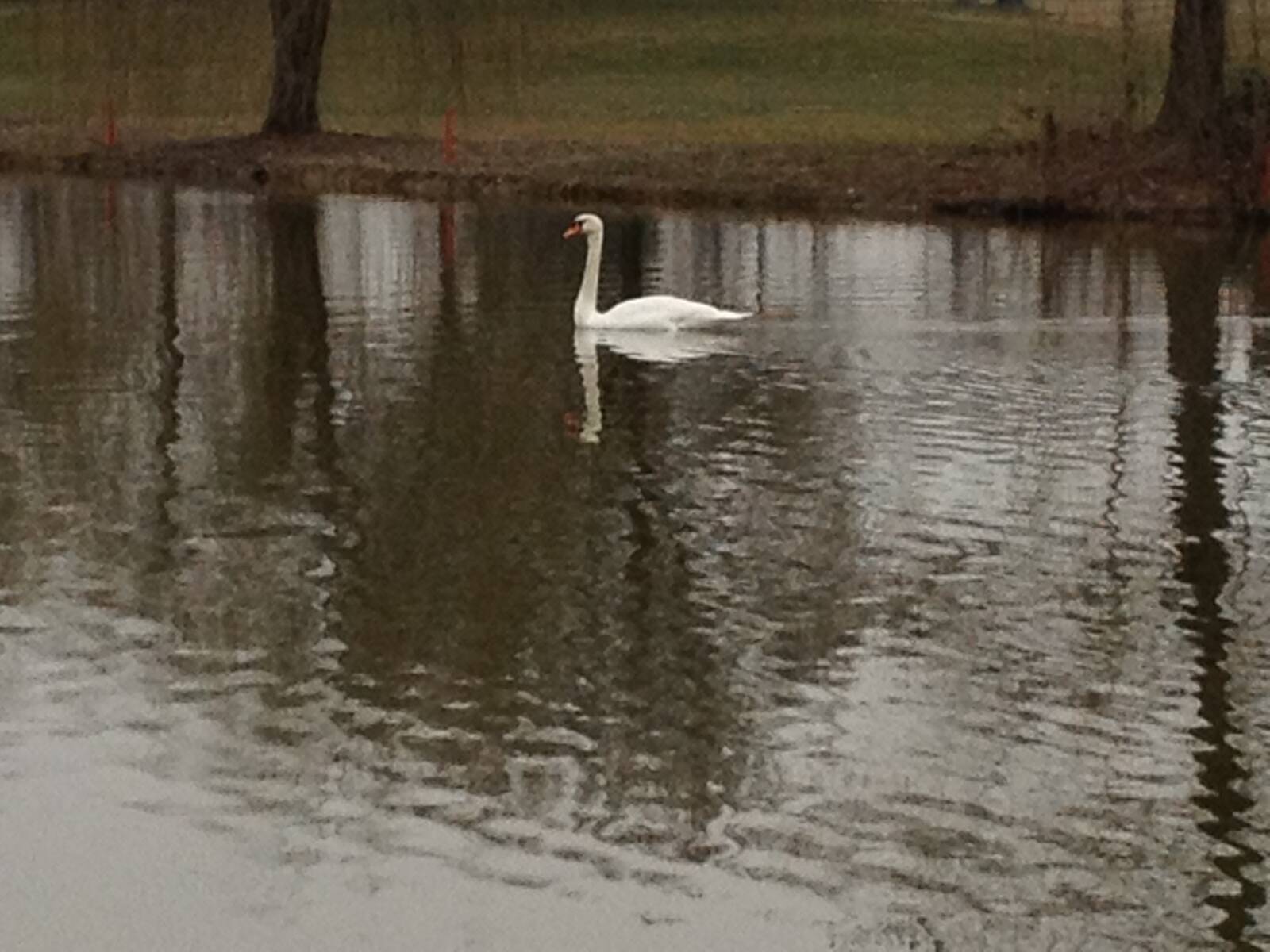 |
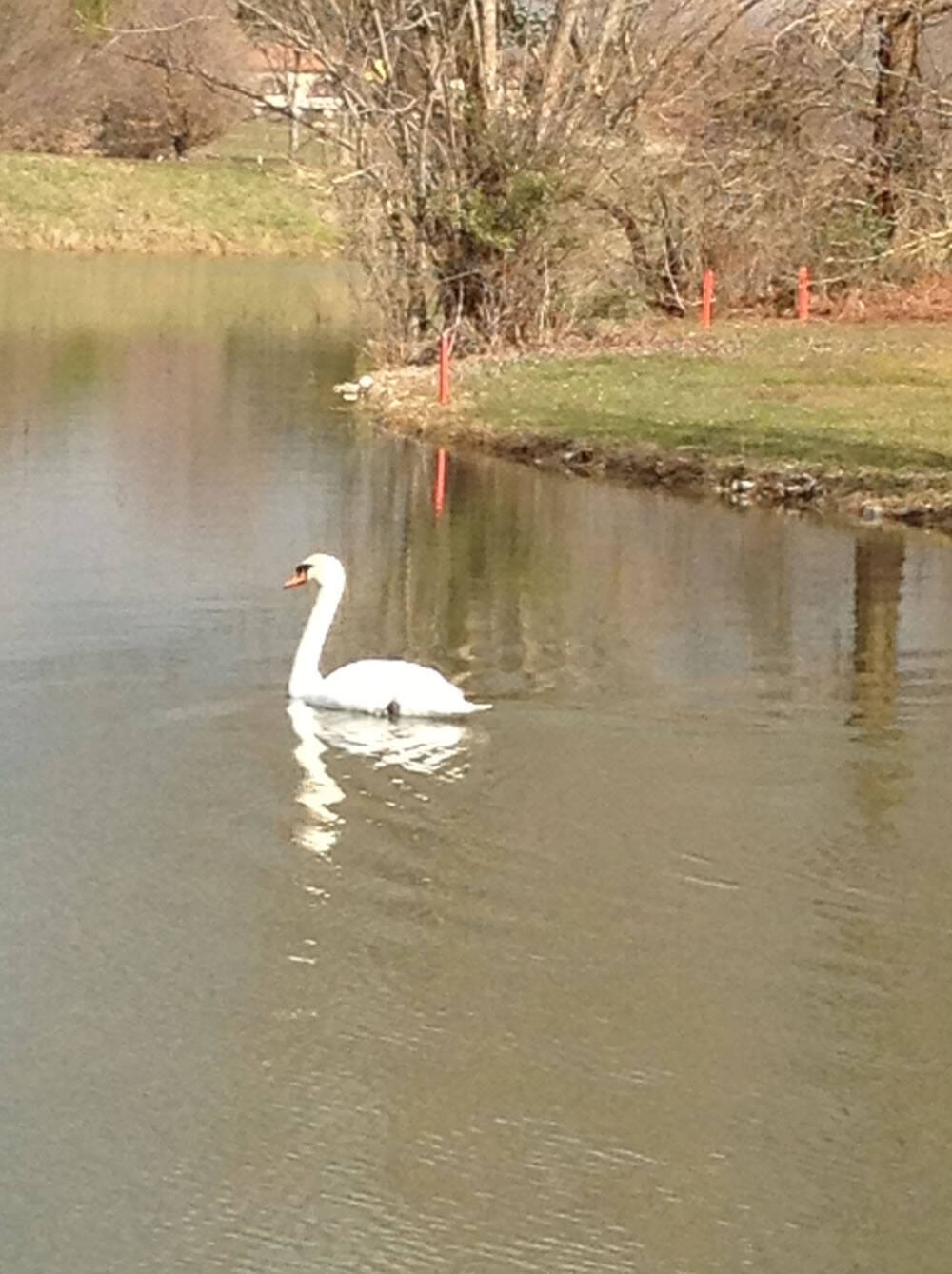 |
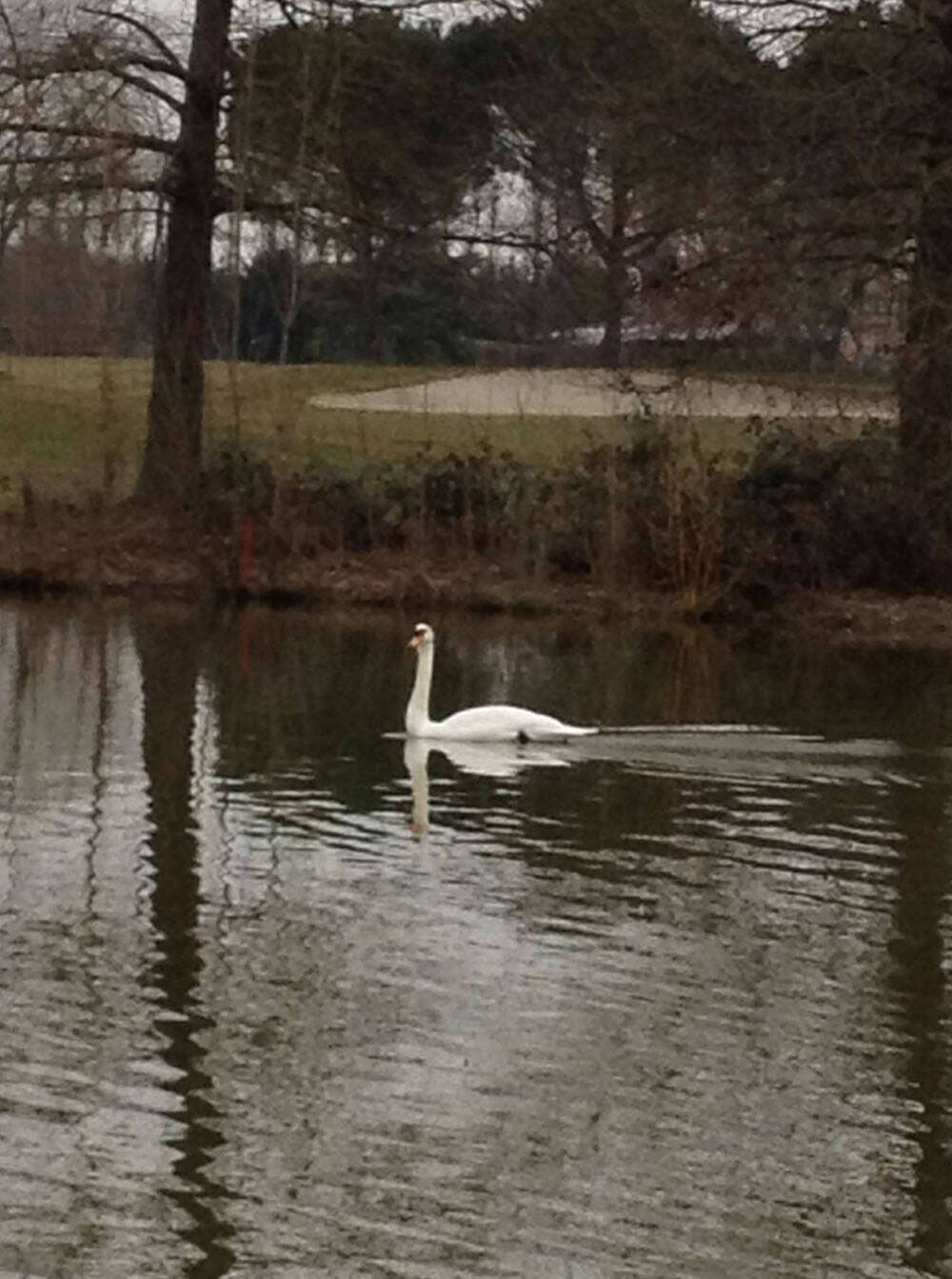 |
14 marzo: Inachis Io, detta Vanessa o anche Occhio di Pavone sul rough della buca 5 (by Marta)
4 aprile: oche canadesi di passaggio sul green della buca 7 (by Carlo)
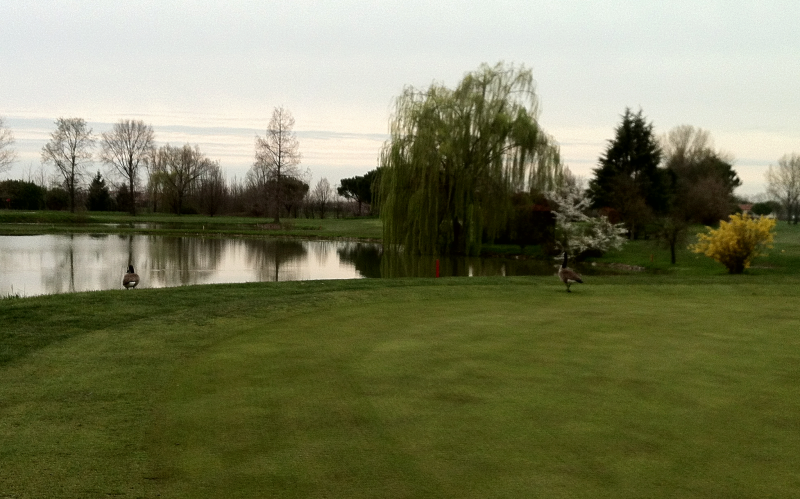 |
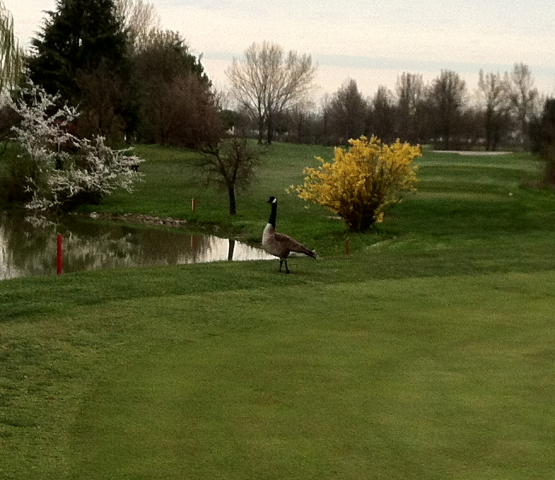 |
18 maggio: cova di fagianella tra le buche 21 e 27 (by Marco)
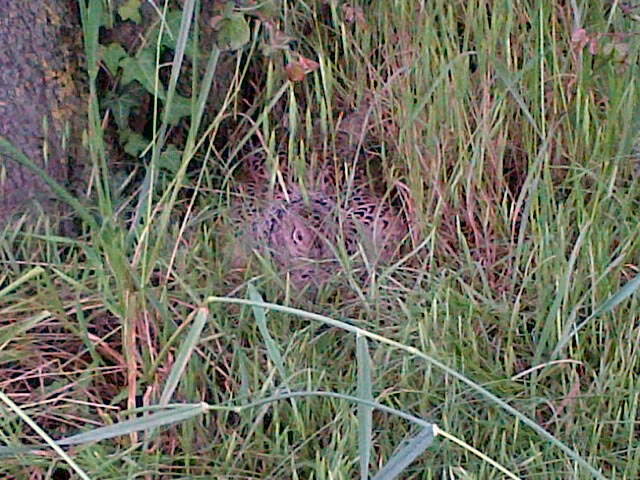
19 maggio: altro nido, ma di folaga sul lago tra i greens 5 e 13 (by Ale)

18 giugno: una rana verde -Rana esculenta- sul rough della buca 2 (by Ale)
{slider AVVISTAMENTI 2014|closed}
23 febbraio 2014: primo avvistamento dell'anno, di buon auspicio: ben 13 tartarughe sulla sponda del lago della 5!
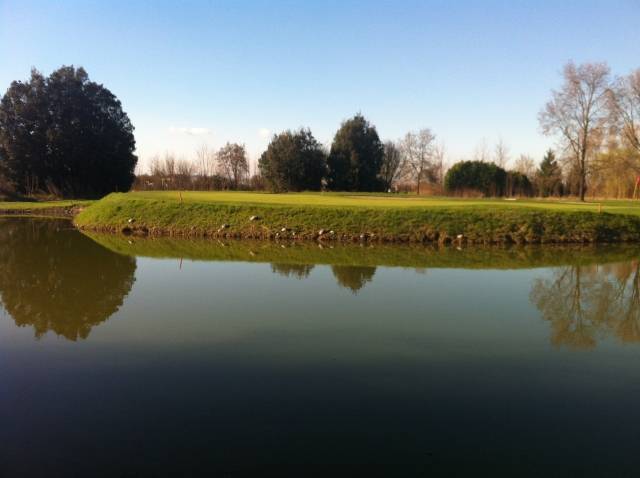
28 marzo 2014: scoiattolo alla buca 15 (by MP)
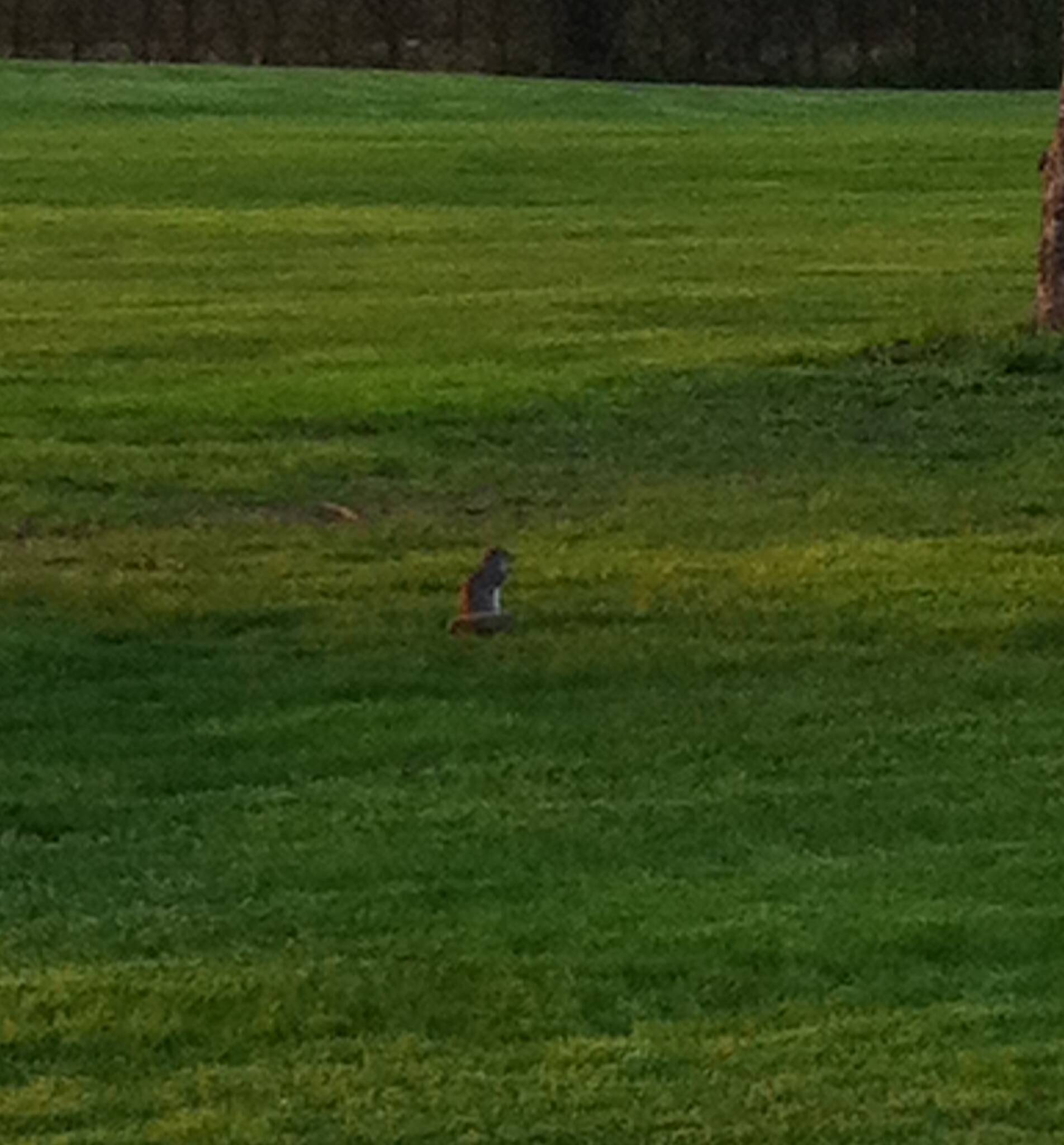
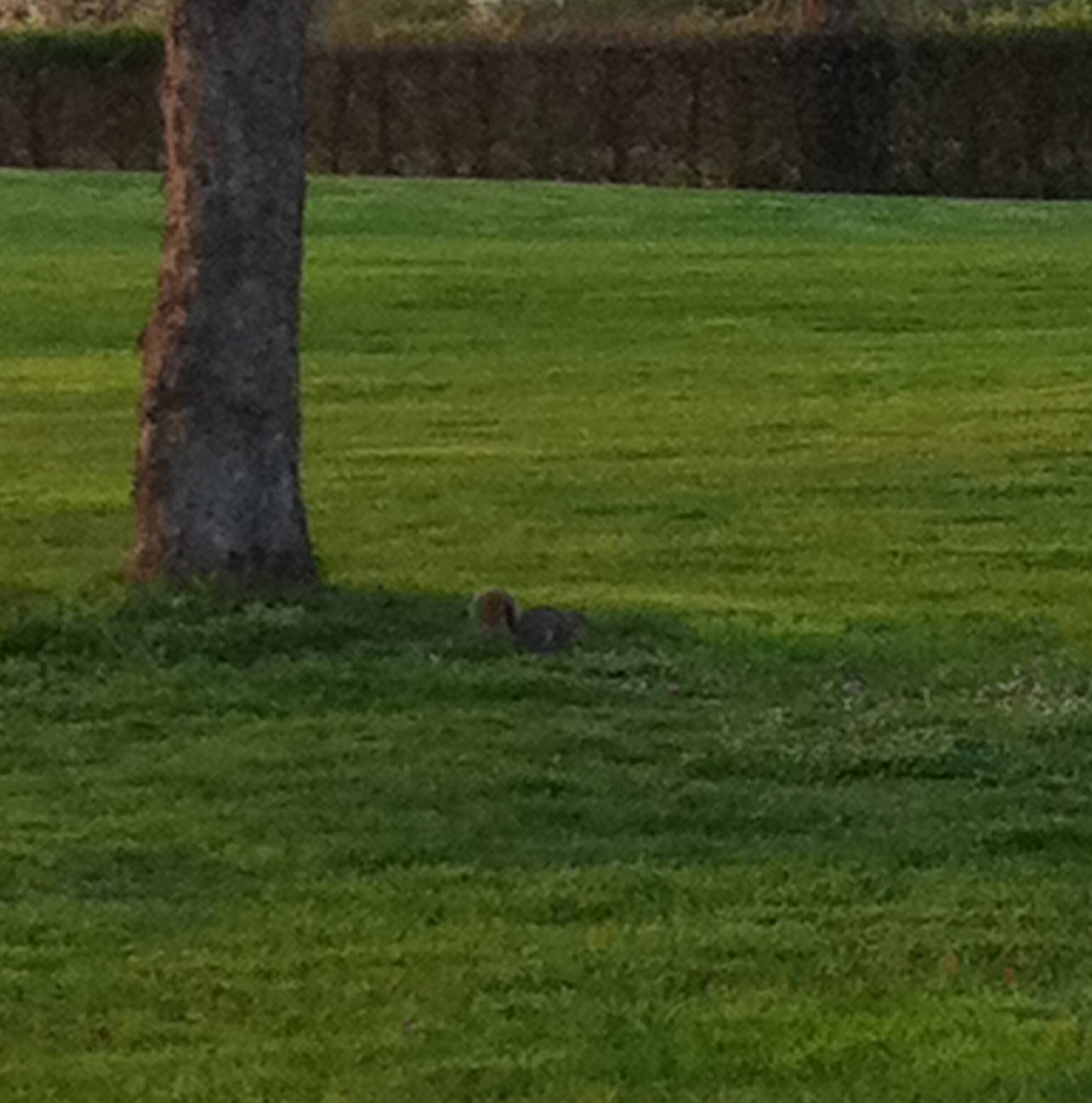

21 aprile, giorno di Pasquetta: oche canadesi che fanno il nido e depongono le uova sul ponte della 11 (by Domenico)

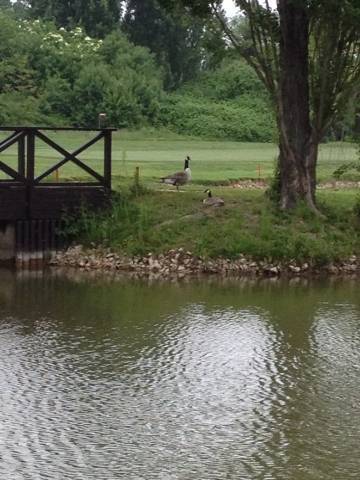
12 giugno: scoiattolo nell'area gioco corto (by Antonio)






{slider AVVISTAMENTI 2015|active}
2 marzo: trovato un tritone (Tritus vulgaris) a passeggio sul green della buca 12 (by Ale)
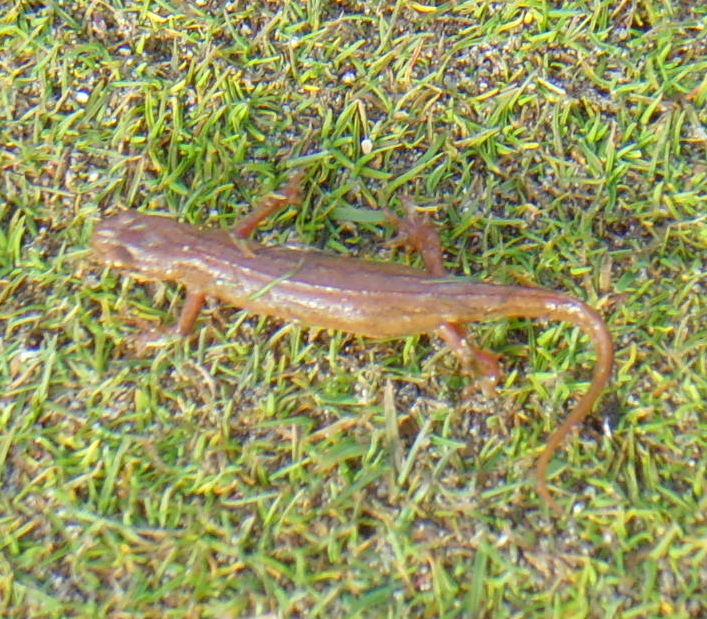
INTRODUZIONE
Il clima presente al Golf Club della Montecchia è caratterizzato da estati calde e siccitose, con temperature che raggiungono i 35-36 C° ed inverni al contrario molto freddi ed umidi, piovosi e con gelate che possono arrivare a -10 C°. Tecnicamente, questo tipo di clima viene definito “di transizione”.
Dal punto di vista tecnico-costruttivo, le 27 buche del Golf Club della Montecchia, realizzate in tre fasi negli anni 1990 / 1992, sono dotate di un efficiente sistema di drenaggio. Questo giustifica la quasi costante agibilità del tracciato, anche nei periodi invernali più piovosi.
Il buon drenaggio nel periodo estivo ha sempre determinato però un significativo stress idrico al tappeto erboso, composto da essenze “microterme”, da specie cioè ben adattate ai climi freddo-umidi (ad es. Lolium perenne, Poa pratensis, Poa annua, Agrostis stolonifera). Difatti, nonostante le abbondanti irrigazioni, in particolare tra luglio ed agosto il tappeto erboso soprattutto dei fairways ha spesso subito dei gravi diradamenti, con conseguenze per la giocabilità e l’aspetto estetico del percorso.
Nell’estate del 2003, anno della grande siccità, questo tipo di problema sia alla Montecchia che nella gran parte dei percorsi di golf italiani ha avuto conseguenze drammatiche, con perdite del tappeto erboso superiori al 70% della superficie di gioco.
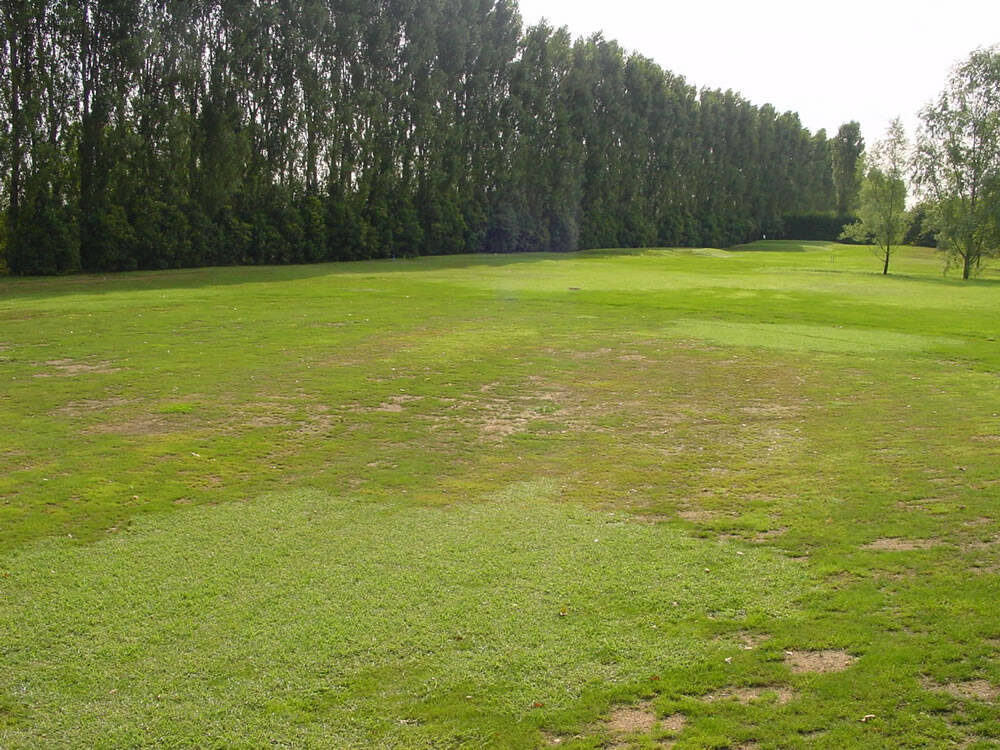 Estate 2003 - Fairway buca 3
|
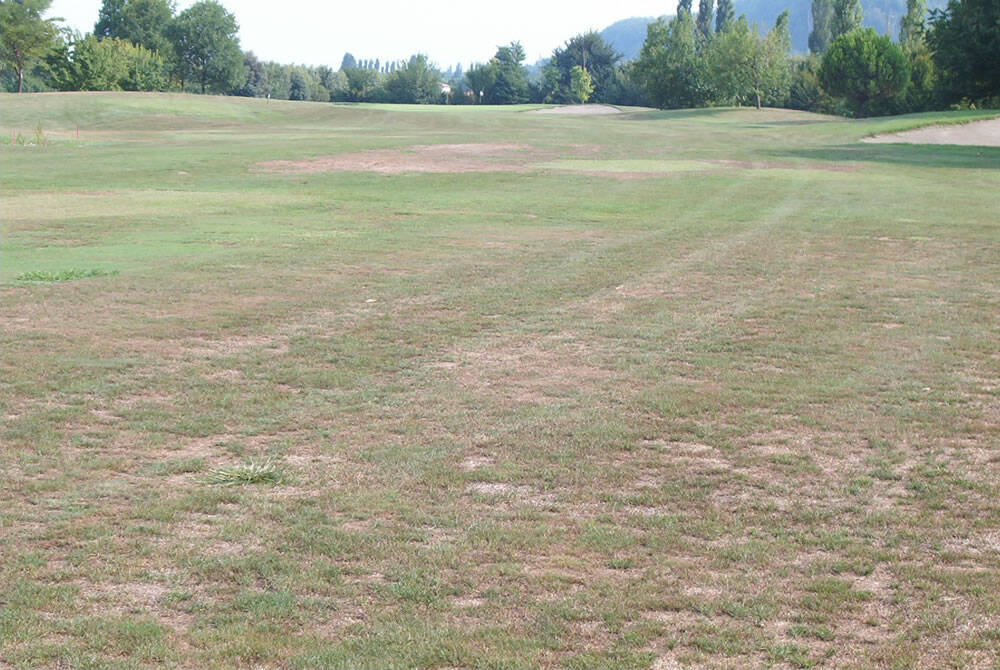 Estate 2003 - Fairway buca 6
|
Per contenere il fenomeno ed ovviare in tempi brevi alla situazione, si è sempre ricorso a metodi tradizionali, che includono abbondanti irrigazioni, interventi fungicidi e costosi ripristini con trasemine nel mese di settembre.
Tale situazione, oltre che creare comunque disagi per il gioco, ha sempre comportato notevoli costi in termini economici oltre che ambientali.
STUDIO DEL PROBLEMA
Per risolvere il problema in modo ambientalmente sostenibile e rendere il percorso agibile ed in buone condizioni tutto l’anno, a partire dal 2003 è nata una collaborazione tra il Golf Club della Montecchia, la Sezione Tappeti Erbosi della Federazione Italiana Golf ed il Dipartimento di Agronomia dell’Università di Pisa.
Obiettivo prioritario, individuare delle specie da tappeto erboso più idonee al clima di transizione presente al Golf Montecchia e più in generale in pianura Padana.
Nel 2004 è stato così avviato un vivaio sperimentale, volto a studiare l’adattabilità delle specie “macroterme” al clima Padano, di essenze da tappeto erboso cioè meglio adattate a climi temperato caldi e caldo siccitosi. Questo partendo dall’osservazione che studi e precedenti esperienze compiute negli Stati Uniti in situazioni climatiche simili avevano dati dei buoni risultati. Tali specie erano state peraltro già testate con successo sempre dalla Sezione Tappeti Erbosi della FIG e dall’Università di Pisa, ma mai più a nord della Toscana.
La ricerca è stata quindi assolutamente innovativa e di grande interesse per tutto il bacino del Mediterraneo, soprattutto in riferimento al comportamento invernale di queste specie, che per difendersi dal freddo vanno in dormienza perdendo il colore.
Foto del vivaio sperimentale F.I.G./Università di Pisa/Golf Montecchia (area a destra della buca 5 del percorso bianco)
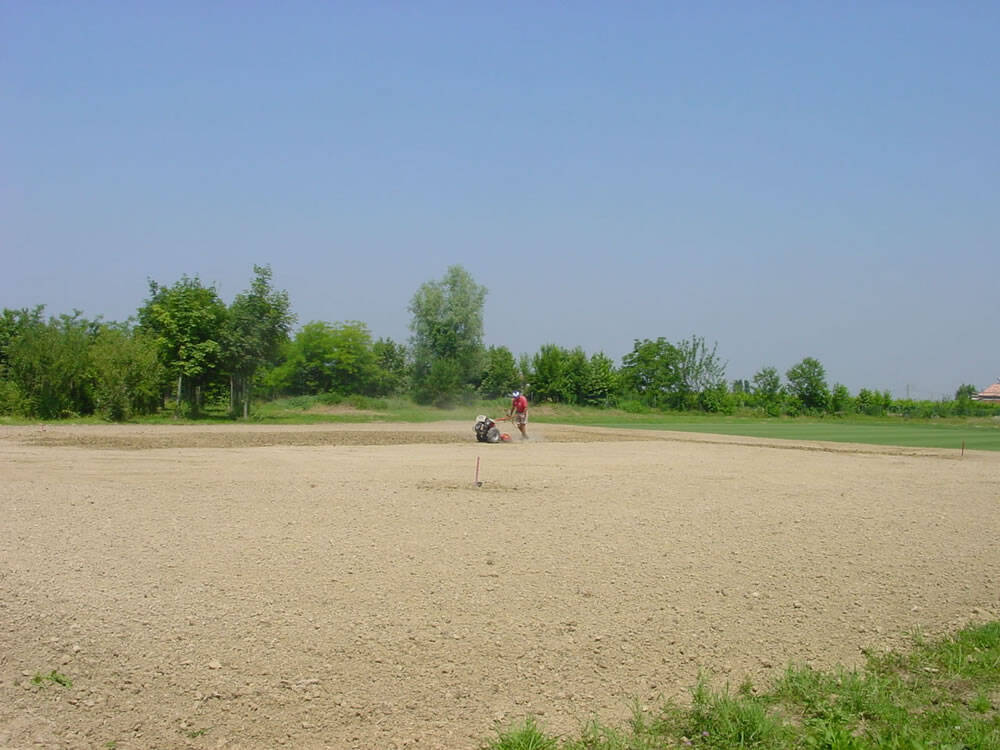 Lavorazione del terreno |
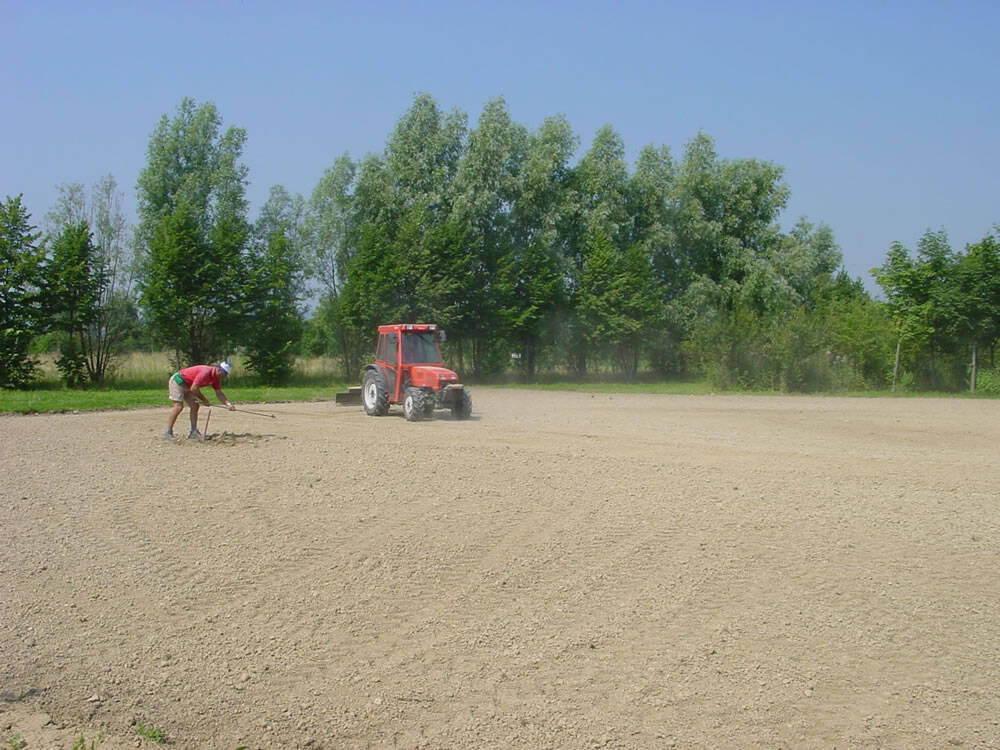 Livellatura |
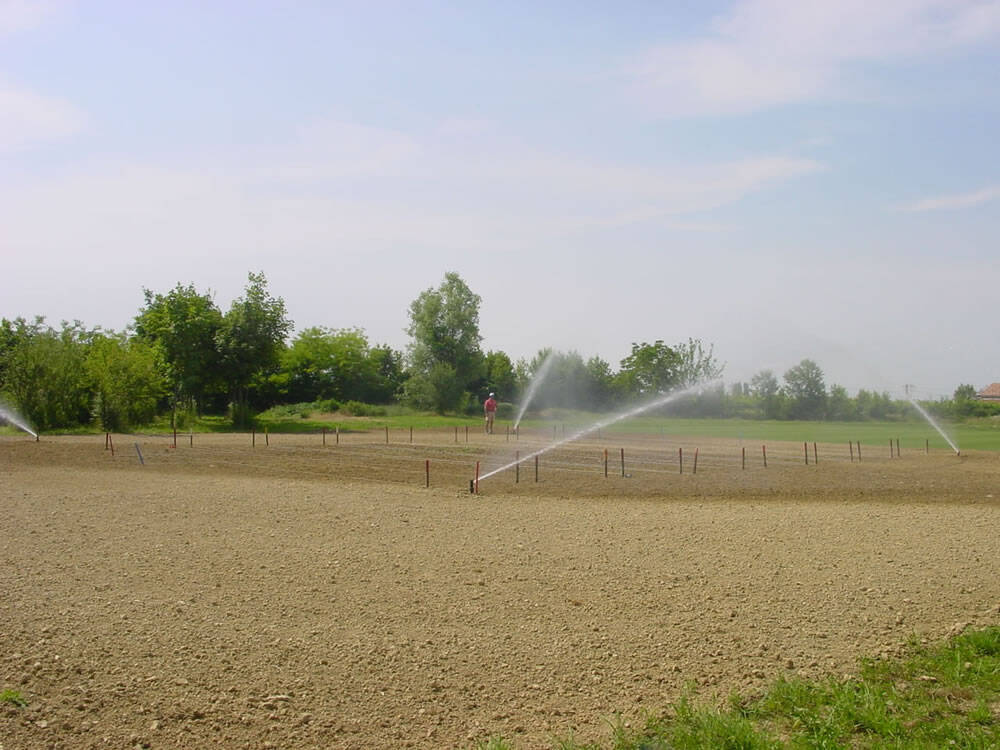 Prima irrigazione dopo l'impianto |
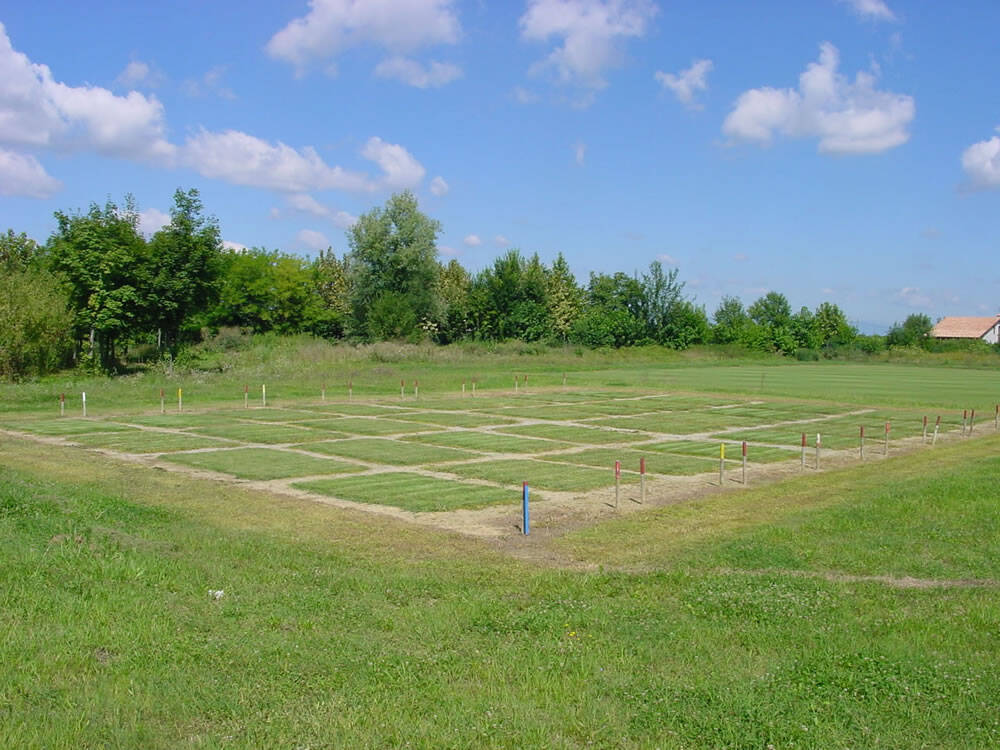 Vivaio a pieno regime |
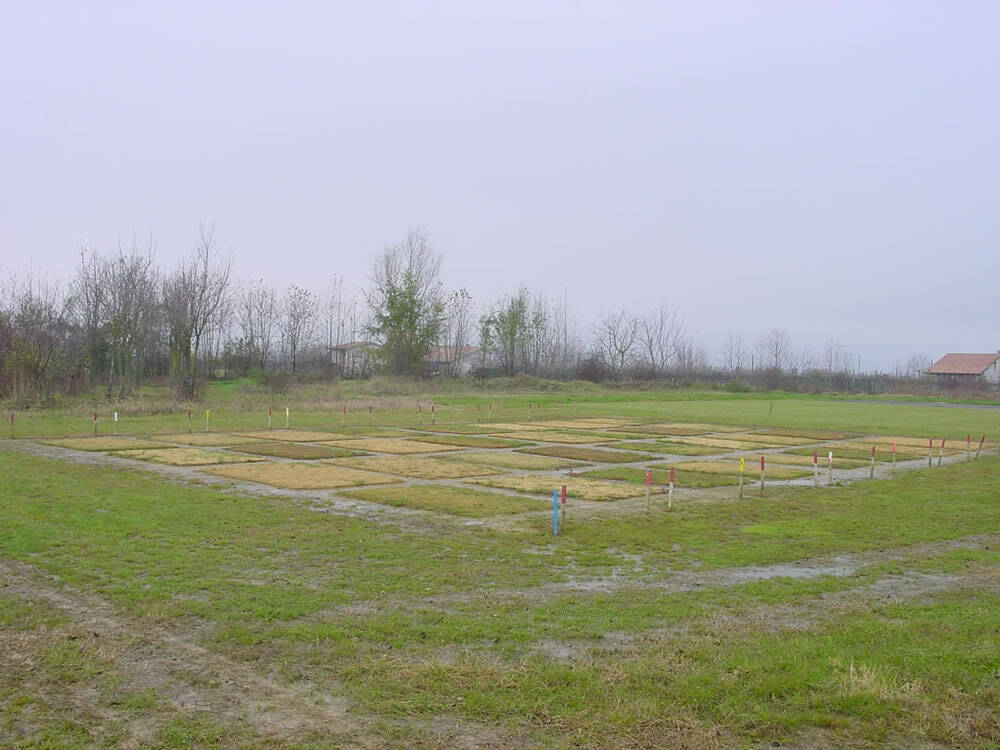 Vivaio nel periodo invernale |
Parallelamente a questo test scientifico, si è voluta effettuare anche una prova diretta, in pieno campo. Approfittando dei lavori di ampliamento del battitore del campo pratica, su metà di questo è stata impiantata una specie da tappeto erboso macroterma, il Cynodon spp. o “Bermudagrass”, meglio conosciuta come “Gramigna”. In particolare, è stata utilizzata una specifica varietà selezionata per il tappeto erboso (Tifway 419)
Foto dei Lavori di Ampliamento del Campo Pratica
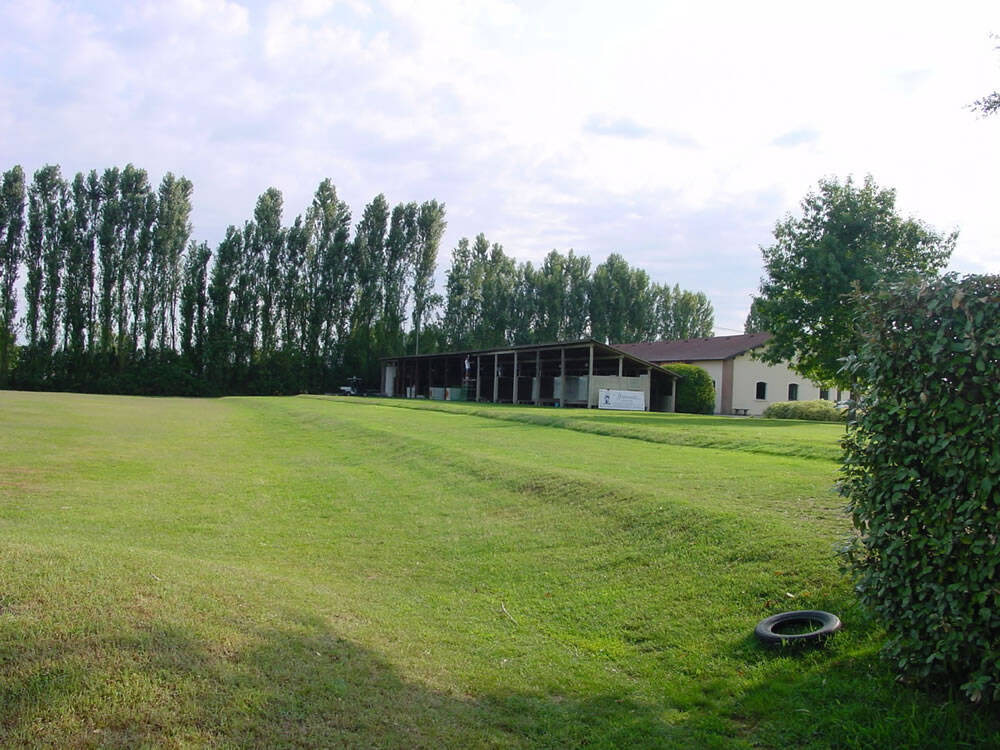 Campo pratica prima dell'ampliamento |
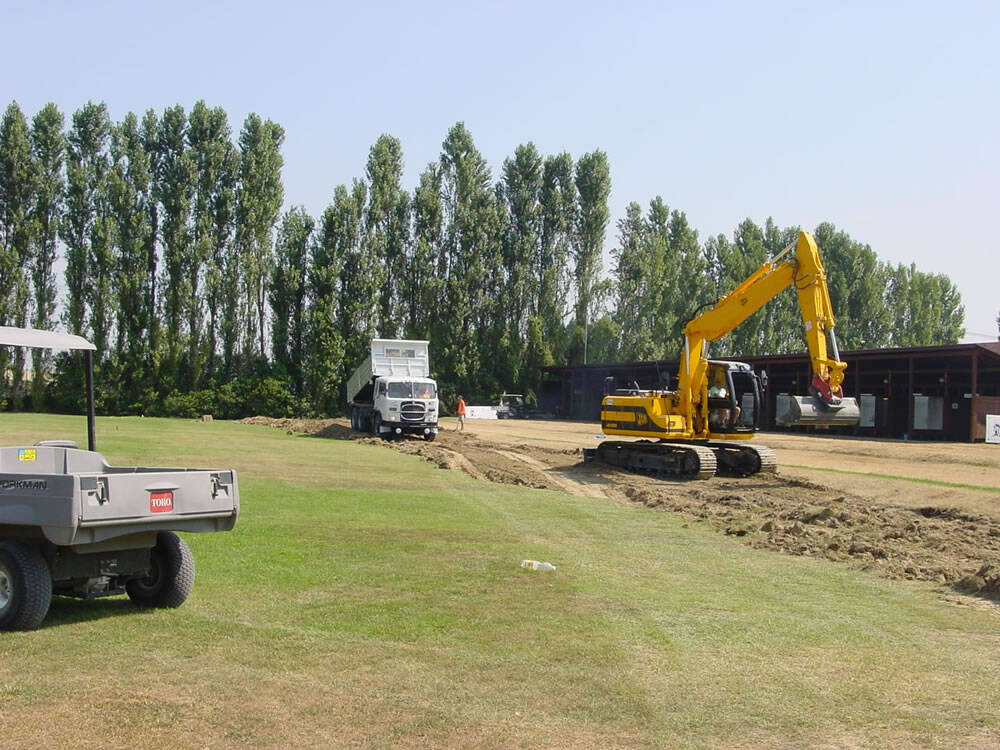 Inizio lavori: riporto di terra |
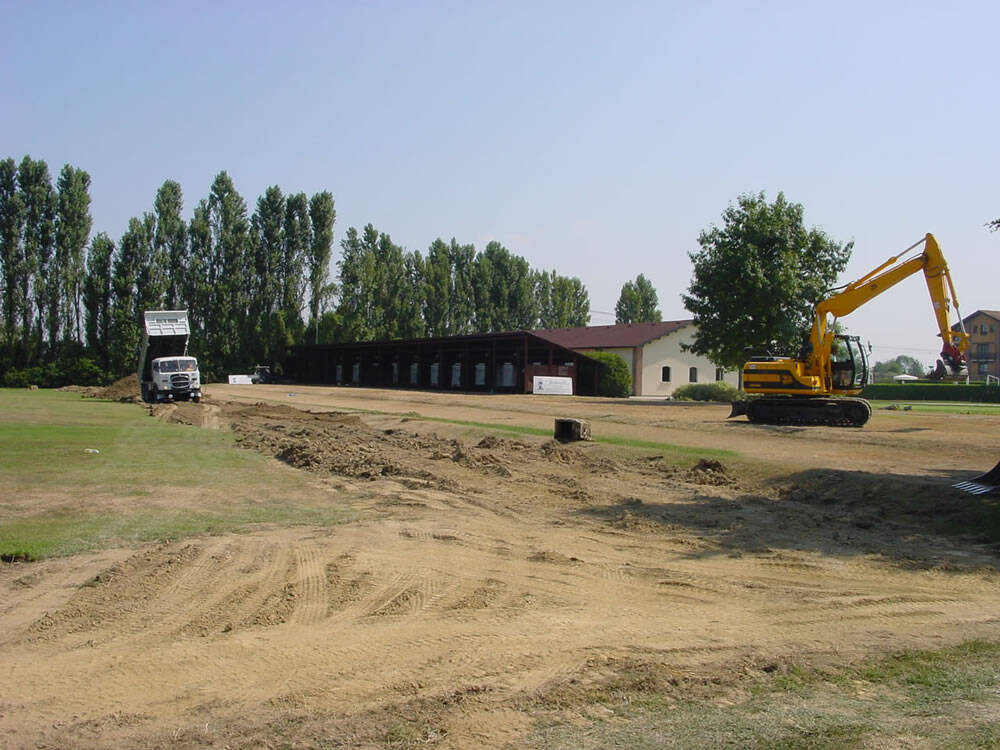 Riporto di terra e livellatura |
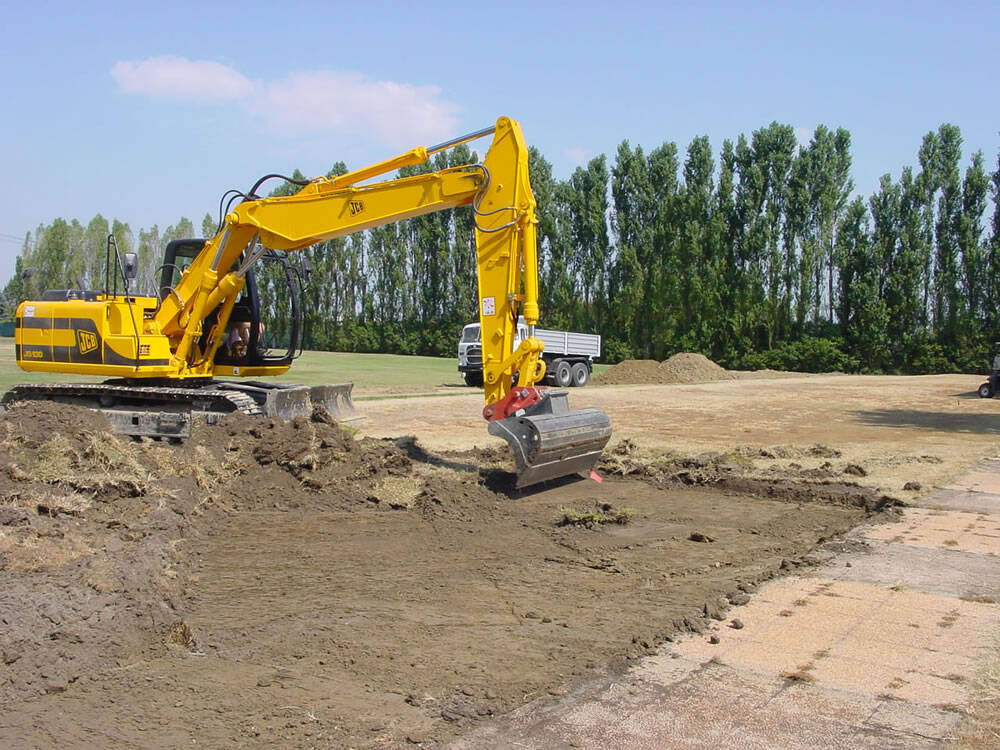 Eliminazione vecchio cotico erboso |
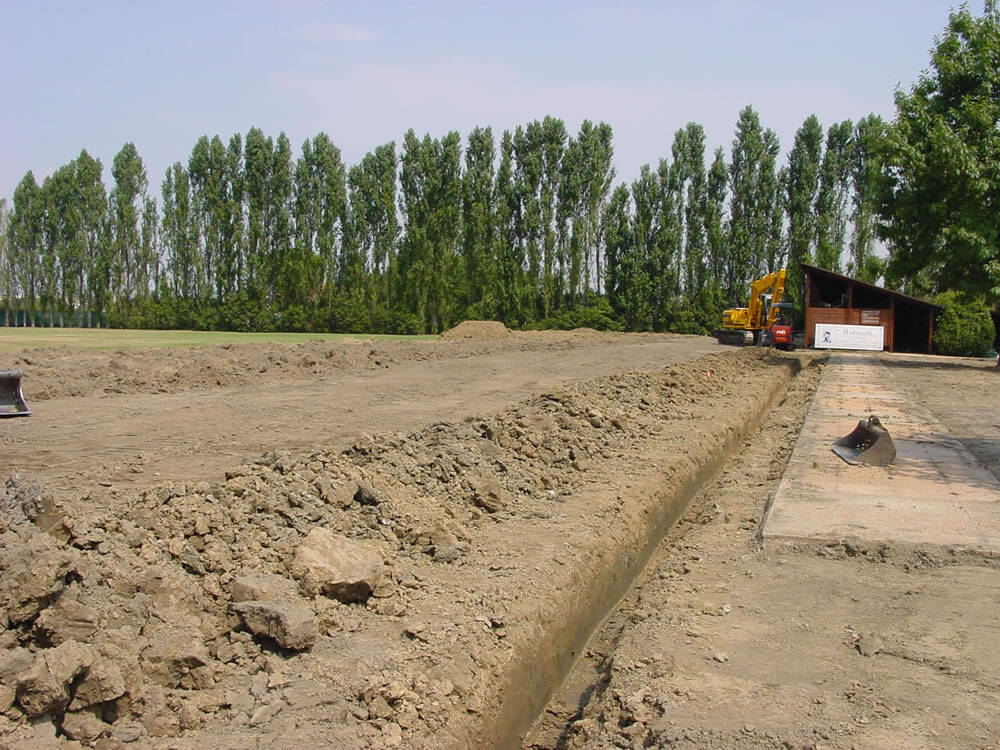 Scavo dei drenaggi |
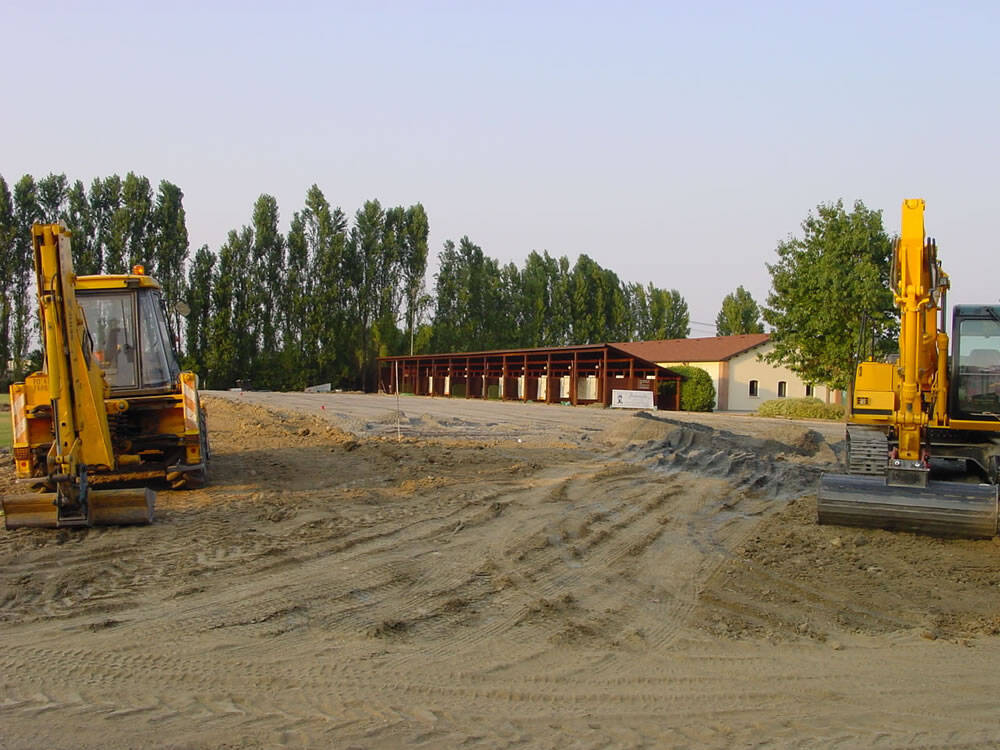 Riporto di sabbia e livellatura finale |
 Riporto di sabbia e livellatura |
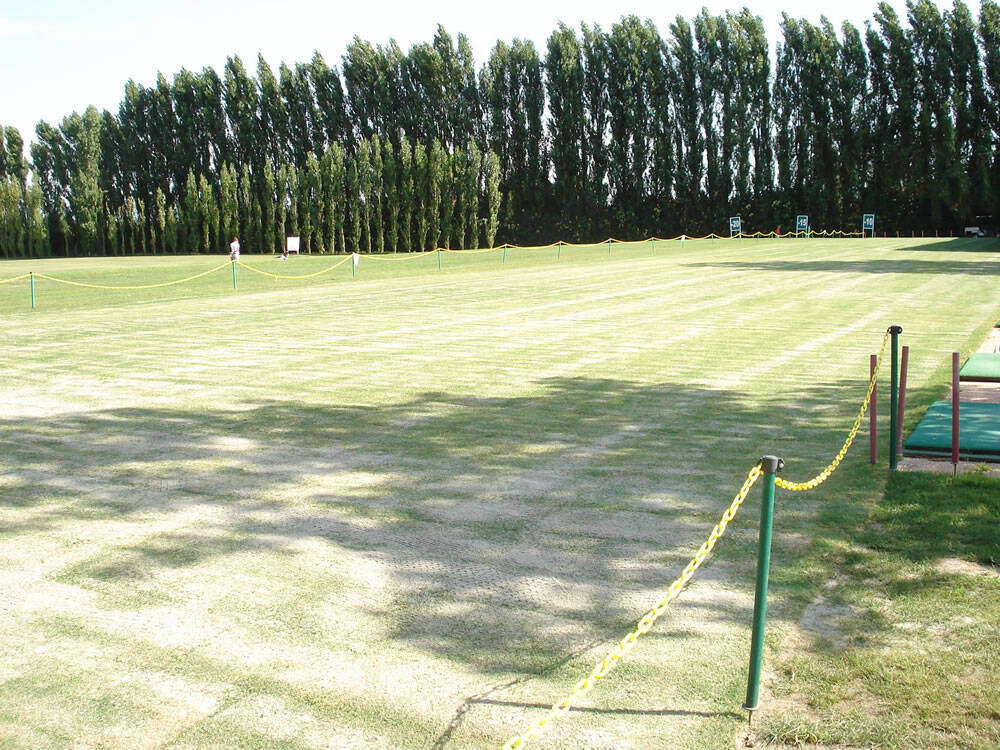 Lavori conclusi mediante zollatura |
I risultati ottenuti, sia in vivaio che in pieno campo, hanno permesso di accertare il buon adattamento della Bermudagrass, che nel periodo invernale pur ingiallendo resiste alle basse temperature e mantiene, nei 4 mesi circa di dormienza, una sufficiente consistenza e quindi giocabilità. Nel periodo estivo, a fronte di una eccezionale qualità, richiede apporti idrici molto più ridotti (del 50 % ed oltre) e minime quantità di fertilizzante. Non viene inoltre colpita da patogeni fungini ne invasa in modo significativo da erbe infestanti che ne possano compromettere la crescita e lo sviluppo.
A dimostrazione del grande interesse suscitato dallo studio, i risultati sono stati presentati, oltre che a vari seminari e meeting in Italia, in ben due convegni scientifici internazionali, il “Vth World Scientific Congress of Golf” a Phoenix, Arizona nel marzo 2008 - Warm season turfgrass adaptation in Europe North of 45° Parallel ed al “1st European Turfgrass Society Conference” tenuto a Pisa nel maggio 2008 - Warm Season Turfgrass Adaptation in Northern Italy.
RISOLUZIONE DEL PROBLEMA
Confortati dai tali risultati, positivi in termini qualitativi, economici ed ambientali, a partire dal 2010 è stato impostato un programma di conversione del tappeto erboso dei fairways in Bermudagrass (Cynodon dactylon x transvaalensis) utilizzando la Patriot, una cultivar selezionata negli U.S.A. proprio per le zone di transizione.
Per ridurre al massimo i disagi per il gioco, si è deciso di adottare una tecnica innovativa, più costosa rispetto ai metodi più tradizionali, ma che permette di sostituire il tappeto erboso e rendere nuovamente agibile il percorso dopo appena 6-8 settimane, contro le 12 e più settimane richieste dagli altri sistemi.
Il programma prevede la conversione del tappeto erboso dei fairways delle prime 9 buche (percorso bianco) nel 2010, del tappeto erboso dei fairways e dei tees delle seconde 9 buche (percorso rosso) nel 2011 e del tappeto erboso dei fairways e dei tees delle terze 9 buche (percorso giallo) e dei tees delle prime nove buche nel 2012.
Anno 2010 - Conversione percorso BIANCO
- lunedì 7 giugno: inizio del lavori preparatori, con applicazione di un diserbante totale FOTO
- giovedì 10 giugno: temporanea riapertura al gioco del percorso
- lunedì 14 giugno: chiusura del percorso, esecuzione degli altri lavori di preparazione ed inizio dei lavori di impianto delle piantine di Bermudagrass
- domenica 1 agosto: riapertura al gioco del percorso, a 6 settimane di distanza dall’impianto
- lunedì 13 settembre: trasemina della Bermudagrass con Lolium perenne per ovviare alla perdita di colore che avviene da inizio dicembre ad inizio aprile.
Sequenza dei lavori sul percorso BIANCO eseguiti nel 2010
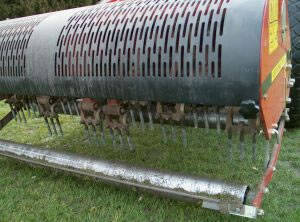 Preparazione del terreno
|
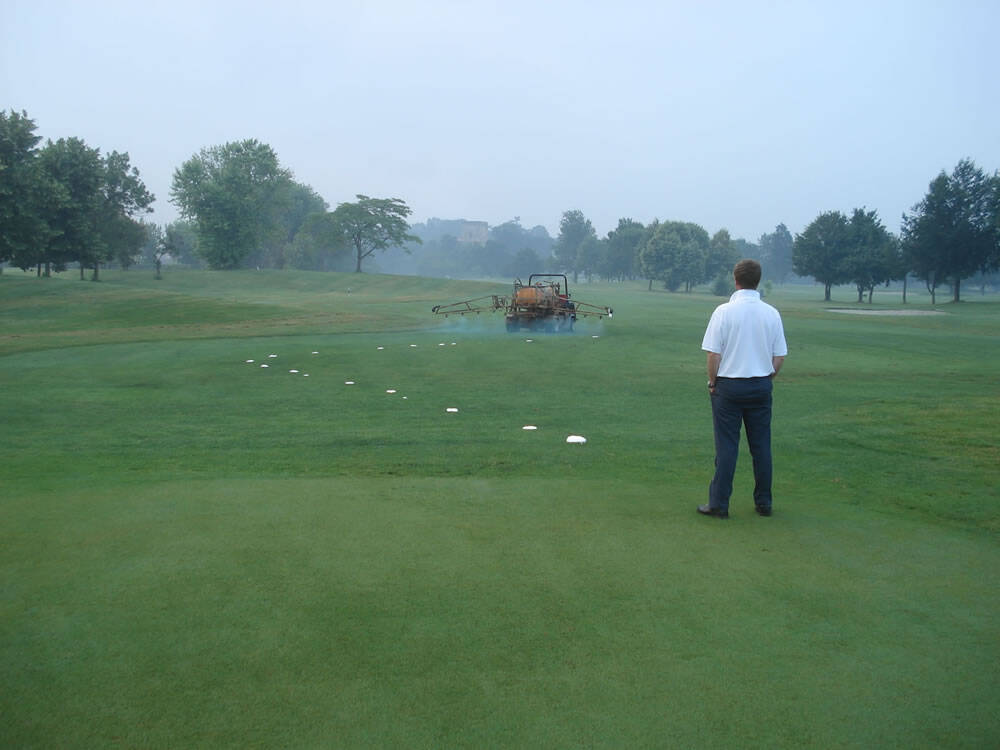 Diserbo del vecchio tappeto erboso
|
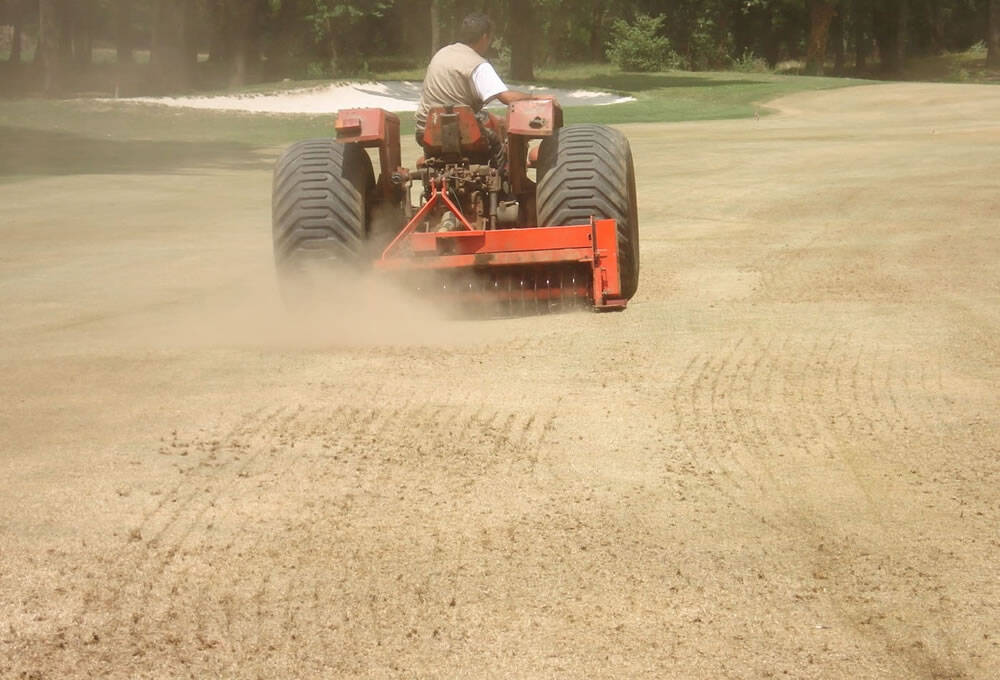 Eliminazione del vecchio cotico erboso
|
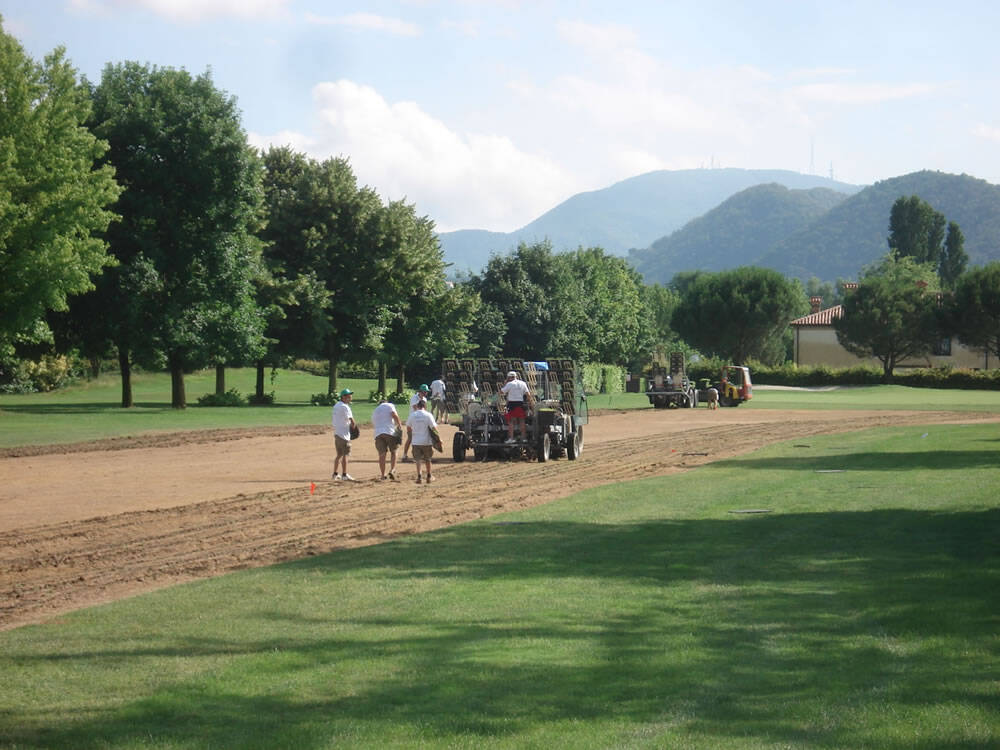 Inizio dei lavori di impianto della Bermudagrass
|
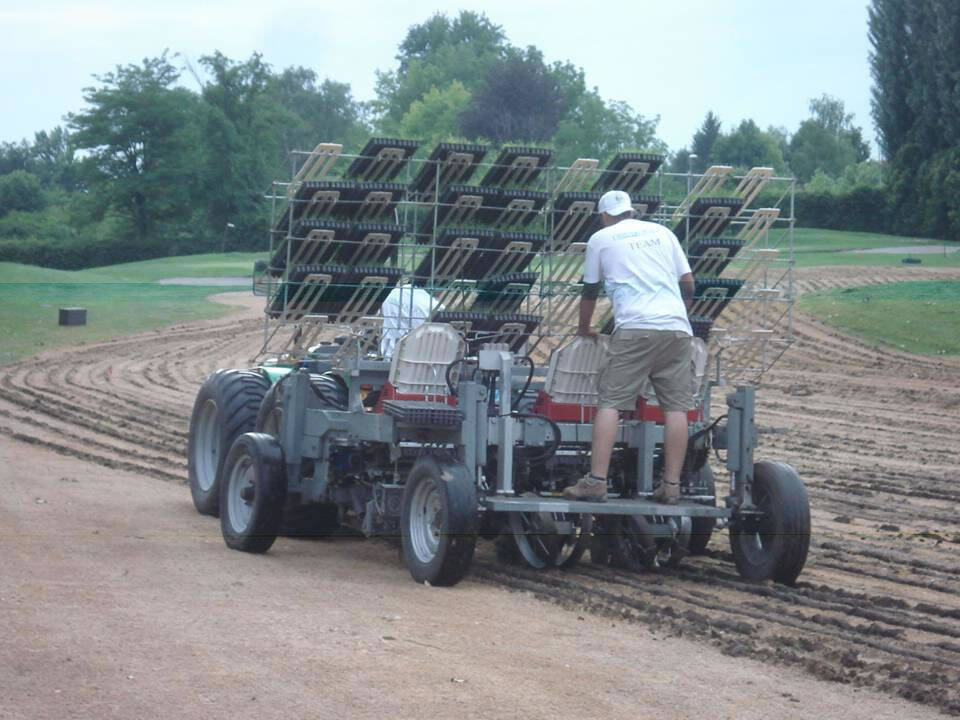 Macchina trapiantatrice al lavoro
|
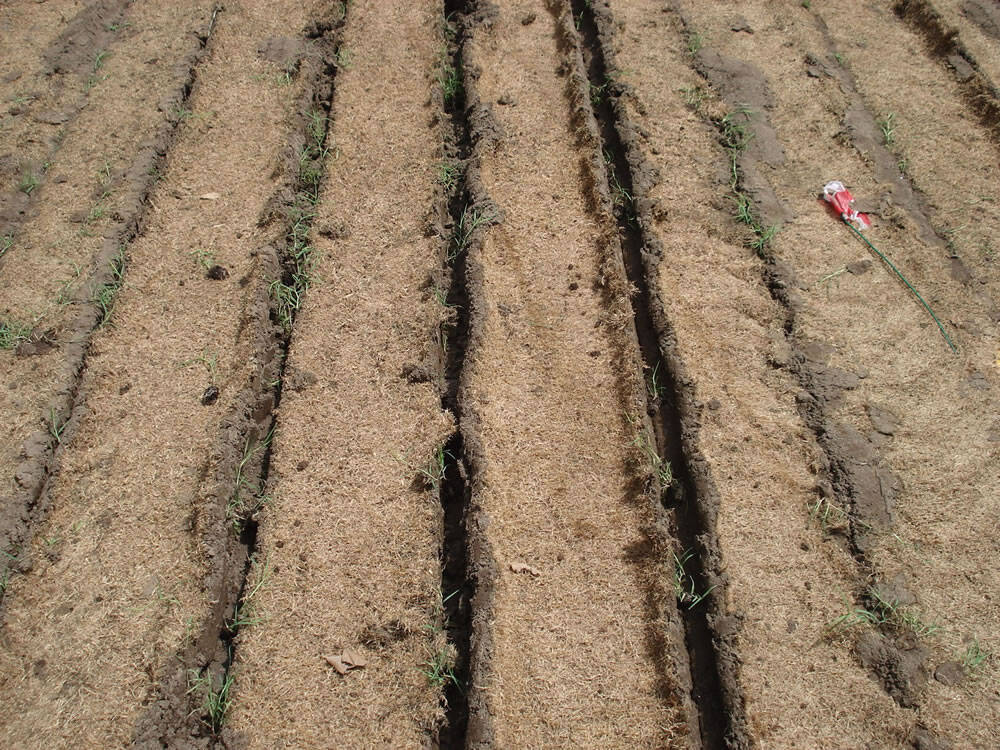 Piantine inserite nei solchi fatti dalla macchina
|
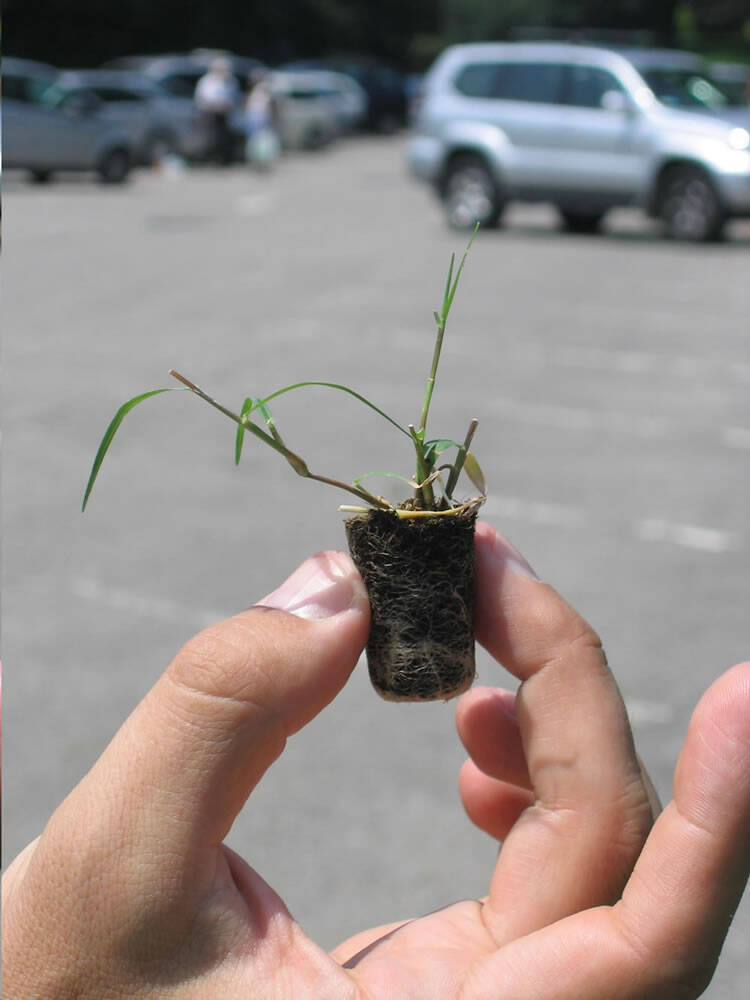 Singola piantina di Bermudagrass
|
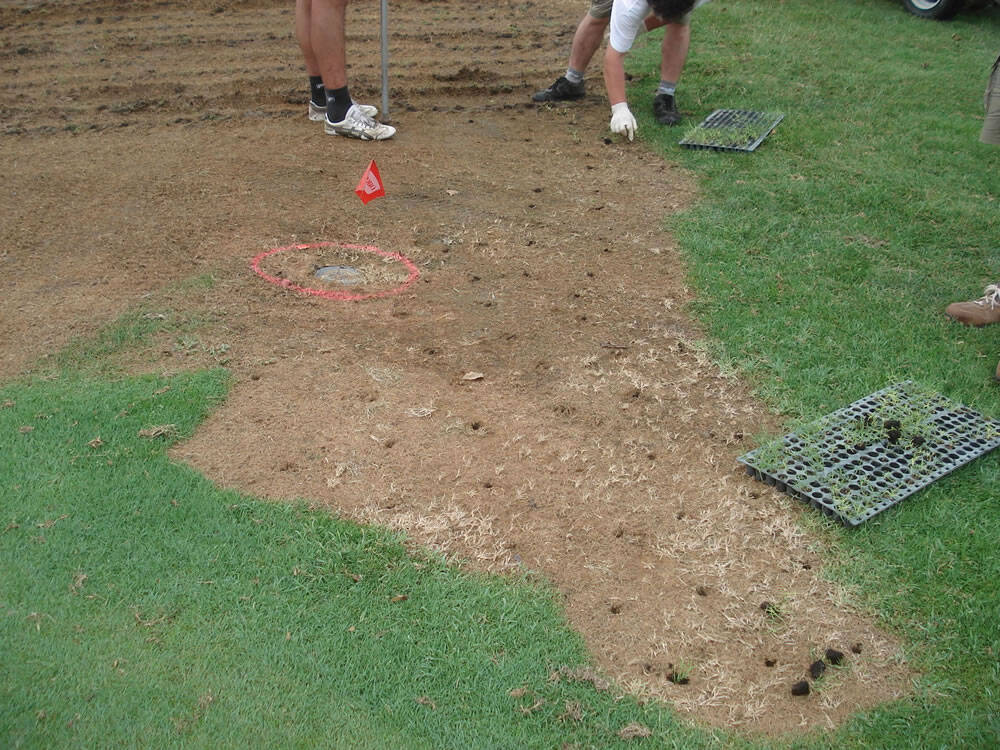 Impianto manuale nelle aree non meccanizzabili
|
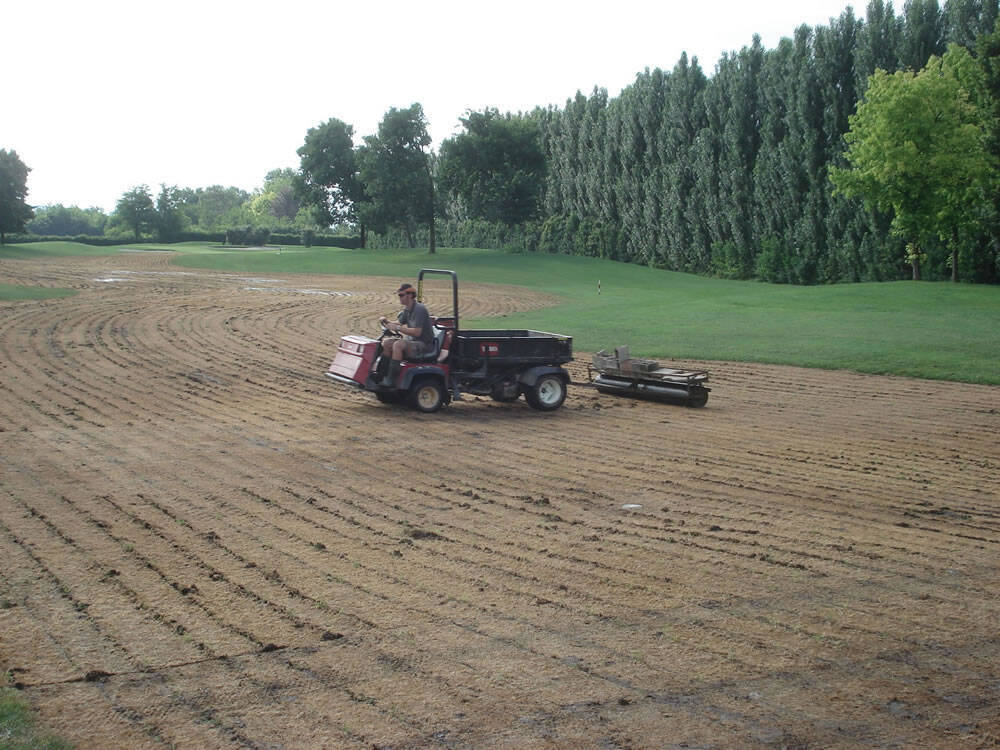 Rullatura a fine impianto |
Fasi di insedamento della Bermudagrass sul fairway della buca 4
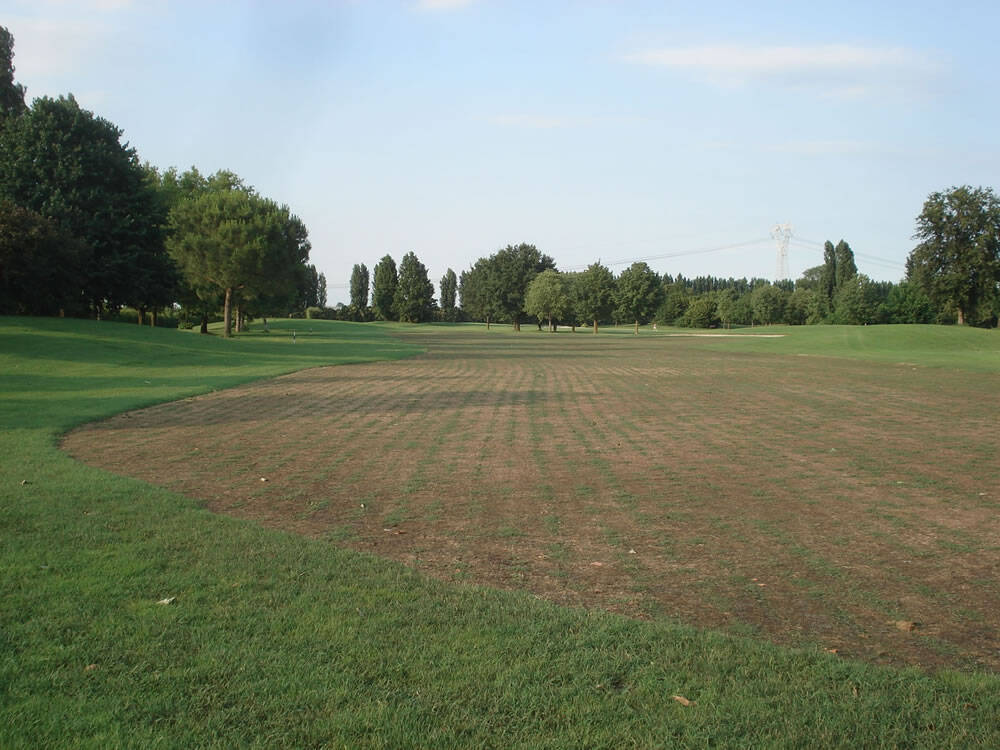 7 luglio 2010
|
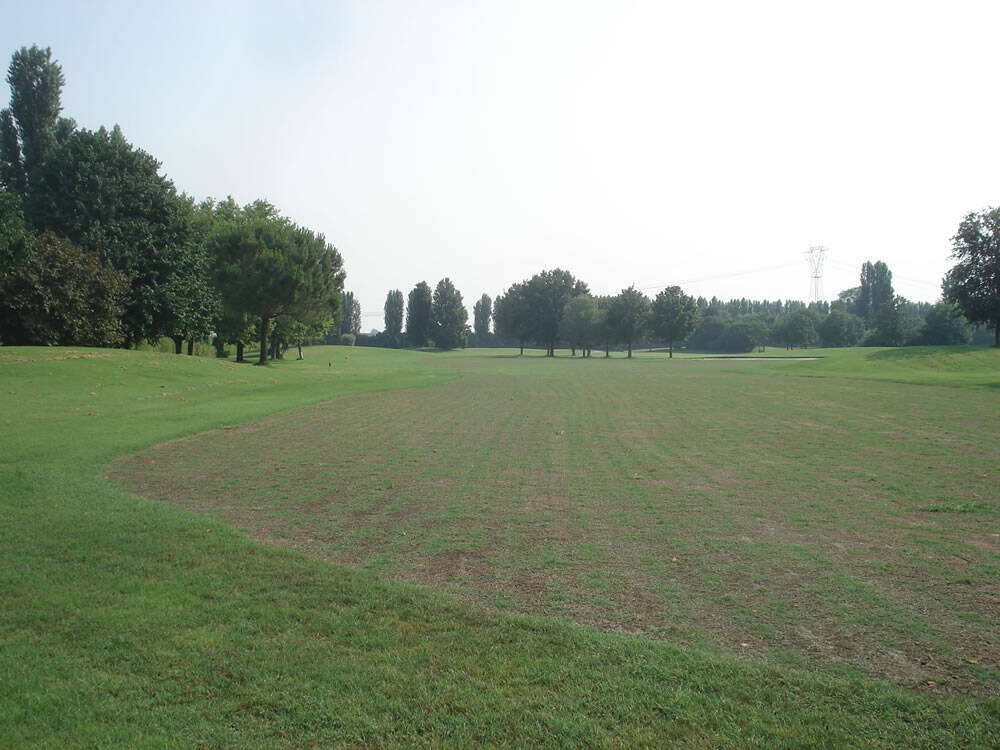 13 luglio 2010
|
 20 luglio 2010
|
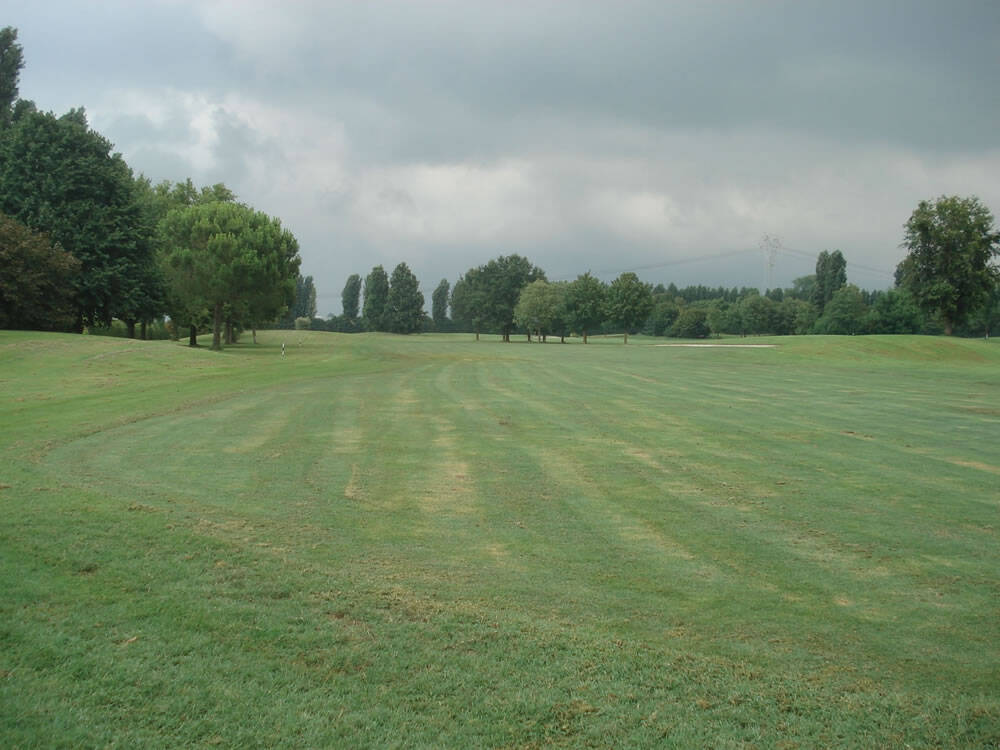 29 luglio 2010
|
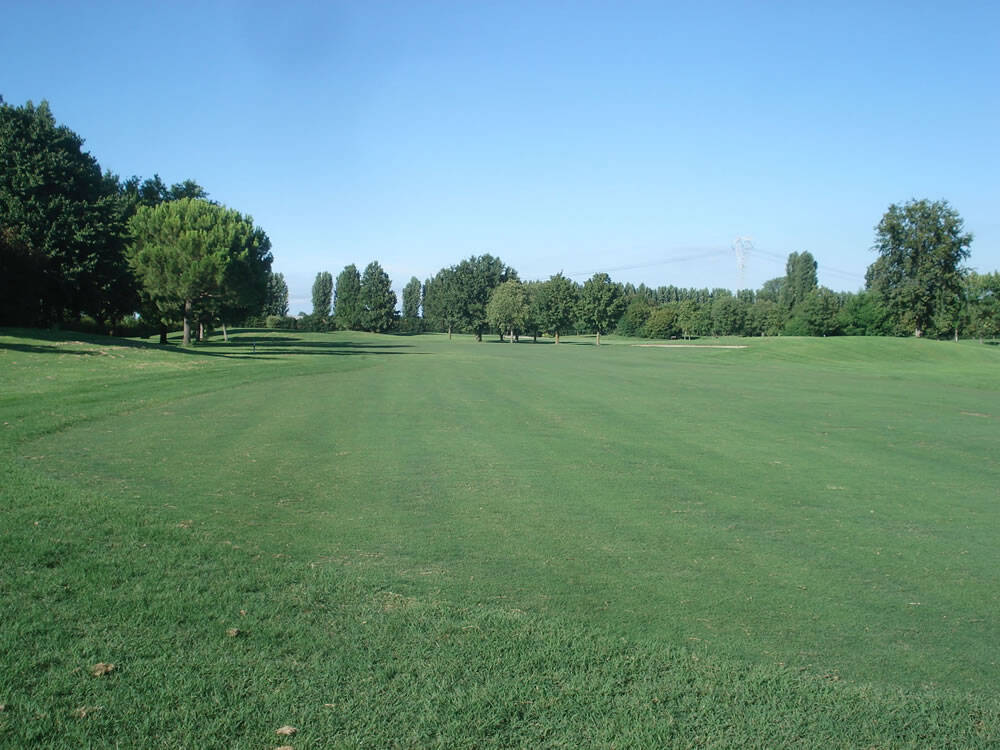 7 agosto 2010
|
Anno 2011 - Conversione PercorsoROSSO
- lunedì 6 giugno: inizio del lavori preparatori, con applicazione di un diserbante totale
- venerdì 10 giugno:temporanea riapertura al gioco del percorso
- martedì 14 giugno: chiusura del percorso, esecuzione degli altri lavori di preparazione ed inizio dei lavori di impianto delle piantine di Bermudagrass
- giovedì 23 giugno: fine lavori di impianto della Bermudagrass
Fasi di insediamento della Bermudagrass sul fairway della buca 13
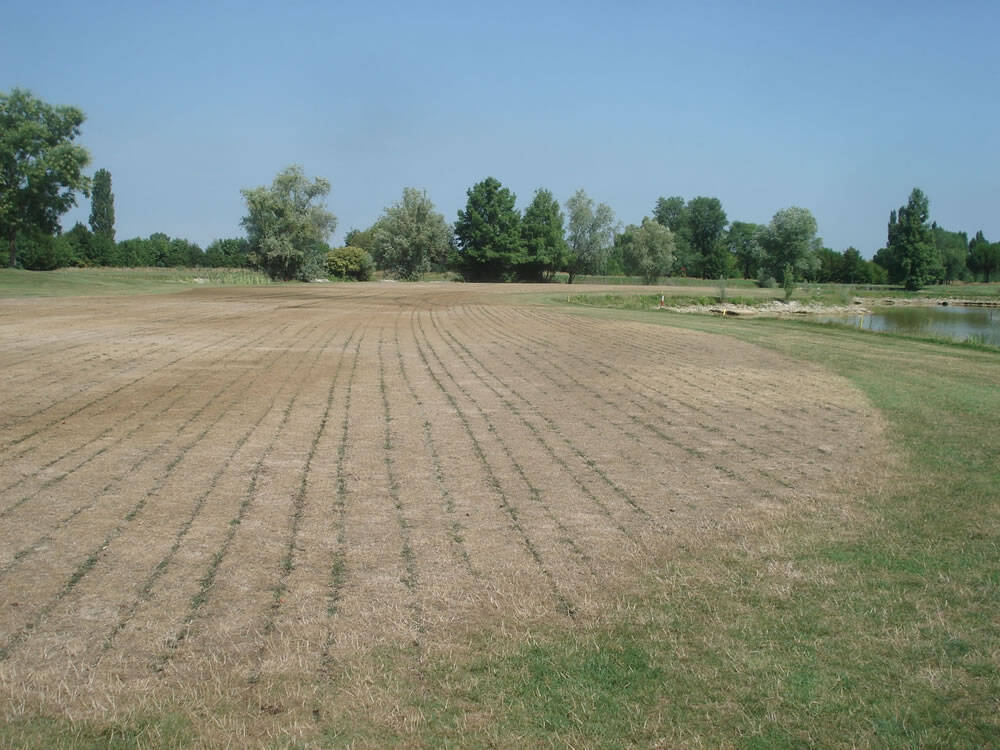 28 giugno 2011
|
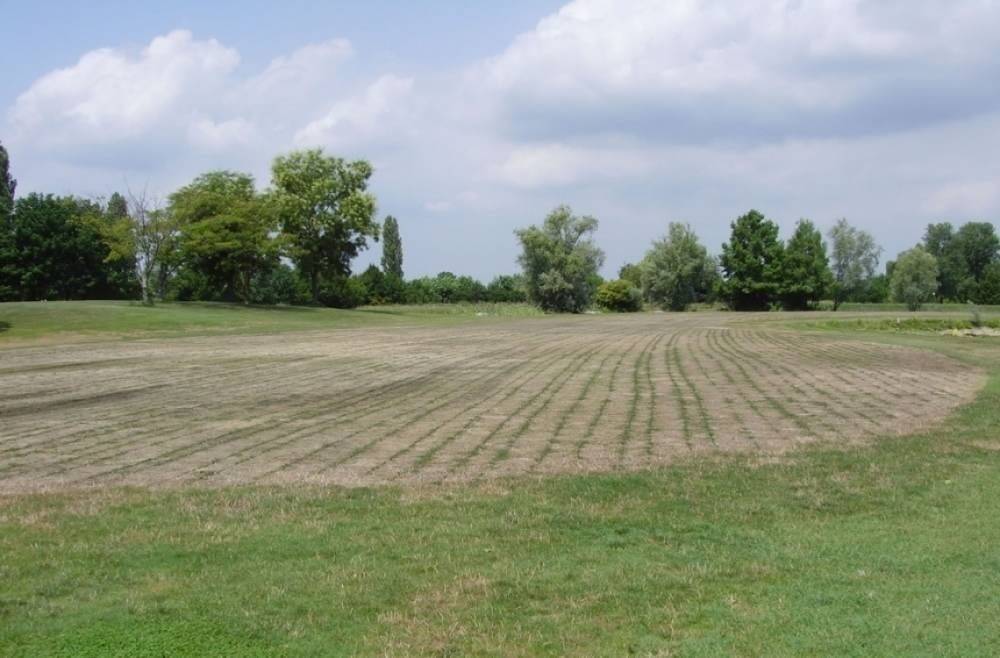 8 luglio 2011
|
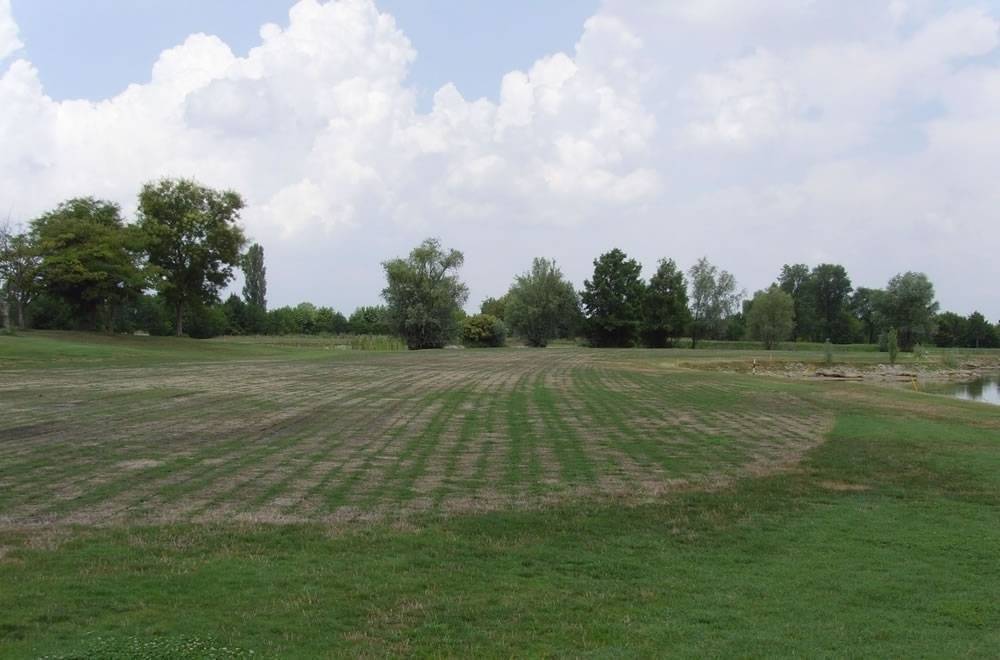 14 luglio 2011
|
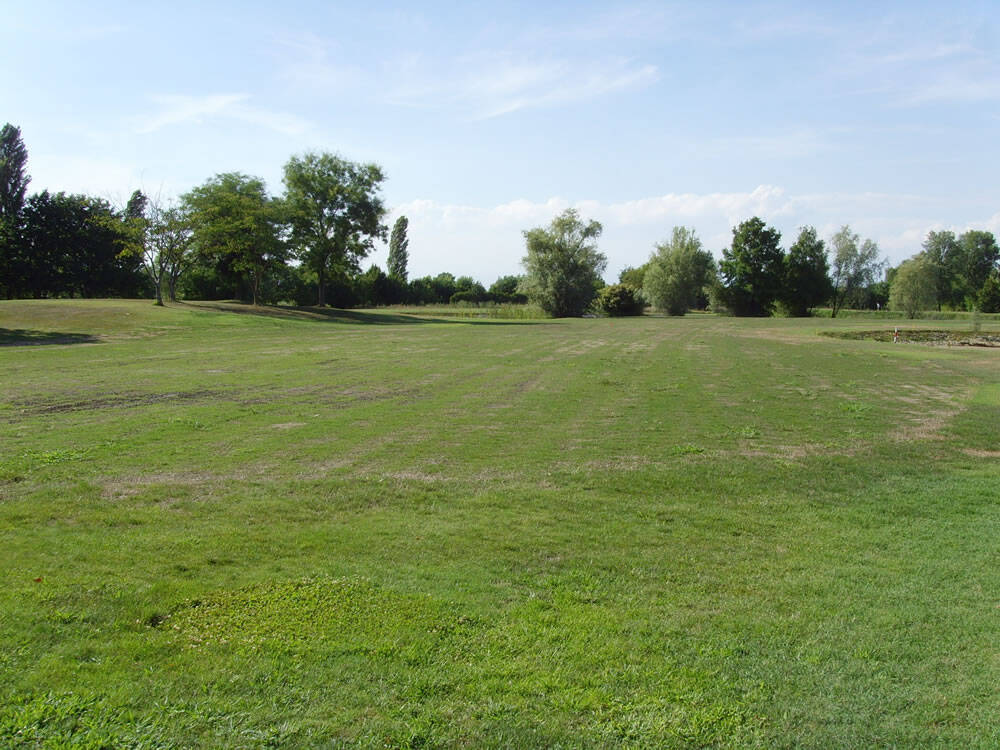 22 luglio 2011
|
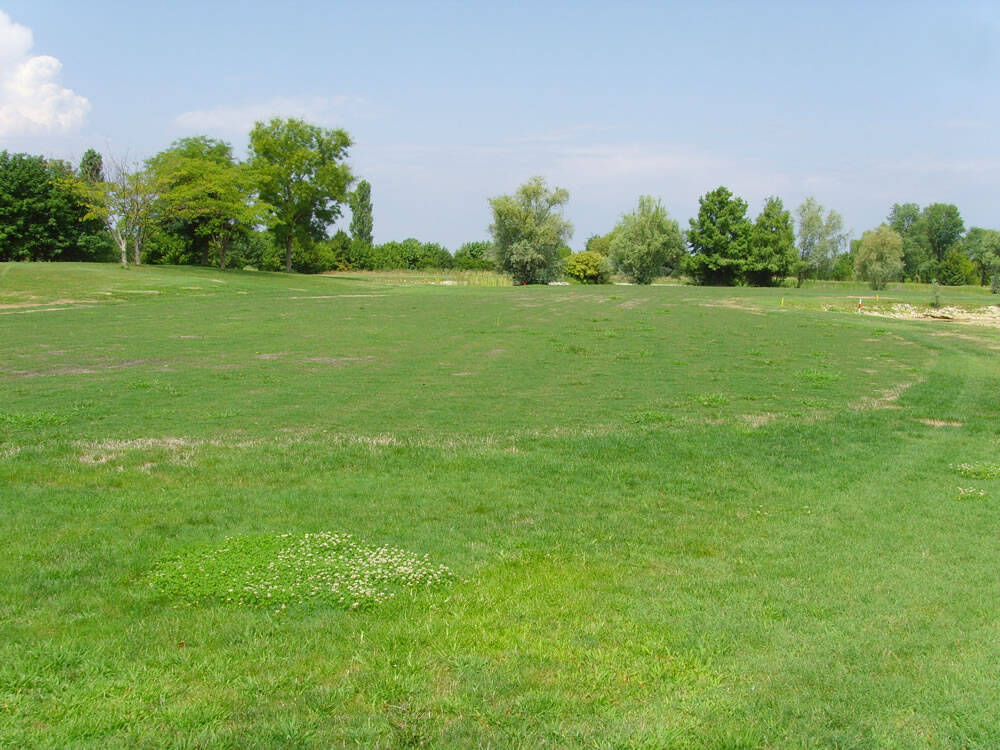 29 luglio 2011
|
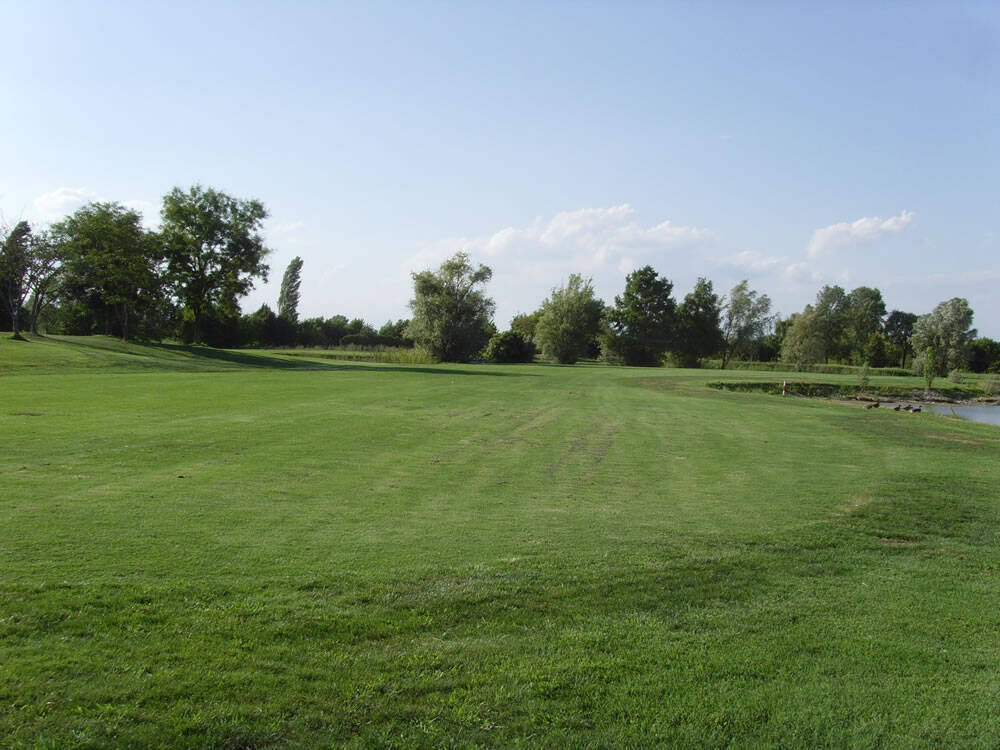 8 agosto 2011
|
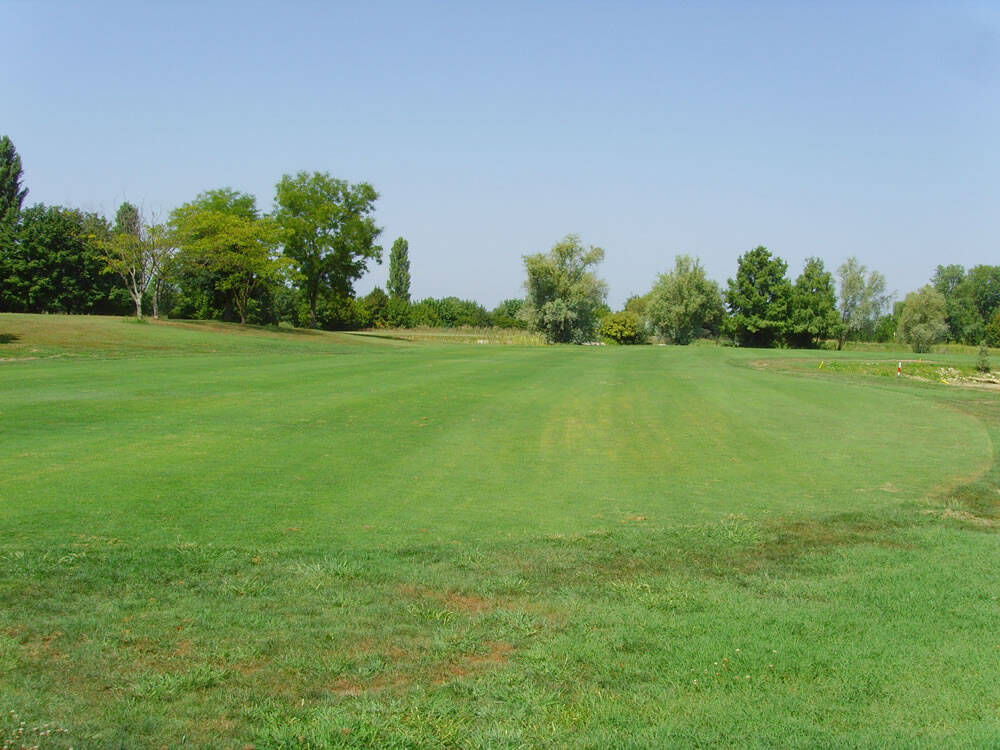 23 agosto 2011
|
|
|
Fasi di insediamento della Bermudagrass sul tee della buca 10
 28 giugno 2011
|
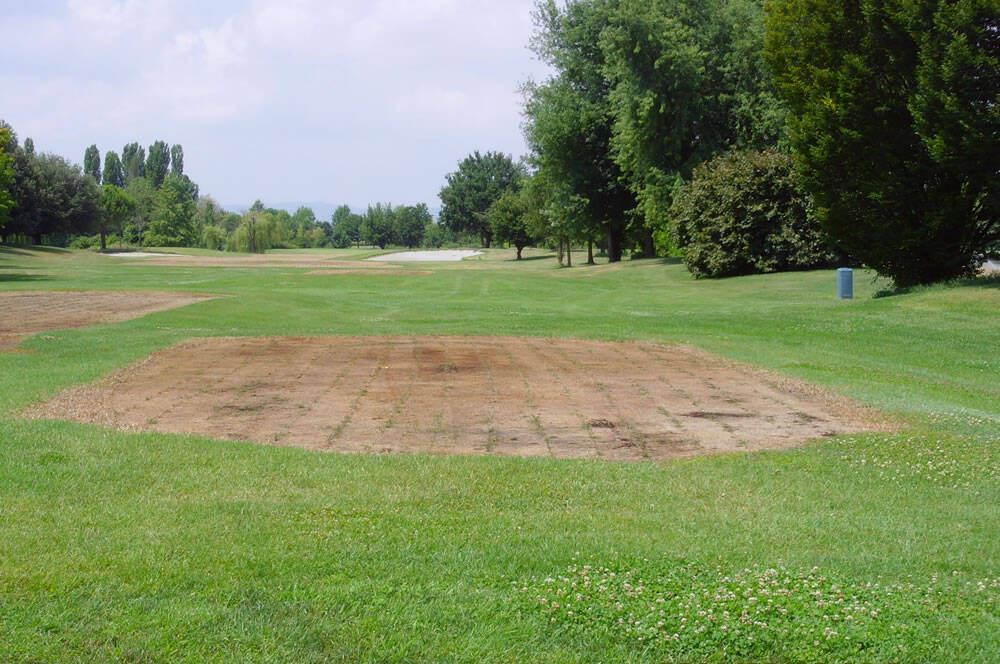 8 luglio 2011
|
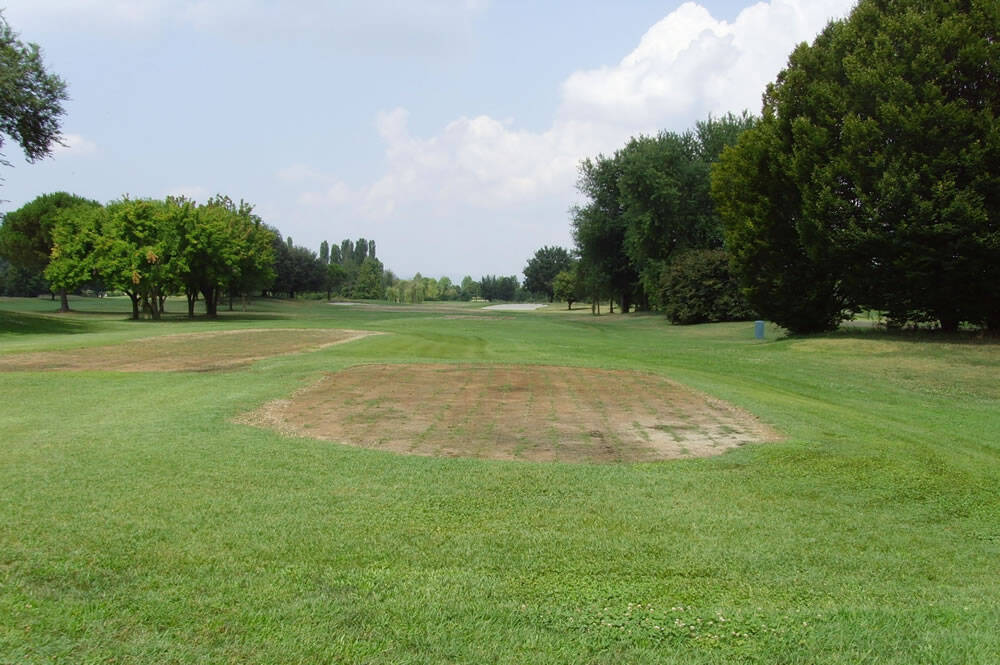 14 luglio 2011
|
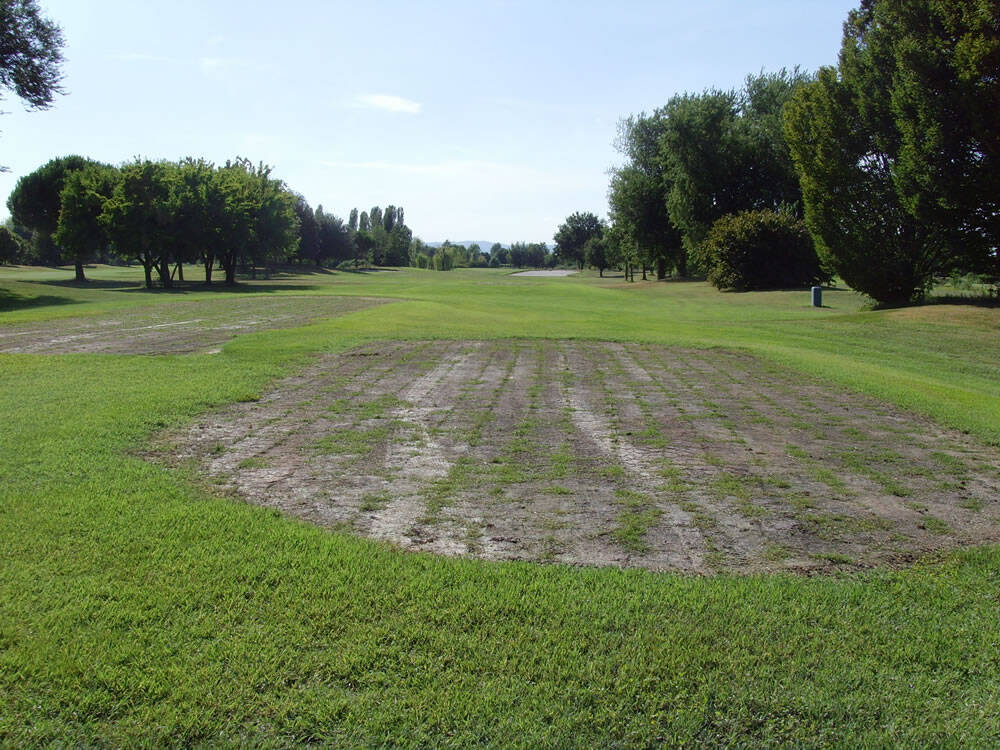 22 luglio 2011
|
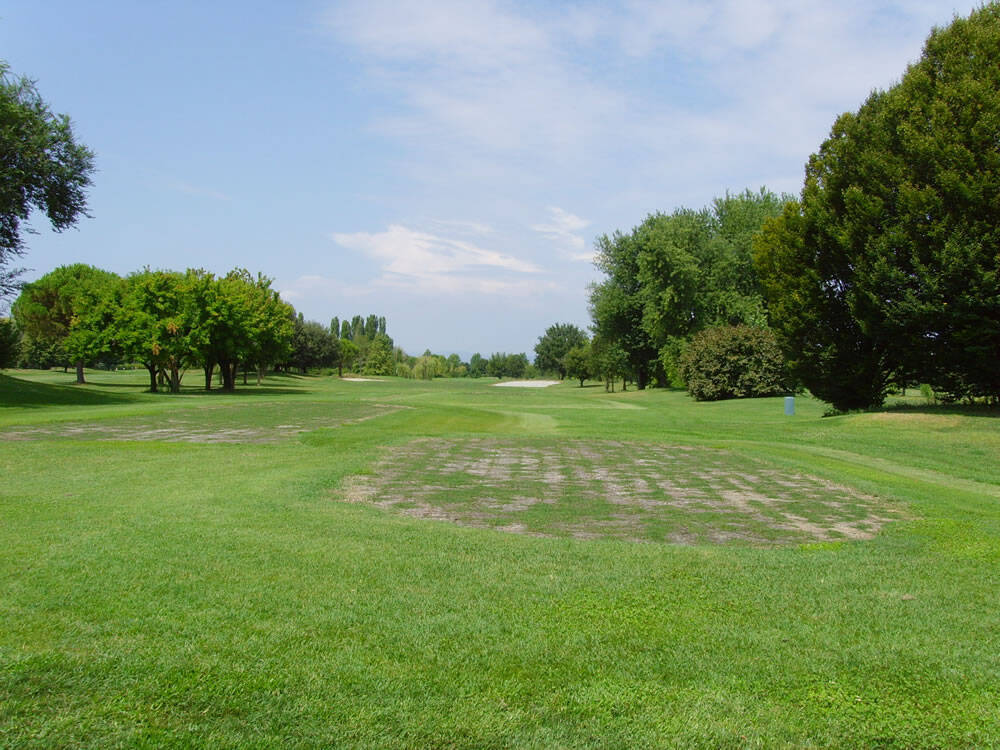 29 luglio 2011
|
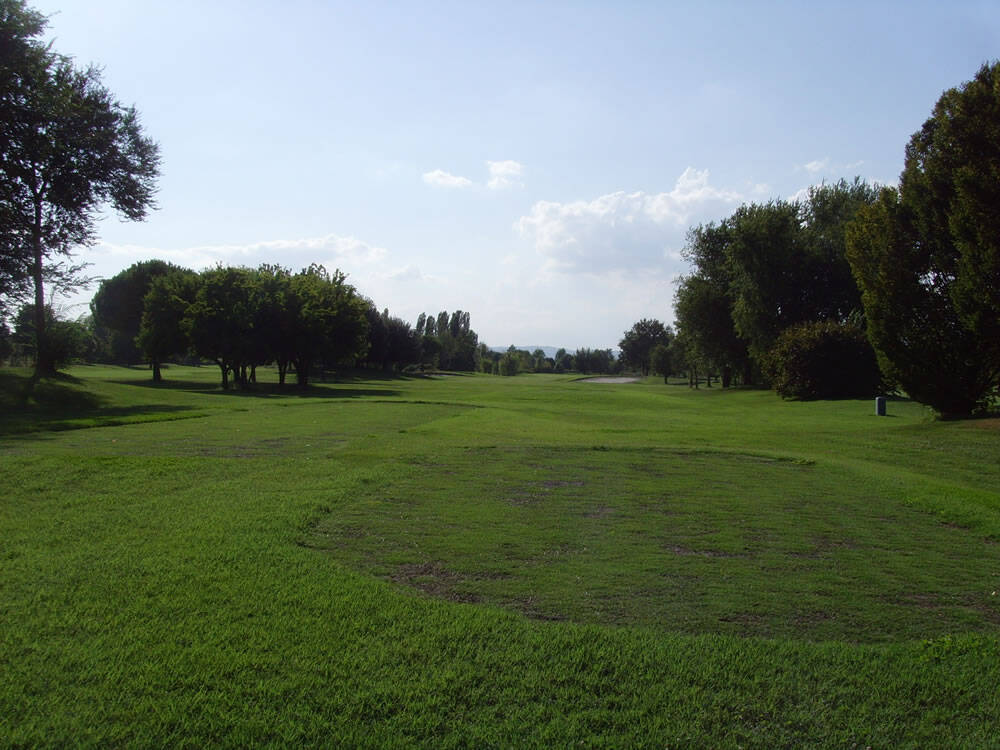 8 agosto 2011
|
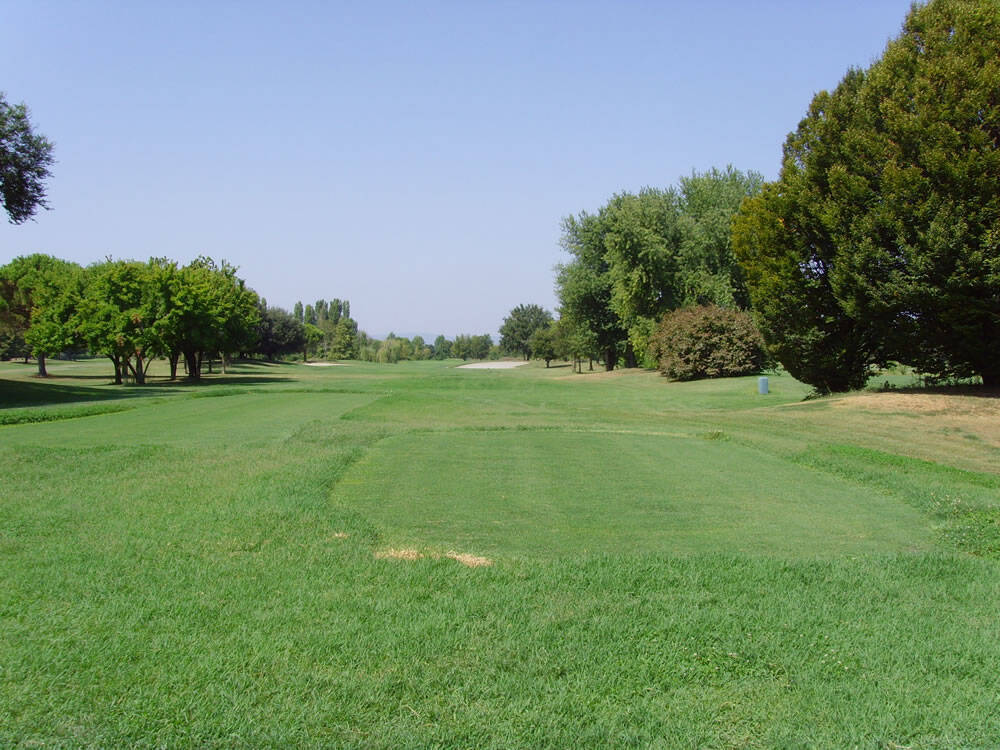 23 agosto 2011
|
|
|
|
Anno 2012 - Conversione Percorso GIALLO
- lunedì 11 giugno: inizio del lavori preparatori, con applicazione di un diserbante totale
- venerdì 14 giugno:temporanea riapertura al gioco del percorso
- lunedì 18 giugno: chiusura del percorso, esecuzione degli altri lavori di preparazione ed inizio dei lavori di impianto delle piantine di Bermudagrass
- martedì 26 giugno: fine lavori di impianto della Bermudagrass
Fasi di insediamento della Bermudagrass sul fairway della buca 2
 22 giugno 2012
|
 3 luglio 2012
|
 11 luglio 2012
|
 16 luglio 2012
|
 24 luglio 2012
|
 31 luglio 2012
|
 4 agosto 2012
|
|
|
Fasi di insediamento della Bermudagrass sul tee della buca 4
 19 giugno 2012
|
 3 luglio 2012
|
 11 luglio 2012
|
 16 luglio 2012
|
 24 luglio 2012
|
 31 luglio 2012
|
 24 agosto 2012
|
|
|
|
Fasi di insediamento della Bermudagrass sul fairway della buca 9
 22 giugno 2012
|
 3 luglio 2012
|
 11 luglio 2012
|
 16 luglio 2012
|
 24 luglio 2012
|
 31 luglio 2012
|
 4 agosto 2012
|
|
|
|
I risultati ottenuti sono stati estremamente positivi. A fronte di un tappeto erboso di grande qualità, molto denso ed uniforme, si sono evidenziati subito dei grandi vantaggi anche per l’ambiente e per la gestione. A titolo di esempio nel 2013, primo anno con tutto il percorso in bermuda, i consumi di acqua si sono ridotti di circa il 70%, l’uso di fertilizzanti di circa l’80% ed è stato possibile eliminare i fitofarmaci.
Questi sorprendenti risultati hanno attirato l’attenzione della S.T.M.A. (Sport Turf Manager Association), la maggiore associazione americana che riunisce i manager degli impianti sportivi, che ha invitato il Dott. Alessandro De Luca al loro Meeting annuale per presentare i lavori ed i risultati ottenuti con la bermuda al Golf della Montecchia. Per scaricare la presentazione ![]() cliccare qui3.56 MB
cliccare qui3.56 MB
Warm Season Turfgrass Adaptation in Europe North of the 45º Parallel
Alessandro De Luca, Italian Golf Federation
Marco Volterrani, University of Pisa, Italy
Monica Gaetani, University of Pisa, Italy
Nicola Grossi, University of Pisa, Italy
Paolo Croce, Golf Environment Europe
Massimo Mocioni, Italian Golf Federation
Filippo Lulli, University of Pisa, Italy
ABSTRACT
Italy’s climate fits almost entirely within the transition zone, in which warm season turfgrass species suffer from winter dormancy and loss of green color. Research carried out in Italy around the N 43º parallel have shown the good adaptability of Cynodon spp., Paspalum vaginatum and certain species of Zoysia. The goal of this research was to study some warm season turfgrass species and cultivars grown in Northern Italy, in order to evaluate their potential for use in golf courses of that region. The trial was carried out in 2004-2007 at the Montecchia Golf Club in Padua (45°42’N, 11°86’E). The following species and cultivars were evaluated: Cynodon dactylon (L.) cv Princess 77, Cynodon dactylon x transvaalensis cv Tifway 419, Eremochloa ophiuroides cv Tifblair, Paspalum vaginatum cv Salam, Pennisetum clandestinum cv AZ1, Zoysia japonica cv El Toro, Zoysia japonica cv Zenith, Zoysia matrella cv Zeon. Princess, Tifblair, AZ1 and Zenith cultivars were seeded, while the rest of the cultivars were established by vegetative propagation methods. Species were established on June 28 2004, following a randomized block layout with 4 replications of 6 m2 plots. During the trial the following evaluations were carried out: percent ground cover during establishment, spring green-up, fall color retention, turfgrass quality, leaf blade width, shoot density, total rhizome-stolon length per unit area. The fastest-establishing species were the bermudagrasses and in particular Tifway 419. Best quality, highest shoot density and highest rhizome-stolon length per unit area were shown by Zoysia matrella cv Zeon. In conclusion, the species that showed best adaptation to trial environment were the Zoysias and the bermudagrasses, with vegetatively propagated cultivars having an edge over seeded cultivars in terms of overall results. Eremochloa ophiuroides showed good turfgrass quality.
Keywords: spring green-up, fall color retention, quality, Zoysia, Cynodon.
INTRODUCTION
In the Italian climate, with its hot and dry summers, turfgrass establishment is increasingly carried out with warm season species as opposed to the more widespread cool season species. Warm season turfgrass species can give numerous advantages over cool season species, such as lower water needs, the possibility of irrigating with salty waters and wastewater (Harivandi, 1991; Carrow and Duncan, 1988) and lower susceptibility to fungal diseases (Gullino et al., 2000). So far the widespread use of warm season turfgrass species in Italy has been limited by the scarce information available on their adaptability to the various climate conditions, and to lower winter temperatures in particular. The Italian latitudes are characterized by a transition climate in which warm season turfgrass species suffer from winter dormancy with loss of green color. A previous research carried out at the N 43º parallel (Volterrani et al., 1997) showed good adaptation by Cynodon spp., Paspalum vaginatum and by some Zoysias. In Italy most golf courses are located in the northern part of the country, with only few courses being present in the central and southern parts of the country, where some soccer fields and golf course fairways have already been constructed with the use of warm season turfgrass species.
The goal of this trial was to evaluate the adaptability of some warm season turfgrass species and cultivars to the latitudes of northern Italy.
METHODS
The trial was carried out during 2004-2007 at the Montecchia Golf Club in Padua (45°42’N, 11°86’E). The native soil was composed of 25% sand, 47% silt and 28% clay. The water infiltration rate was 45 mm h-1 and the organic matter content was 0.,89% .
The following turfgrass species and cultivars were evaluated:
Species Cultivar Establishment
Cynodon dactylon (L.) Pers. Princess 77 (Cd) seed
Cynodon dactylon x transvaalensis Burtt. Davy Tifway 419 (Cdxt) sprig
Eremochloa ophiuroides (Munro) Hack Tifblair (Eo) seed
Paspalum vaginatum Swartz Salam (Pv) sprig
Pennisetum clandestinum Hochst ex Chiov. AZ1 (Pc) seed
Zoysia japonica Steud. El Toro (ZjE) sprig
Zoysia japonica Steud. Zenith (ZjZ) seed
Zoysia matrella (L.) Merr. Zeon (Zm) sprig
Seeding rates were: 5 g m-2 for Eo and Pc, 10 g m-2 for Cd and ZjZ. For vegetatively propagated species, sprigging rate was approximately 2 l m-2 of stolons. Species were sowed or sprigged on June 28 2004, following a randomized block trial design with 4 replications in 6 m2 (2 x 3 m) plots. A 50 cm bare soil corridor was maintained between plots by regular weed control, so as to avoid any contamination between species.
Irrigation: Three daily water distributions were made during establishment for two weeks, after which irrigation frequency was gradually reduced to two distributions per week during June-August.
Mowing: first mowing was carried out on August 7 2004 with a rotary mower at 6 cm cutting height. During following mowing the cutting height was gradually reduced to 4 cm. From the first year after establishment mowing was carried out with a rotary mower at 25 mm cutting height.
Fertilization: during 2004 a total of 130 kg ha-1 of N and 65 kg ha-1 of both P2O5 and K2O were distributed in three dates: at establishment time, in August and in September. During 2005-2007 monthly fertilizations were carried out in the May-September period for a yearly total of 180 kg ha-1 of N, 28 kg ha-1 of P2O5 and 140 kg ha-1 of K2O.
No turf cultivation, or verticutting was practiced on the experimental area, in order to avoid contamination between plots.
In order to better evaluate competition with weeds, no chemical weed control was applied during trial period.
The following evaluations were carried out during the trial:
- Ground cover during establishment: weekly visual evaluations on percent turfgrass cover until full establishment.
- Spring green-up: weekly visual evaluations on percent green cover during spring green-up.
- Fall color retention: weekly visual evaluations on percent green cover during fall turfgrass transition to dormancy.
- Turfgrass quality: visual evaluations at 15 to 30 day intervals on turfgrass quality during the growing season (1 = poorest quality, 9 = highest quality).
In 2005 fall (October 16), the following parameters were measured on three 52 cm2 core samples per plot:
- Leaf blade width: the leaf blade width was measured on 20 sample fully expanded leaf blades taken from each core sample.
- Shoot density: the number of live shoots was counted on each core sample.
- Total rhizome-stolon length per unit area: the total length of rhizomes and stolons found in each core sample was measured and is expressed per area unit.
All data were subject to ANOVA and LSD for P≤ 0.05 was used to detect differences between means.
RESULTS
Establishment and adaptation
During establishment year (2004), the lowest minimum temperature was recorded in December (-3.6°C). During this month, soil temperatures never dropped below 2°C. The air and soil minimum temperatures for the coldest months of 2005-2007 are shown in Table 1.
The fastest-establishing species were the bermudagrasses, and in particular Tifway 419 that reached 100% ground cover after 50 days from sprigging. On September 20 Pc, Pv and both bermudagrass cultivars plots showed total ground cover. On the same date Eo cover was also quite high (88%), while the Zoysias appeared slower with covers ranging between 28% (cv El Toro) and 65% (cv Zeon). These three cultivars only achieved complete ground cover during the following year. However, Zoysias showed a considerably superior color retention during Fall 2004 (95%, data not shown) compared to other species exhibiting much lower values (20%). Despite reaching full ground cover at the end of the 2004 vegetative season, Paspalum vaginatum and Pennisetum clandestinum emerged significantly damaged at following Spring 2005 green-up, with the few surviving plants giving only partial green cover. Winter 2005-2006 saw the death of both species.
Throughout the entire trial period no fungal diseases occurred on any of the trial species and cultivars.
Table 1. Air and soil (10 cm depth) minimum temperatures (°C) for the coldest months of 2005-2007 .
|
Months |
Air temperatures |
Soil temperatures |
||||
|
|
2005 |
2006 |
2007 |
2005 |
2006 |
2007 |
|
January |
- 5.2 |
- 8.0 |
- 2.7 |
0.8 |
- 0.1 |
3.6 |
|
February |
- 5.0 |
- 3.8 |
- 2.6 |
0.8 |
0.6 |
4.1 |
|
March |
- 7.5 |
- 1.4 |
0.8 |
0.8 |
3.9 |
8.1 |
|
April |
0.9 |
1.9 |
7.4 |
9.0 |
9.2 |
11.9 |
|
October |
6.3 |
5.1 |
4.4 |
11.2 |
12.2 |
11.1 |
|
November |
- 1.8 |
- 0.5 |
0.8 |
3.5 |
7.4 |
4.4 |
|
December |
- 1.0 |
- 3.1 |
- |
3.2 |
2.0 |
- |
Cynodon spp.
As far as spring green-up is concerned (Table 2), Cdxt showed a far higher green cover percentage compared to seeded cultivars, while little difference was detected between cultivars in fall color retention. Both trial cultivars showed a finer leaf texture (0.9 mm) and an average shoot density (Table 3). More differences between cultivars showed in the total rhizome-stolon length per unit area and turfgrass quality, for which Princess falls regularly below sufficient levels.
Table 2. Comparative spring green-up, fall color retention among species and cultivar during the trial period.
|
Species |
Cultivar |
Percent Green Color |
|||||
|
|
|
Spring Green-Up* |
Fall Color Retention** |
||||
|
|
|
2005 |
2006 |
2007 |
2005 |
2006 |
2007 |
|
Cd |
Princess 77 |
5 |
14 |
30 |
55 |
22 |
50 |
|
Cdxt |
Tifway 419 |
66 |
56 |
46 |
57 |
32 |
50 |
|
Eo |
Tifblair |
33 |
64 |
78 |
60 |
45 |
65 |
|
Zjt |
El Toro |
63 |
53 |
73 |
91 |
55 |
93 |
|
Zjz |
Zenith |
65 |
66 |
74 |
37 |
60 |
95 |
|
Zm |
Zeon |
73 |
45 |
65 |
90 |
62 |
99 |
|
LSD 5% |
|
8 |
10 |
13 |
5 |
11 |
8 |
* Last decade of April
** First decade of November
Zoysia spp.
At Spring 2006 green-up (Table 2), vegetatively propagated Zoysias showed a lower green cover percentage, which can be ascribed to a more severe winter injury. In the last trial year all cultivars showed high fall color retention values. Concerning biometric characters and turfgrass quality of Z. japonica and Z. matrella (table 3), manilagrass showed a finer leaf texture (1 mm compared with 2.3 mm), a more than double shoot density (7.5 shoots cm-2) and a higher rhizome-stolon length per unit area (5.6 cm cm-2). Zm turfgrass quality was consistently above 8. Among the japanese zoysiagrasses, cv El Toro showed a higher rhizome-stolon length per unit area (3.7 cm cm-2) compared to cv Zenith (1.8 cm cm-2).
Table 3. Comparative turfgrass characteristics among species and cultivar during the trial period.
|
Species |
Cultivar |
Leaf Blade Width |
Shoot Density |
Rhizome-stolon Length per unit area |
Mean Visual Turfgrass Quality |
||
|
|
|
(mm) |
(n° cm–2) |
(cm cm-2) |
2005 |
2006 |
2007 |
|
Cd |
Princess 77 |
0.9 |
4.6 |
0.5 |
5.0 |
4.4 |
5.1 |
|
Cdxt |
Tifway 419 |
0.9 |
4.7 |
1.3 |
6.4 |
7.3 |
6.4 |
|
Eo |
Tifblair |
2.8 |
1.6 |
1.4 |
6.3 |
7.0 |
7.1 |
|
Zjt |
El Toro |
2.3 |
3.2 |
3.7 |
7.1 |
7.3 |
7.1 |
|
Zjz |
Zenith |
2.3 |
3.0 |
1.8 |
6.6 |
7.4 |
7.0 |
|
Zm |
Zeon |
1.0 |
7.5 |
5.6 |
8.9 |
8.5 |
8.8 |
|
LSD 5% |
|
0.2 |
1.3 |
1.2 |
0.8 |
0.6 |
0.8 |
Eremochloa ophiuroides
Except for the year following establishment, centipedegrass showed a prompt spring green-up and acceptable fall color retention. Leaf texture was above average (2.8 mm), shoot density was the lowest of the trial cultivars (1.6 shoots cm-2) and rhizome length per unit area was similar to Cdxt and ZjZ. Turfgrass quality was always acceptable.
DISCUSSION
The fastest-establishing cultivars were the bermudagrasses, and in particular Cdxt. During establishment year the species that were slower in entering dormancy were the Zoysias that only became brown approximately one month after first frost. The 2005 spring green-up saw the Zoysias gaining a one week advance over other cultivars, with seeded bermudagrass cv Princess being the slowest in greening up. This trend was confirmed in the following trial years. Highest turfgrass visual quality, shoot density and rhizome length per unit area were all recorded by Zoysia matrella cv Zeon.
The species that showed best adaptation to the trial environment were the Zoysias and the bermudagrasses, with the vegetatively propagated cultivars faring generally better than seeded ones, in accordance with the findings of Croce et. al. (2001) in other Italian sites. Winter injury suffered by vegetatively propagated Zoysias during the winter of 2006 is in accordance with the findings of Patton and Reicher (2007), although this trend was not confirmed in the following trial years. This inconsistent behavior can be explained by the peculiarity of the 2004-2007 winters, with air temperatures falling to - 8°C, but with soil temperatures not falling below 0°C and therefore not enough to highlight the differences between cultivars. Centipedegrass was particularly interesting, given its good turfgrass quality. Paspalum vaginatum and Pennisetum clandestinum demonstrated their non adaptability to the winter temperatures associated with the trial latitudes.
APPLICATION
This research has supplied vital information on the adaptability of warm season turfgrass species and cultivars to the latitudes of northern Italy, a region where most Italian golf courses are located.
Current climate changes can spur the use of some warm season turfgrass species at latitudes that have so far been considered suitable only to cool season species, with considerable environmental and economical advantages.
Trial results have shown the compatibility of Cynodon dactylon x transvaalensis cv Tifway 419, Eremochloa ophiuroides cv Tifblair, Zoysia japonica (cv El Toro e cv Zenith) and Zoysia matrella cv Zeon with the trial environment, which could lead to their future potential use in the fairways of golf clubs located around 45°N.
The Authors believe that the findings of this trial will be a useful tool for Golf Developers, Owners, Managers, Superintendents and Greenkeepers of golf clubs located around this latitude.
ACKNOWLEDGMENTS
The Authors would like to thank Mr. Paolo Casati, President of Golf Club Montecchia (Padua), for the hospitality and cooperation.
REFERENCES
Carrow, R.N. and Duncan, R.R., 1988. Salt-affected turfgrass sites. Assessment and management. Ann Arbor Press, Michigan 185 pp., ISBN 1575040913.
Croce, P., De Luca, A., Mocioni, M., Volterrani, M., Beard J.B., 2001. Warm-season turfgrass species and cultivar characterizations for a mediterranean climate. Int. Turfgrass Soc. Res. Journal, 9, 855-859.
Gullino, M.L., Mocioni, M., Zanin, G., Alma, A., 2000. La difesa dei tappeti erbosi. Ed. L’Informatore Agrario s.r.l. Verona 192pp, ISBN 8872201322.
Harivandi, M.A,. 1991. Effluent water for turfgrass irrigation. Univ. of California Coop. Ext. Leaflet 21500. Div. of Agric. Nat. Resources, Oakland, CA.
Patton, A.J. and Reicher, Z.J., 2007. Zoysiagrass species and genotypes differ in their winter injury and freeze tolerance. Crop Science, 47, 1617-1627.
Volterrani, M., Grossi, N., Pardini, G., Miele, S., Gaetani, M., Magni, S. 1997. Warm season turfgrass adaptation in Italy. Int. Turfgrass Soc. Res. Journal, 8, 1344-1354.





